
The Different Types Of Paint Explained
Do you know what paint types to use and when? Or which finish you should use in which room? If you said yes, high-five. But don’t worry if you’re not sure. We’re here to break down the different types of paint.
So, what do we mean by paint types? This is the base - one of its key ingredients. As for the finish, that’s how it appears (e.g. flat matt paint is non-reflective whereas soft sheen paint is shiny).
Before you buy anything, consider the different types of painting projects you’re planning. For example, ceilings shouldn’t reflect light whereas dark spaces should. Skirting boards need to be scuff proof. Any paintwork outside has to be weatherproof. All of this will help you narrow down what to use for each job.
Of course, you can always check the product’s recommendations. Especially as some terms you’ll see are used interchangeably (confusing, we know - but hopefully, we can fix that here).
So let's start by breaking down the finishes that we believe will cover you for any home project.
Flat or matt
When you choose flat matt paint, you get a flawless finish. As it doesn’t reflect light, it won’t highlight any imperfections. No need to replaster first with this one (unless you have to, of course!). And as it has the most pigment, you get a rich, deep colour.
What’s the difference between flat paint and matt paint? For some brands, flat is another word for matt. If it’s labelled as flat matt paint (like here at COAT), it means the colour is richer (fab for those deep shades).
Velvety and smooth, flat matt paint is perfect for low traffic areas like dining rooms or adult bedrooms. It’s not as easy to clean as other finishes, so avoid using it in kids bedrooms. And as it is more likely to succumb to wear and tear, do not use it on doors, woodwork and furniture.
Compared to glossier paints, you’ll need fewer coats. But as the least durable finish, you might have to do more touch-ups. However, with flat or matt paint, you won’t see brush or roller strokes.
You’re not going to bounce light around with this one (sorry dark hallways), but that’s fine for ceilings. After all, you don’t want to see any bumps or detract the eye away from your walls. Also, unless you’re super tall, you’re not going to be knocking it.
Eggshell
Eggshell is the one for woodwork and trim. One up from matt, this popular trim paint looks great and stands up to years of knocks and scuffs. It can handle those knocks like a heavyweight boxer. It was made for the tough life in doorways, on skirting and upcycling furniture so it’s stain resistant and easy to clean.
With its slight sheen, eggshell paint reflects some light, unlike matt. As a comparison, our flat matt has a 2% sheen compared to our interior eggshell’s 10%.
Soft Sheen or Silk
Decorating a kitchen or bathroom? Soft sheen paint is easy to clean - fantastic news if you have a house full of messy eaters! It’s also moisture resistant - so won’t get mouldy. With high durability, it can handle its fair share of wear and tear.
You can use these glossier paints in other rooms too like kids bedrooms - basically, anywhere you expect lots of people or mess!
The glossier the paint, the more light it reflects. So, brush or roller marks are more likely to show up as well as any imperfections on the wall. Therefore it may be harder to get that flawless finish with a soft sheen or silk paint. But to stand the best chance, be sure to use a foam roller head for this finish like the one provided in our Big Supplies Kit.
Oh, and one last thing, you might see some brands call it satin.
Exterior
A variation of the eggshell formula, exterior paint is ideal for all exterior brick, metal and wood surfaces. One up from matt, it’s water and weatherproof, with exterior pigments to resist cracking and fading. With the right surface prep it’ll look great and last for years.
So, when choosing different types of paint and paint finish, think about the lighting and who uses the room. It will help you narrow down what paint to pick. And no matter which COAT colour you love most, you can order it in flat matt, eggshell, soft sheen, and exterior. Perfect for all of your paint projects!
Now let's just touch on a few different types of paint that you might hear about in the DIY aisles. They're more likely to be needed for specialist projects so chances are you won't need them for standard home transformations.
It's in these types that you're most likely to hear mention of oil-based paints. Depending on the purpose, you might need these. But don't let anyone tell you that for standard interiors projects you need anything more than a water-based paint. Paint tech has come a long way to dispell the myths around water-based not being good enough. All of COAT's paints are the highest grade water-based formulas with low VOCs, low odour and only UK-sourced ingredients.
But just in case you're still in need of something else, here we go.
Latex Paint / Emulsion Paint
Latex paint (as it’s known in the US) is the same as emulsion paint (how it’s known in the UK). Latex/emulsion is water-based. Fantastic for cleaning up - all you need is soapy water.
Acrylic Paint
Depending on who you ask, acrylic paint is water-based or chemical-based. Why the confusion? It depends on how they make it. But most are water-based, and those are the ones you want to use. Always check the product details to see how the manufacturer describes it.
When compared to latex/emulsion, acrylic has more chemicals and resins, making it more durable. That’s good news for painting woodwork, doors or furniture.
As they tend to need thinning, I would stick with emulsion for interior walls. Also, to clean brushes, you’ll need paint thinner like white spirit rather than soapy water. Our advice - use sparingly around the home or pick an emulsion paint designed for the surface you’re painting (the finish will dictate this).
Alkyd Paint
Some brands will list their paint as oil-based. Others might call them alkyd paint. The reason? Alkyd oil is a popular base for oil paints. Alkyd is synthetic, but you can get oil-based paints that are organic (e.g. use linseed oil).
Oil-based paints aren’t as commonly used on interior walls as they used to be. The main reason is emulsion paint (or latex paint as it’s known across the pond) is far more environmentally friendly. Oil-based paints have a much higher number of VOCs (resulting in a strong odour) and can take far longer to dry.
Like acrylic paints, they’re great to use on furniture. However, don’t forget the clean-up. You’ll need to use a chemical like white spirit to clean your brushes. Always wear gloves and never chuck it down the drain!
Enamel Paint
Although you will find water-based versions, enamel paint is most commonly oil-based. With a glossy finish, it handles fluctuations in temperature plus prevents rust - great for touch-ups on appliances and radiators.
For indoor and outdoor use, you can apply enamel paint to wood, metal and ceramic. So, whether you have a chipped vase or a peeling bench, you can make it look good as new.
There are different types of enamel paint; you may be familiar with them if you’re into painting models or painting your nails. In fact, when it comes to life hacks, always keep a bottle of clear nail polish in your house. It can do so many weird and wonderful things.
Publish Date
Author
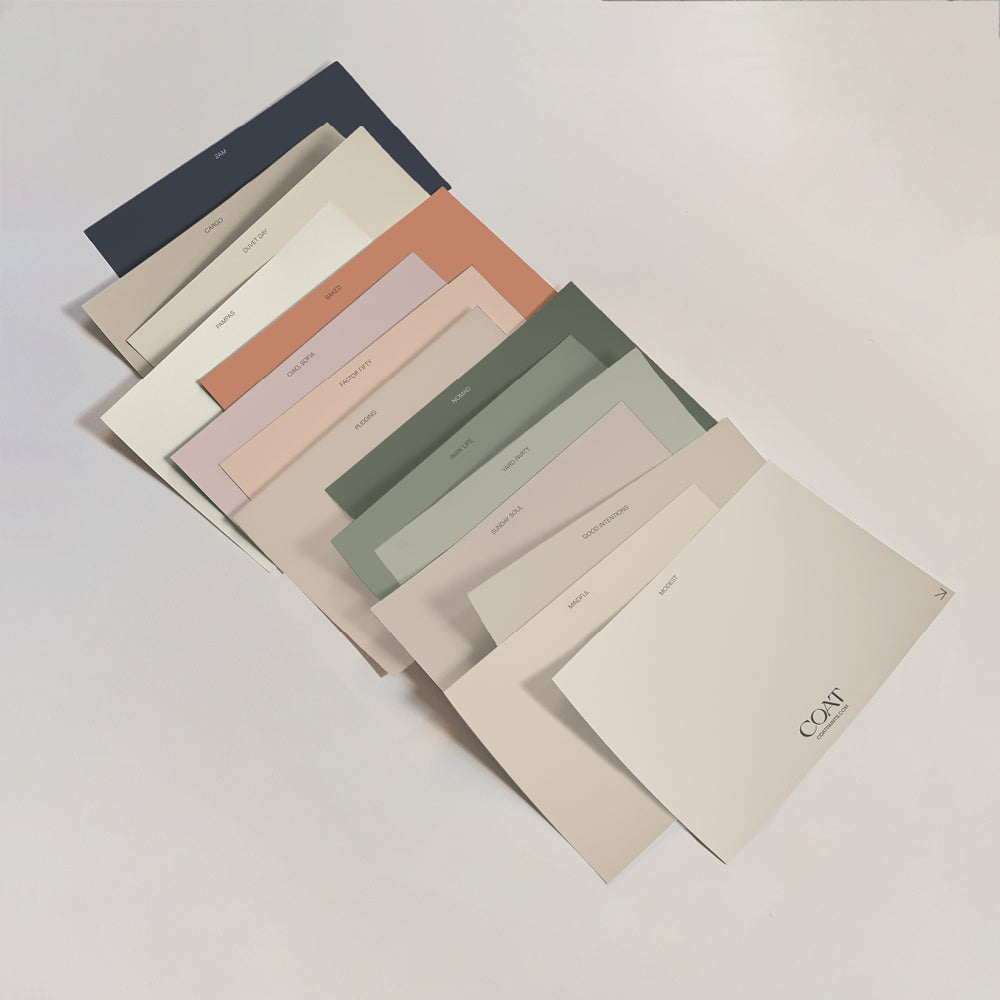
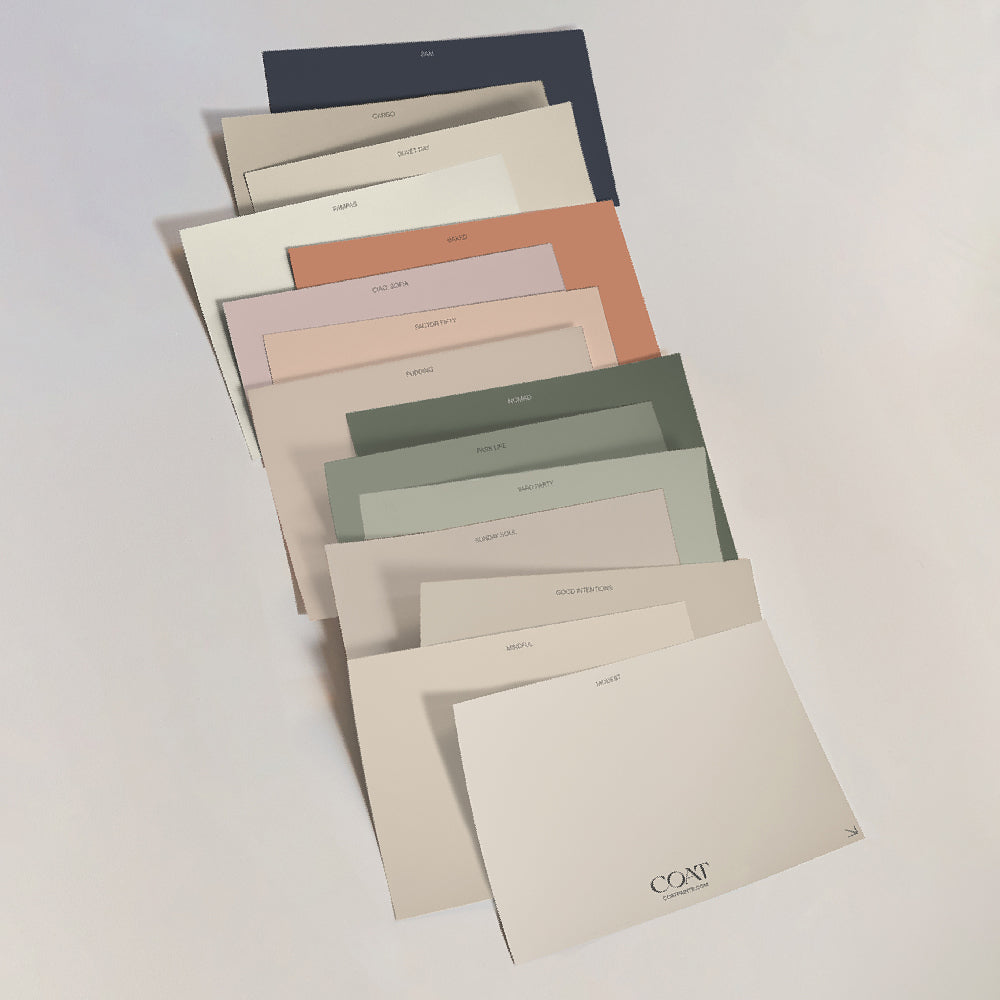
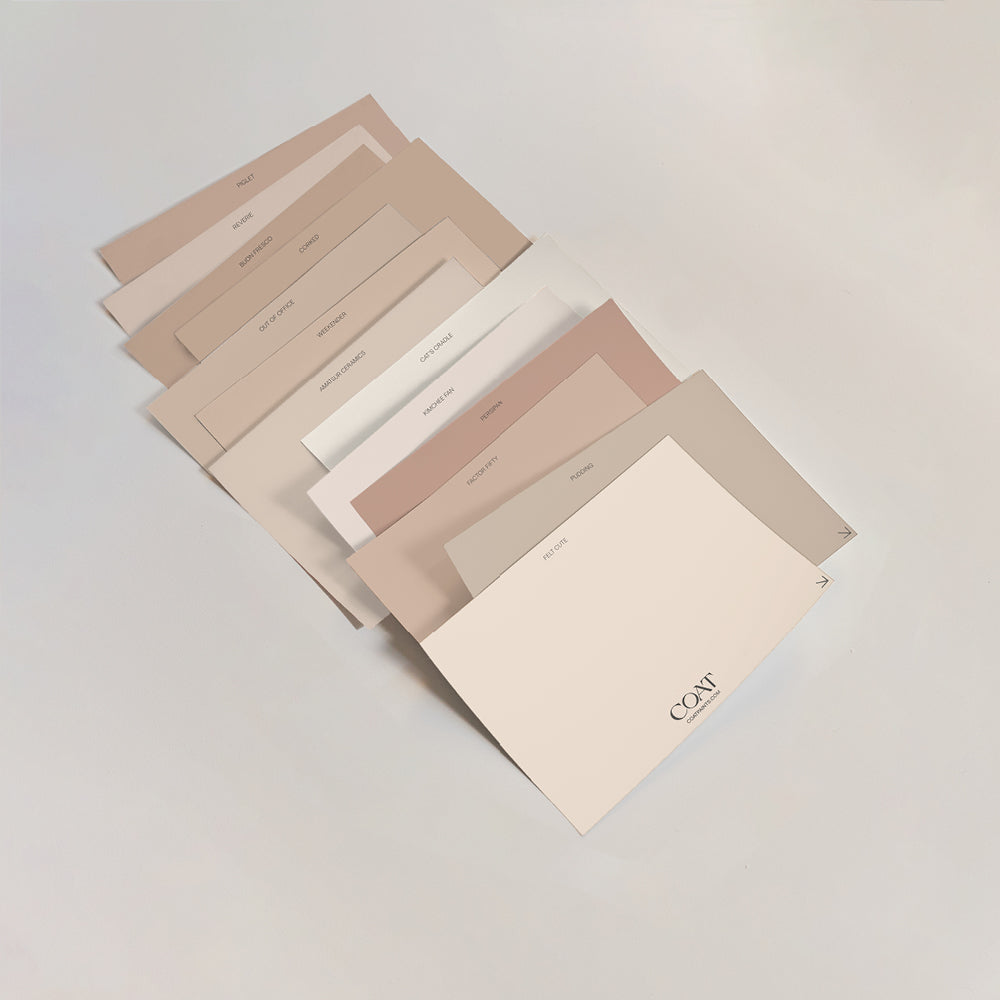
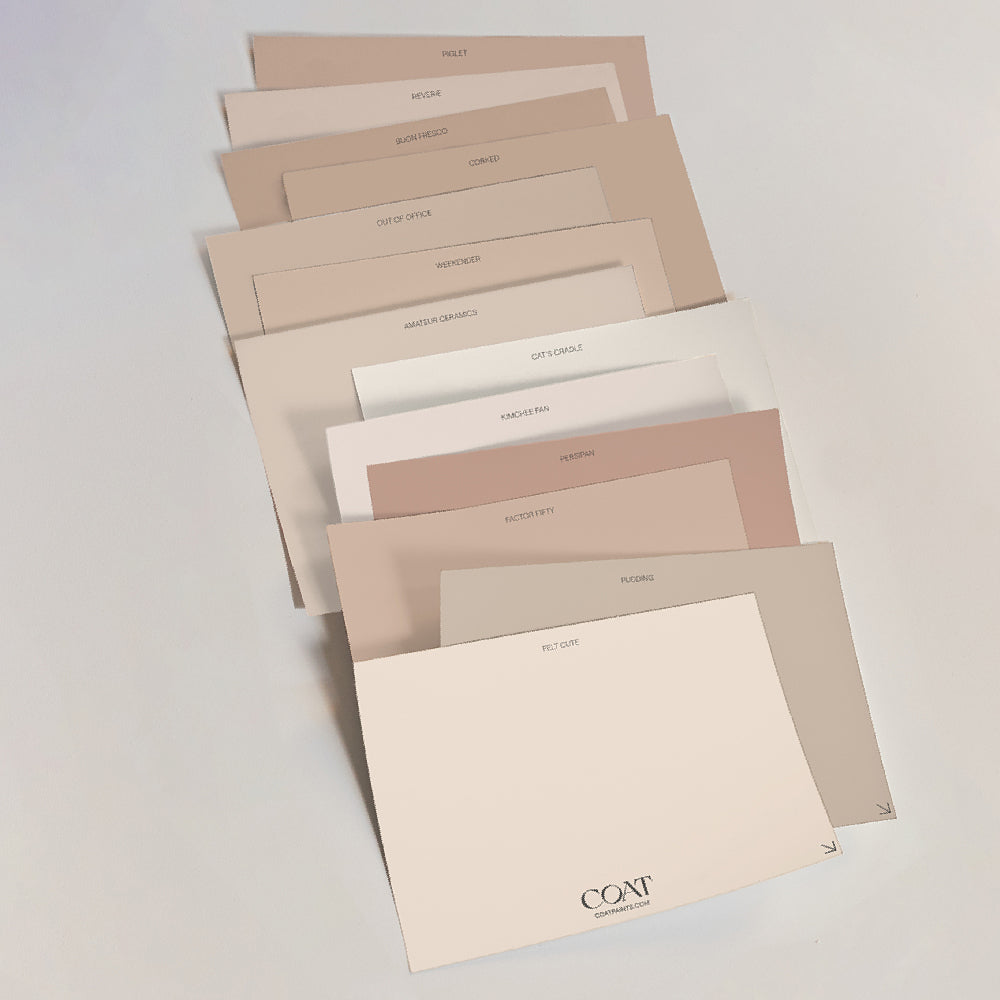
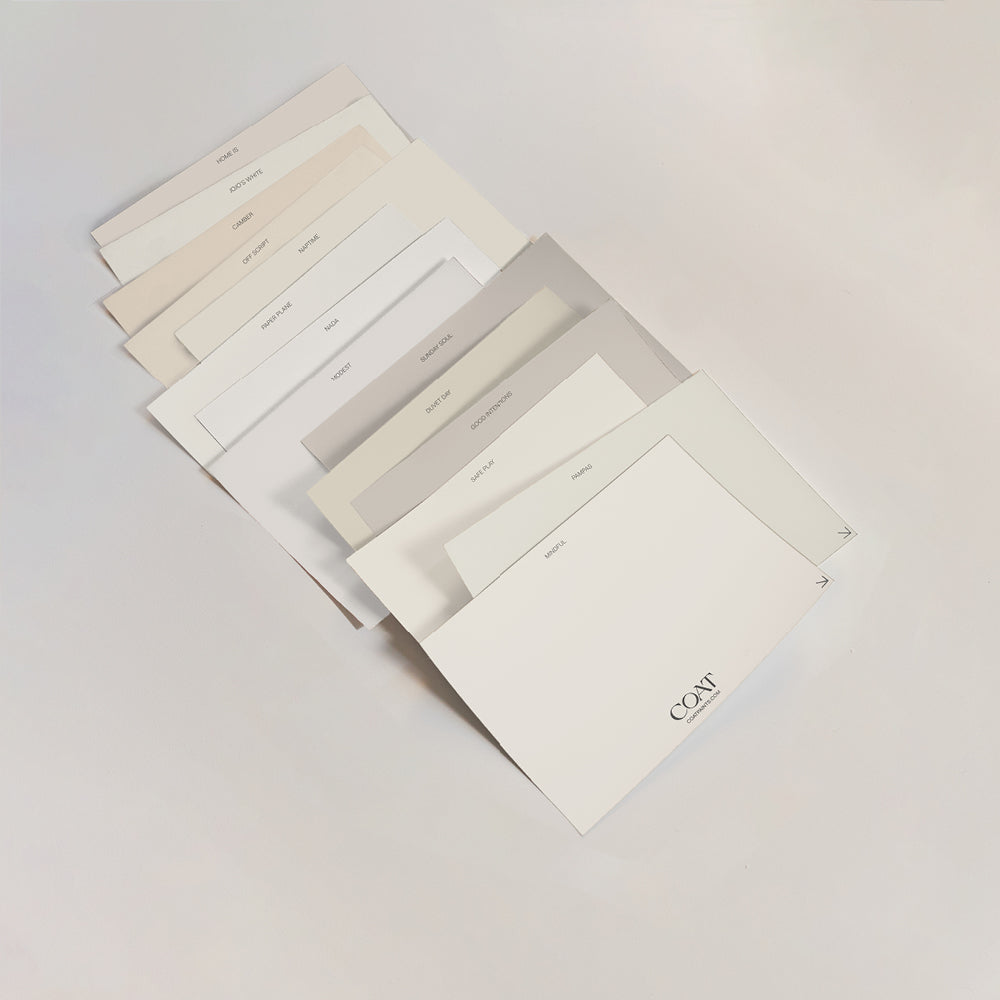
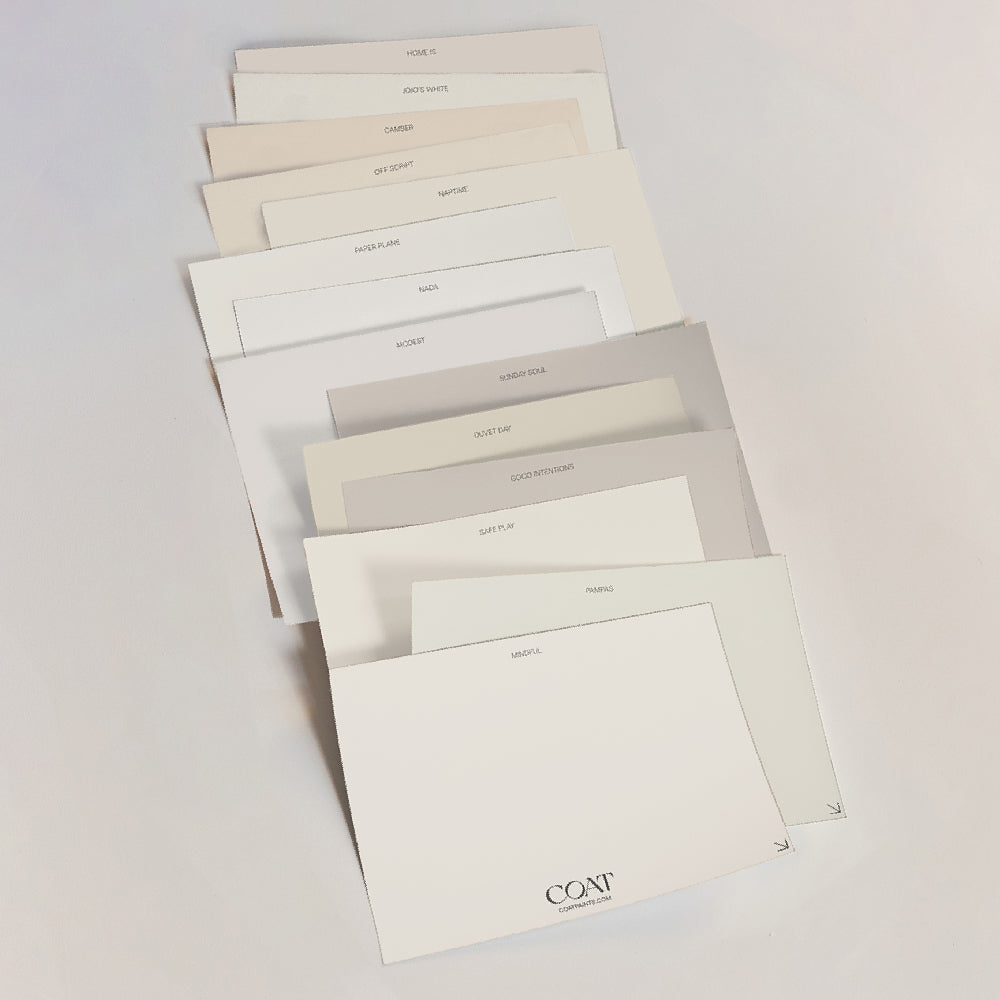

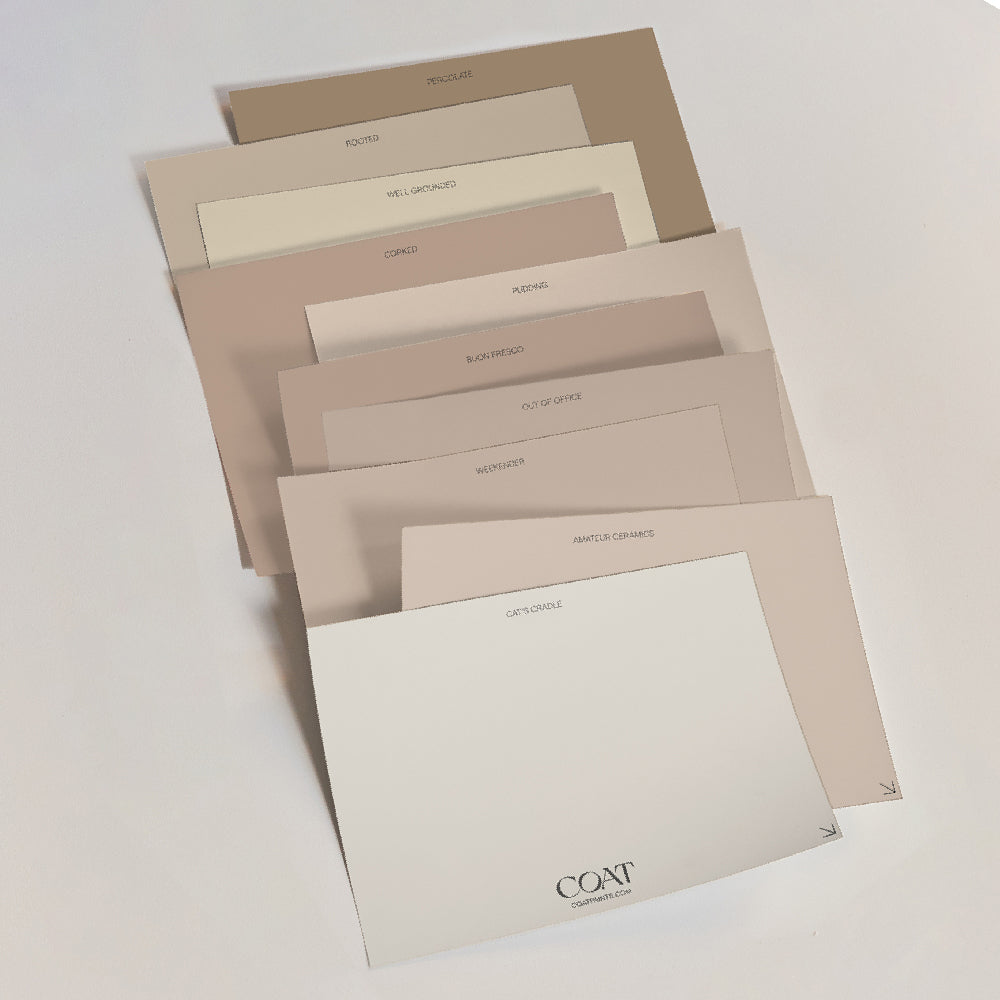
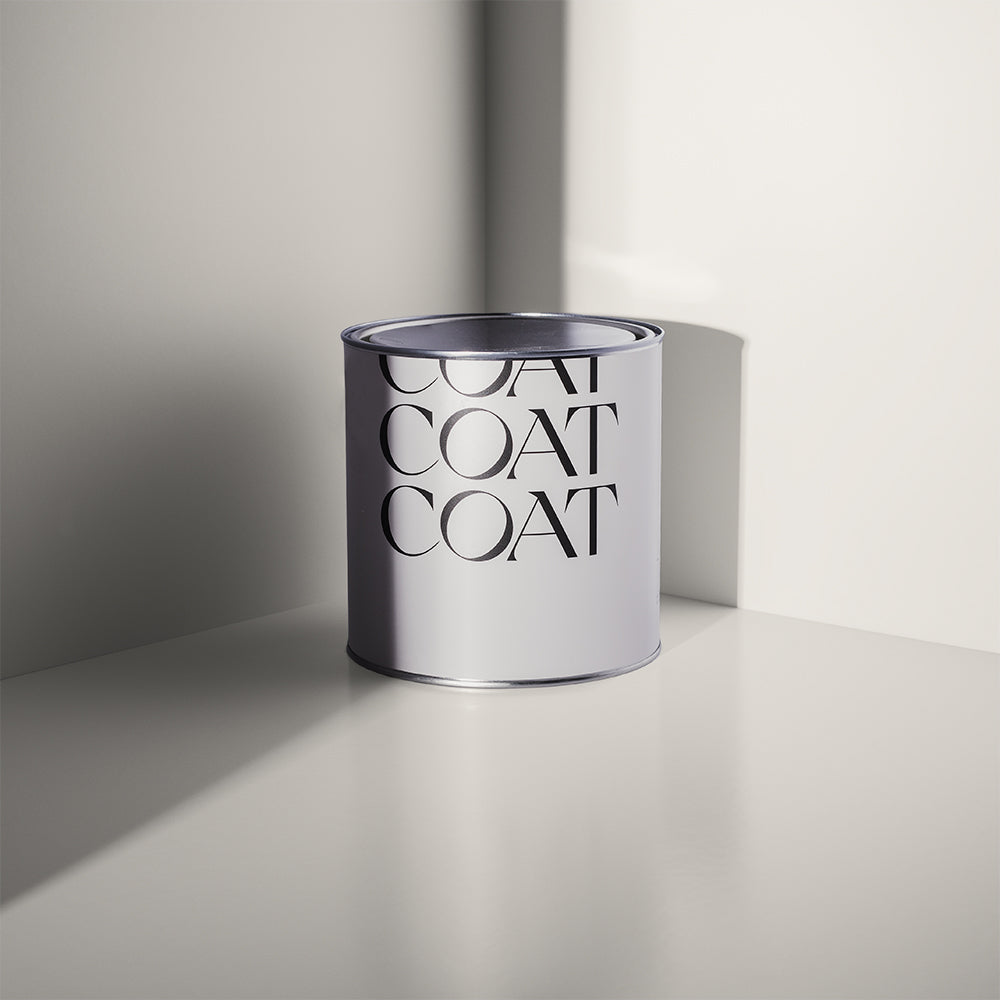
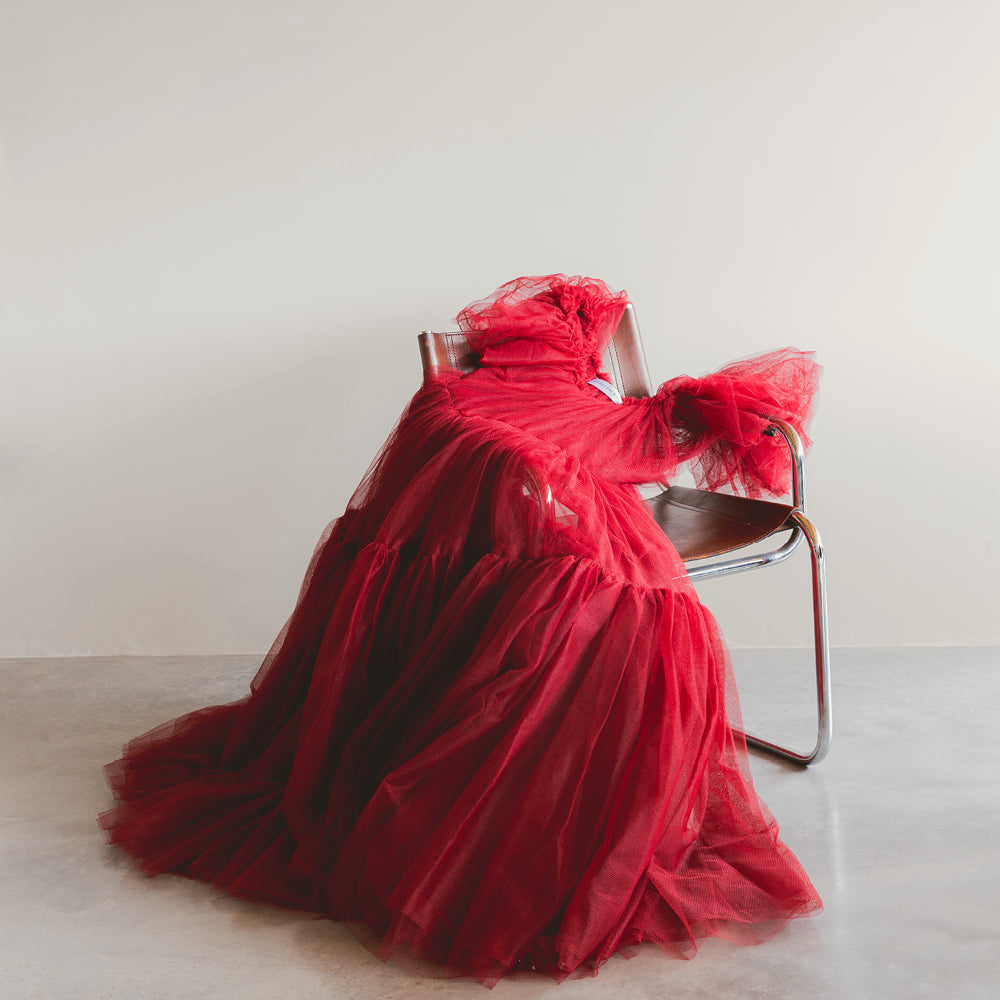
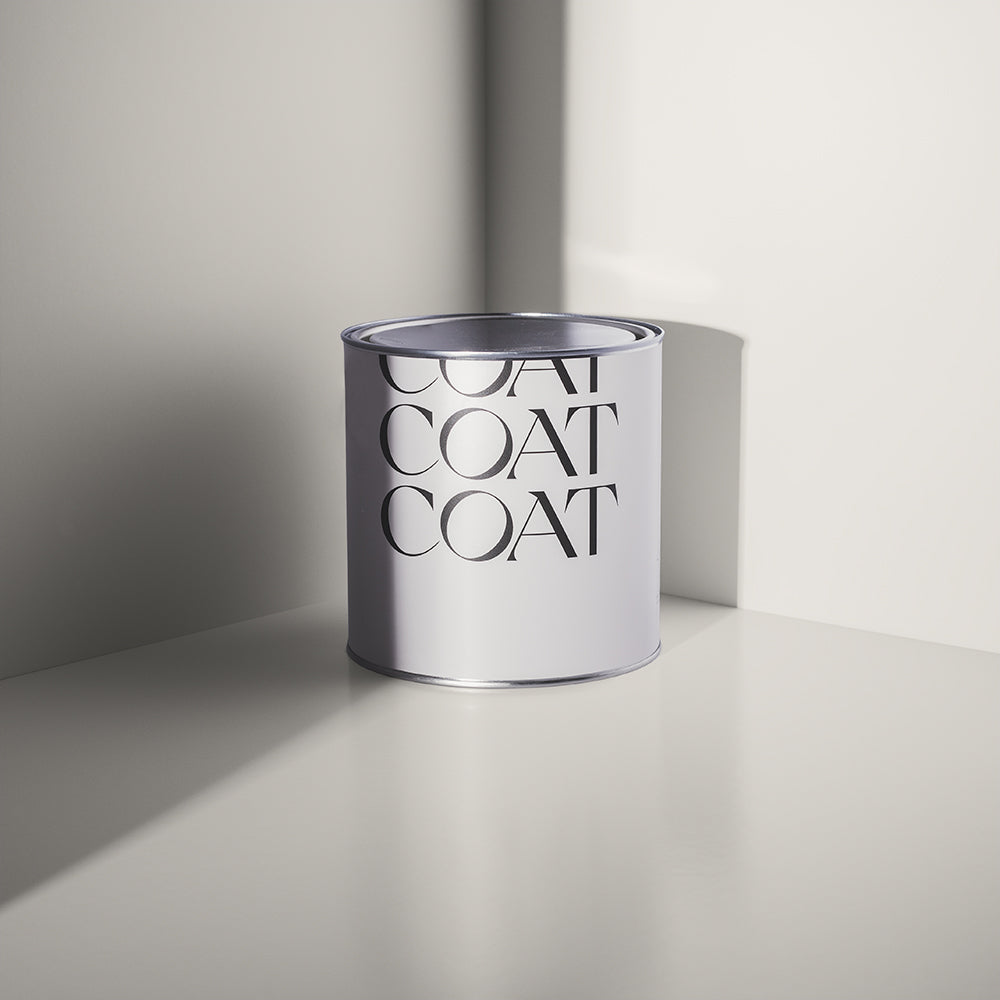
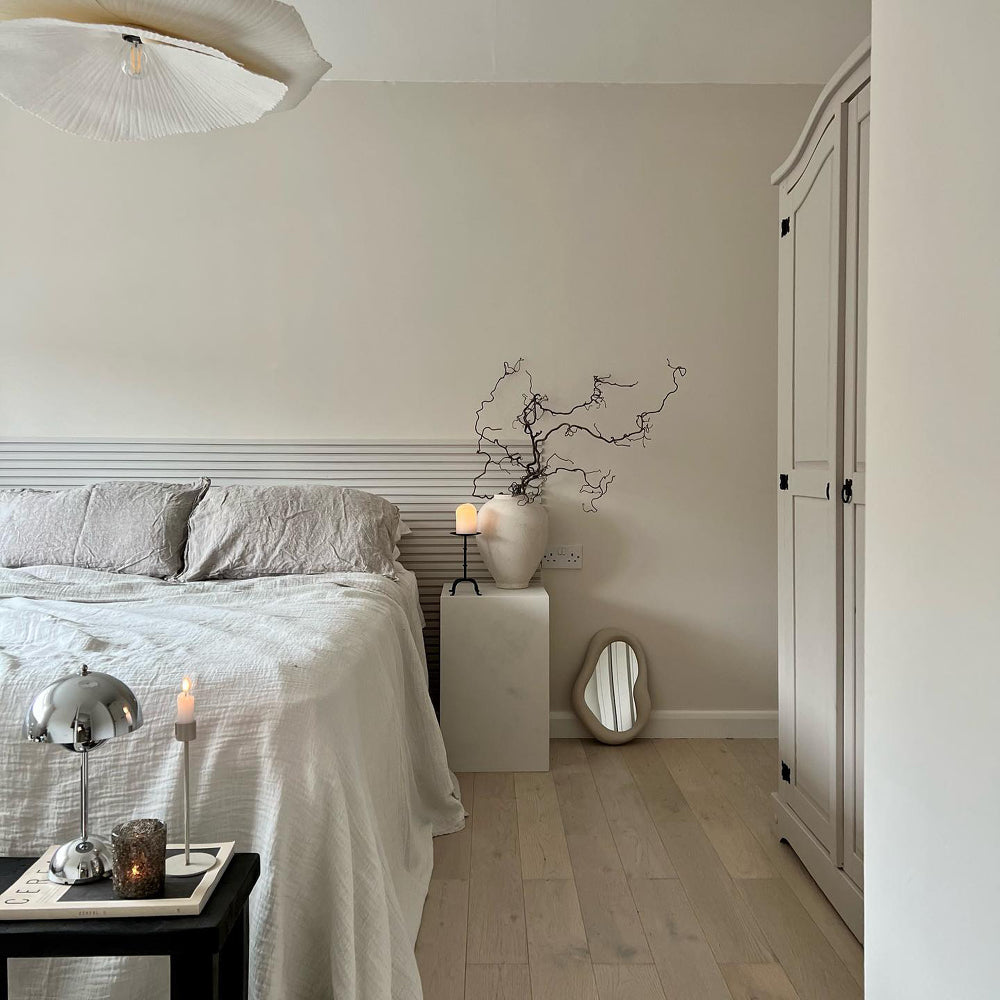

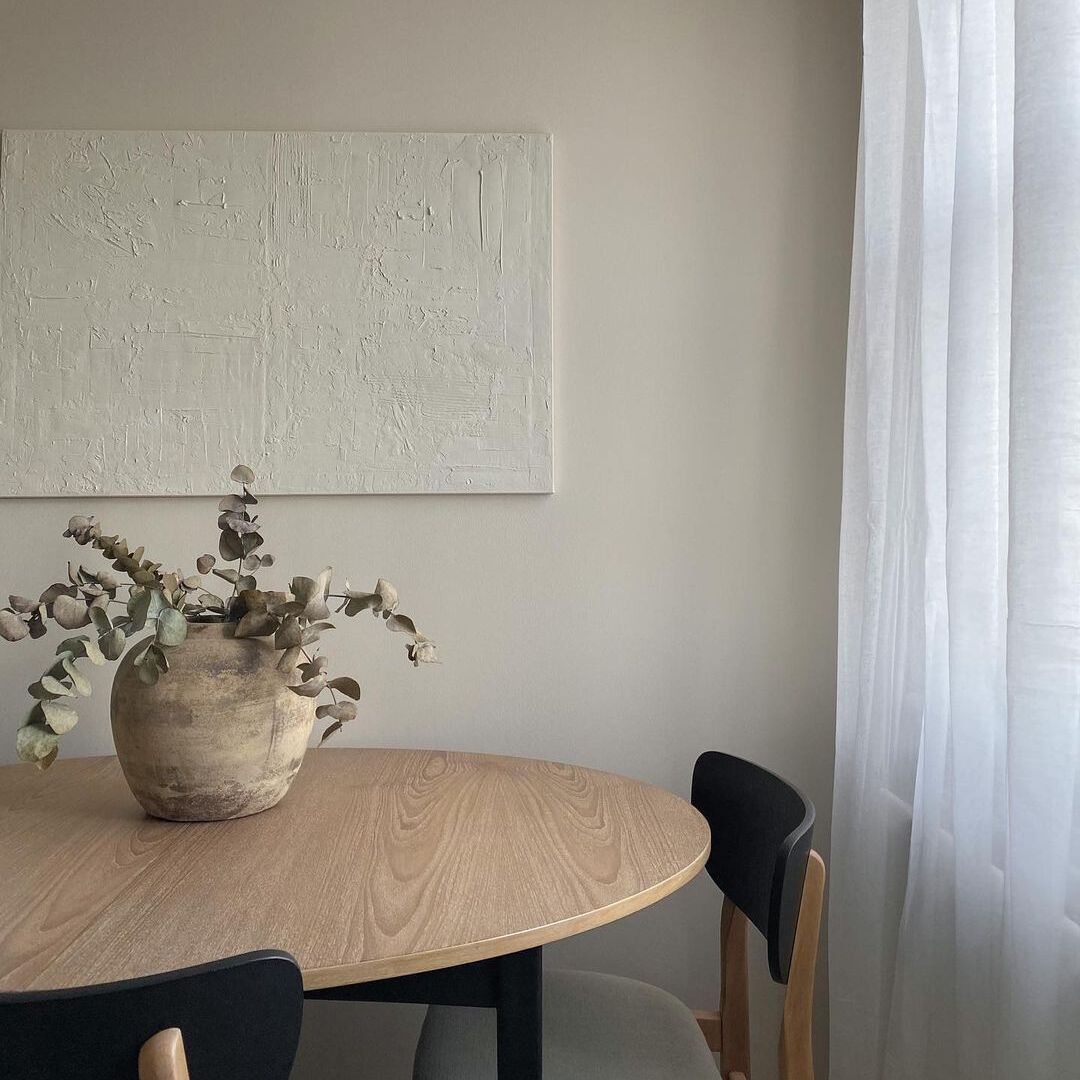
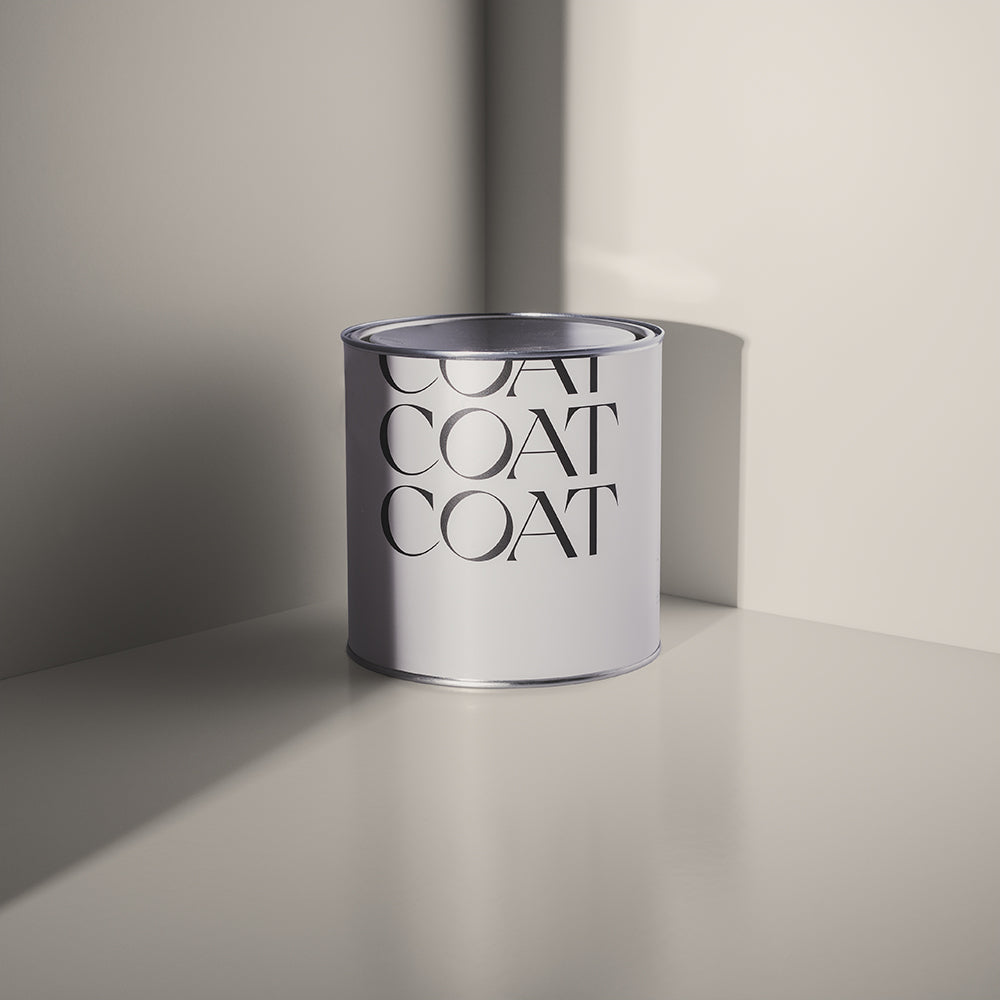

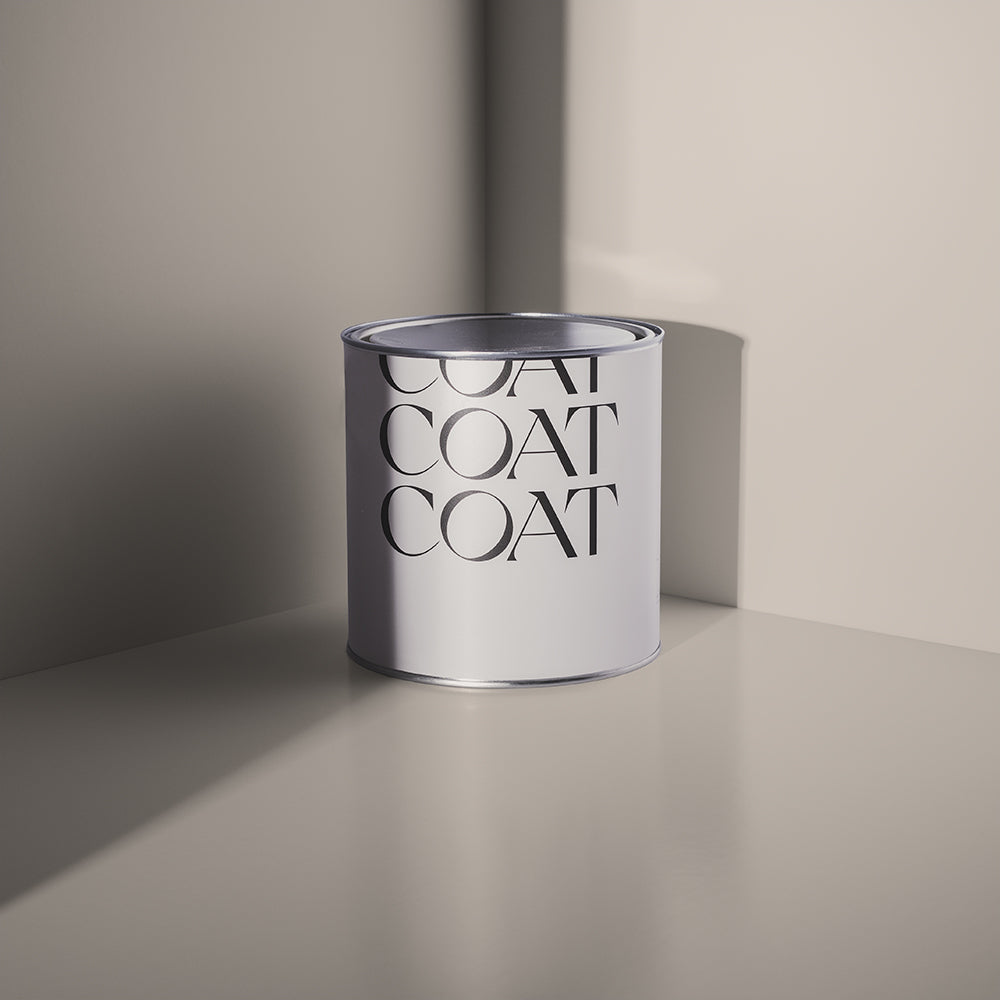
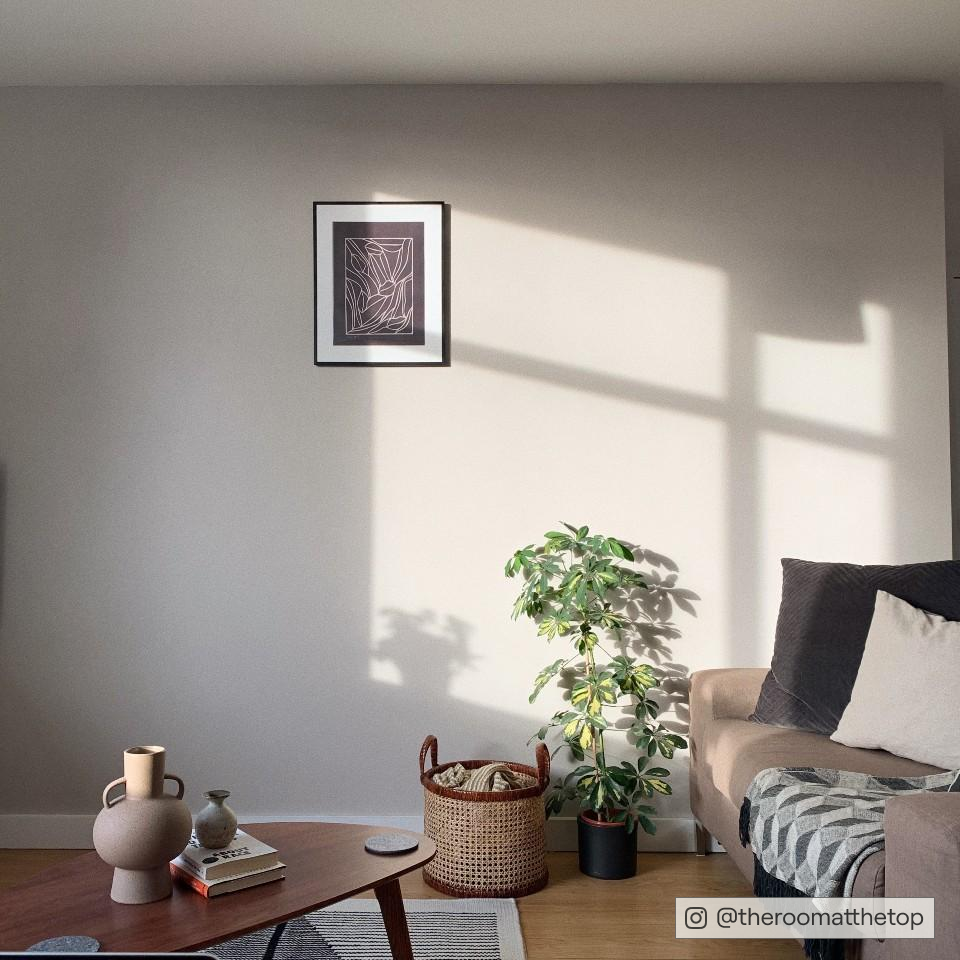


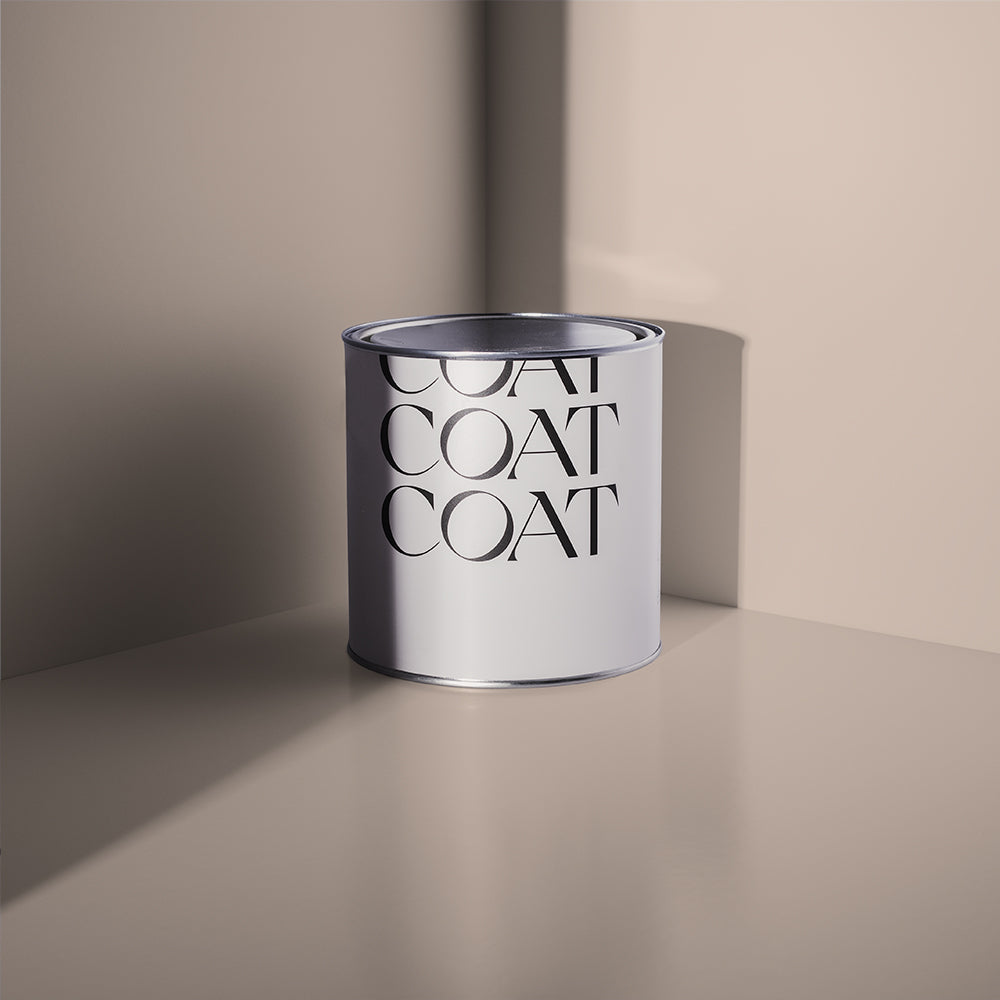
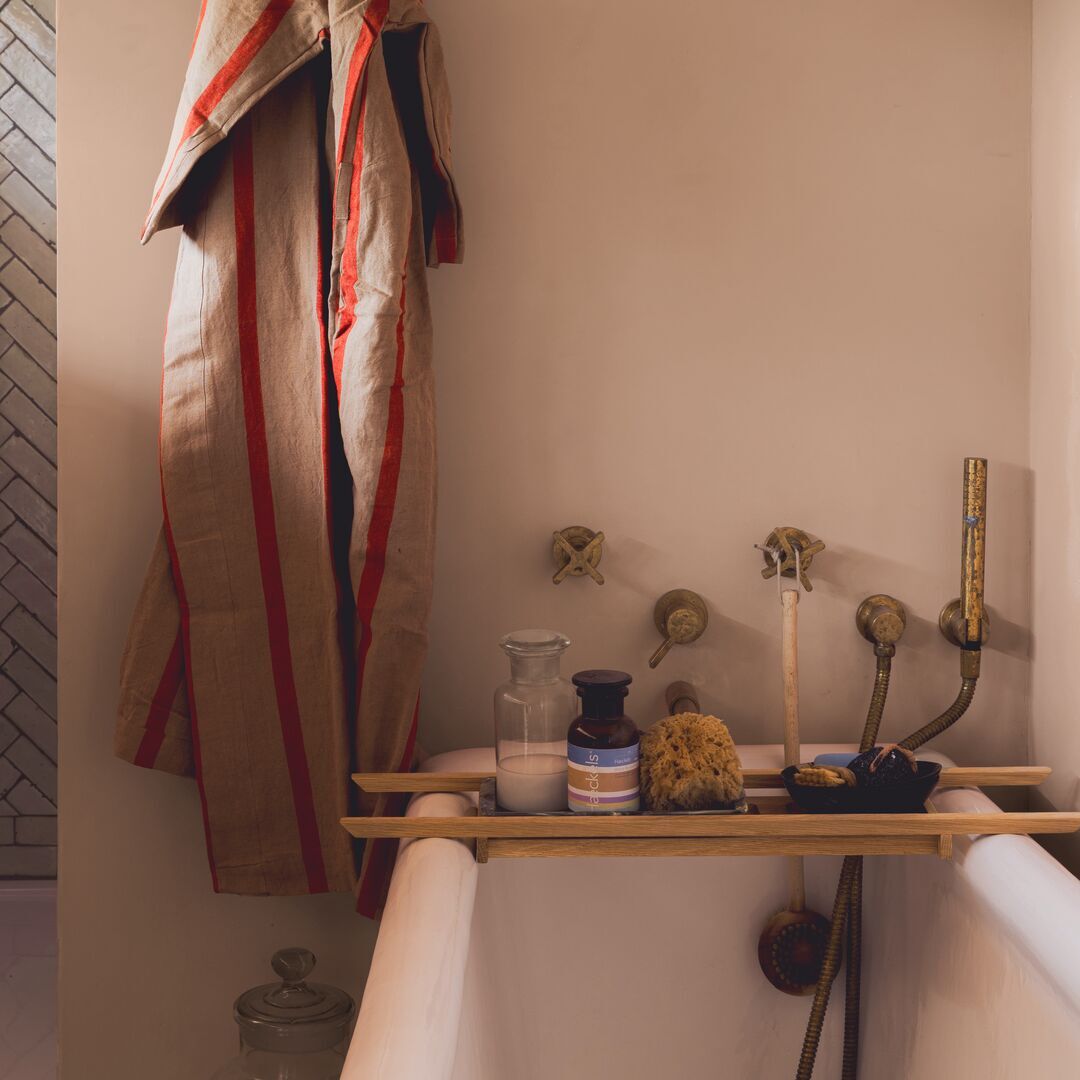


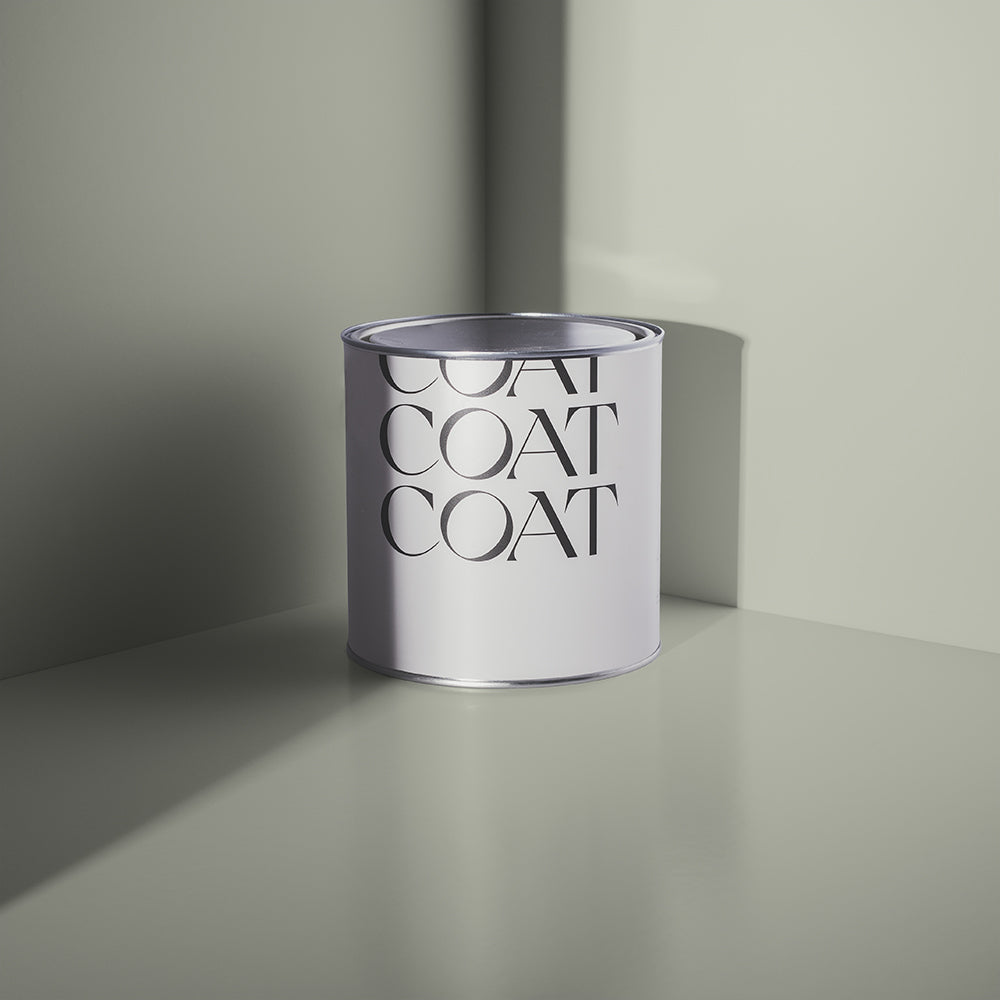

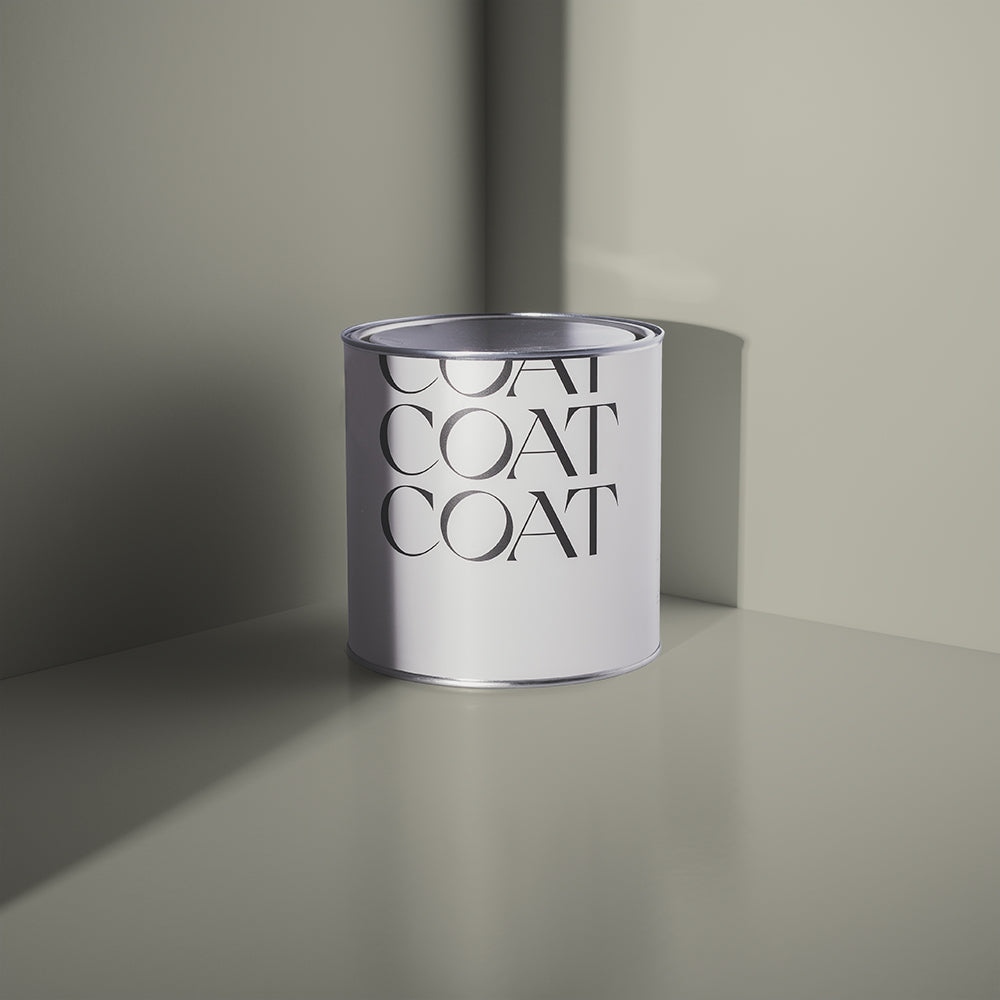
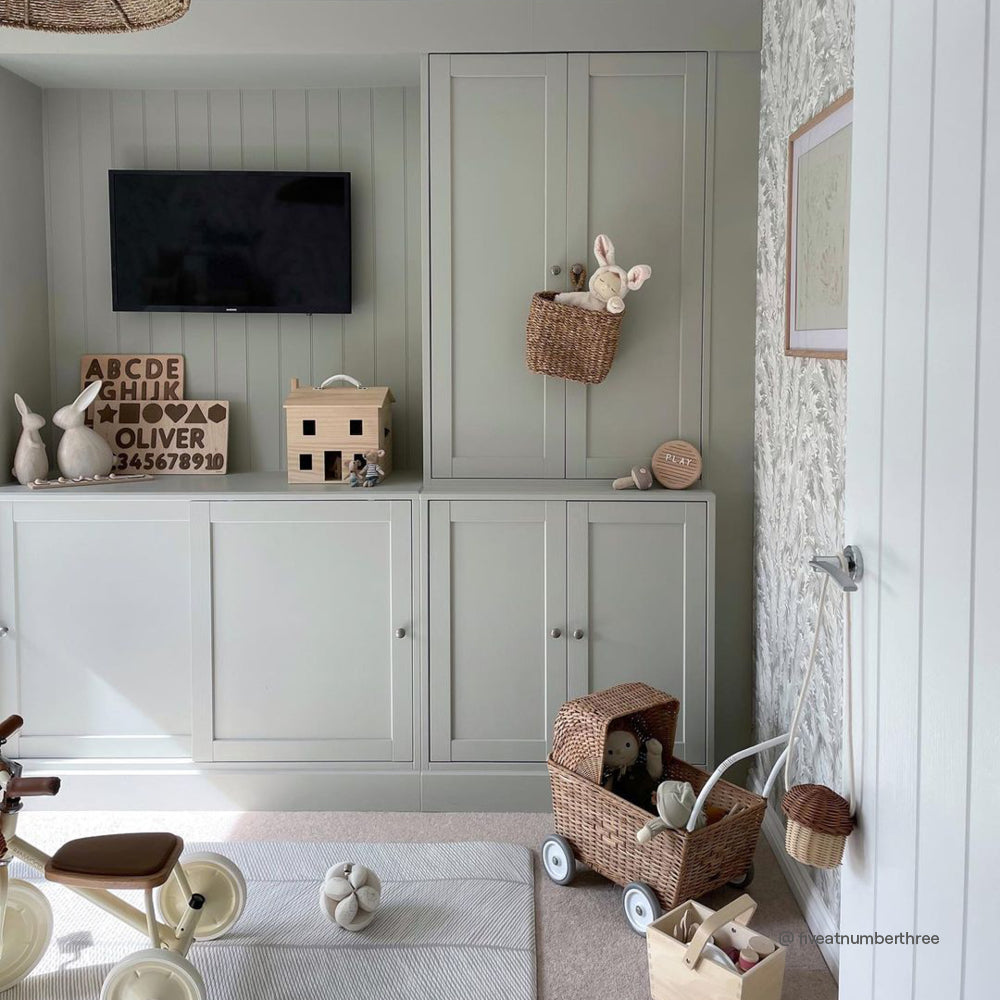

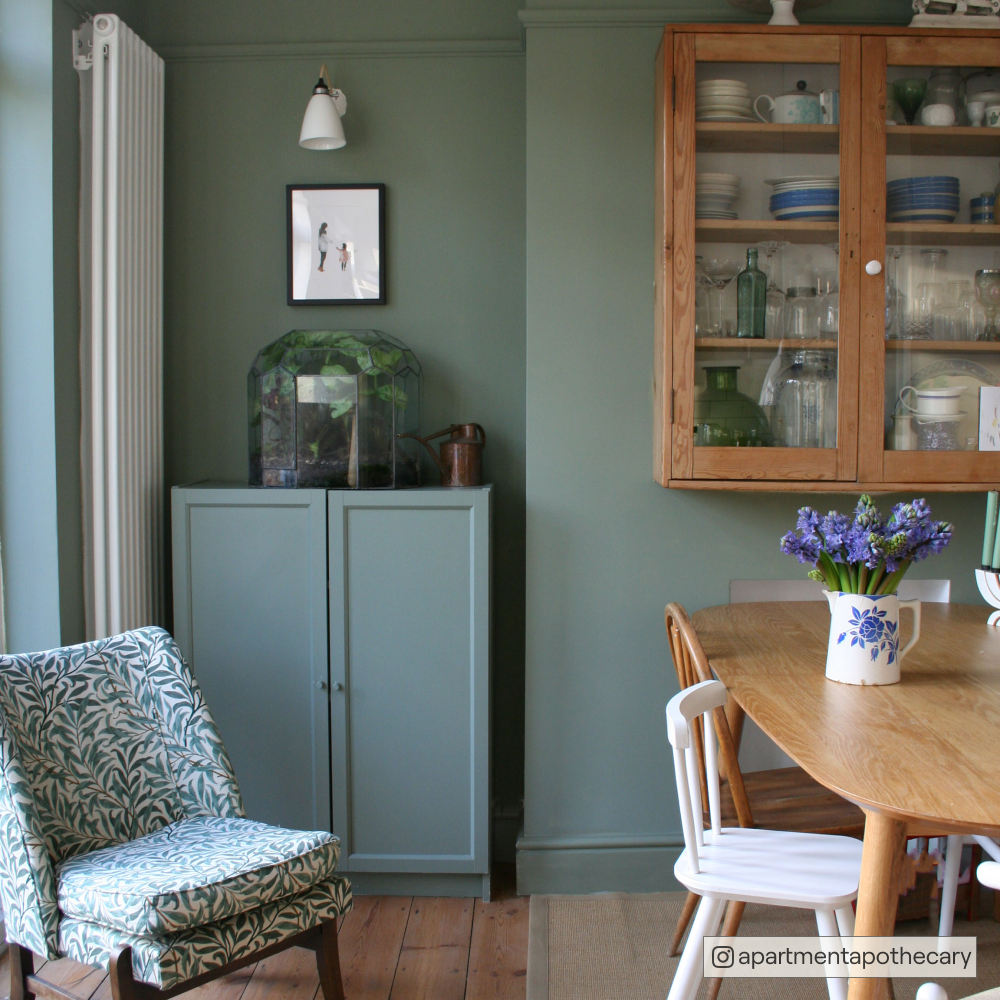

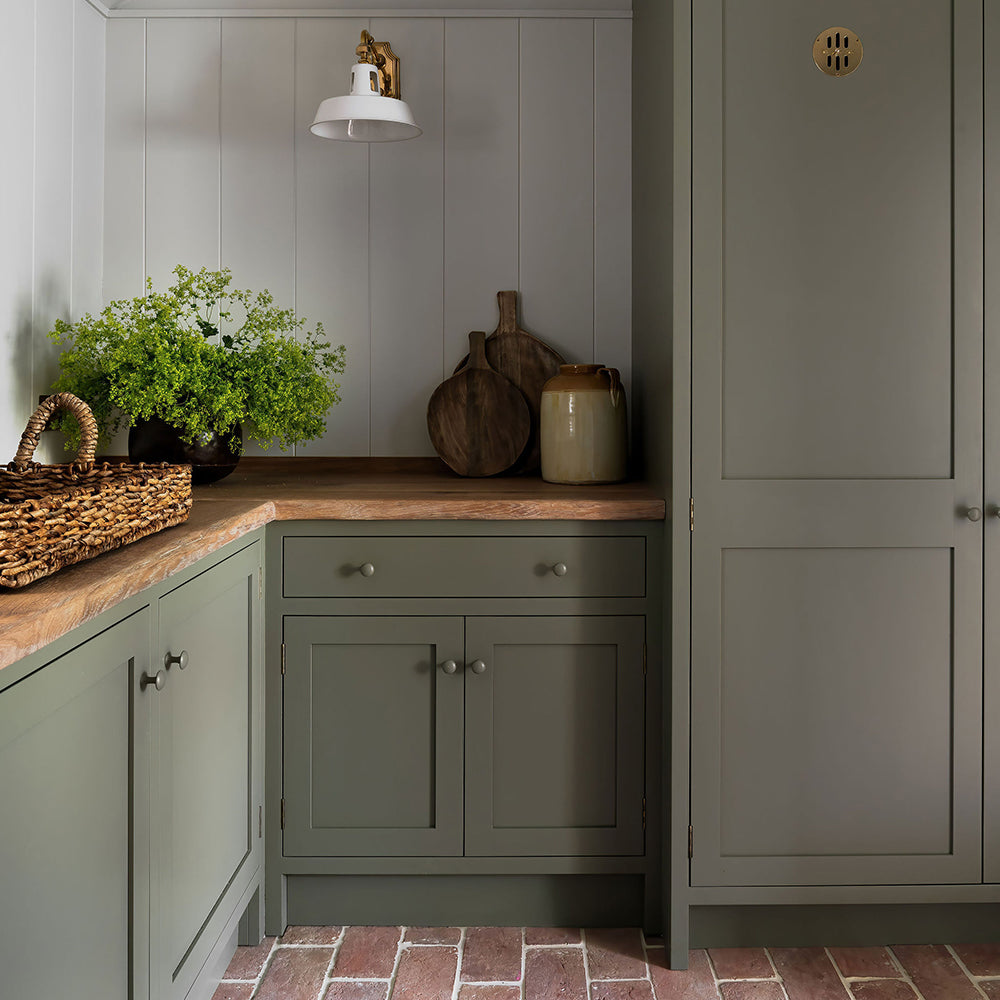
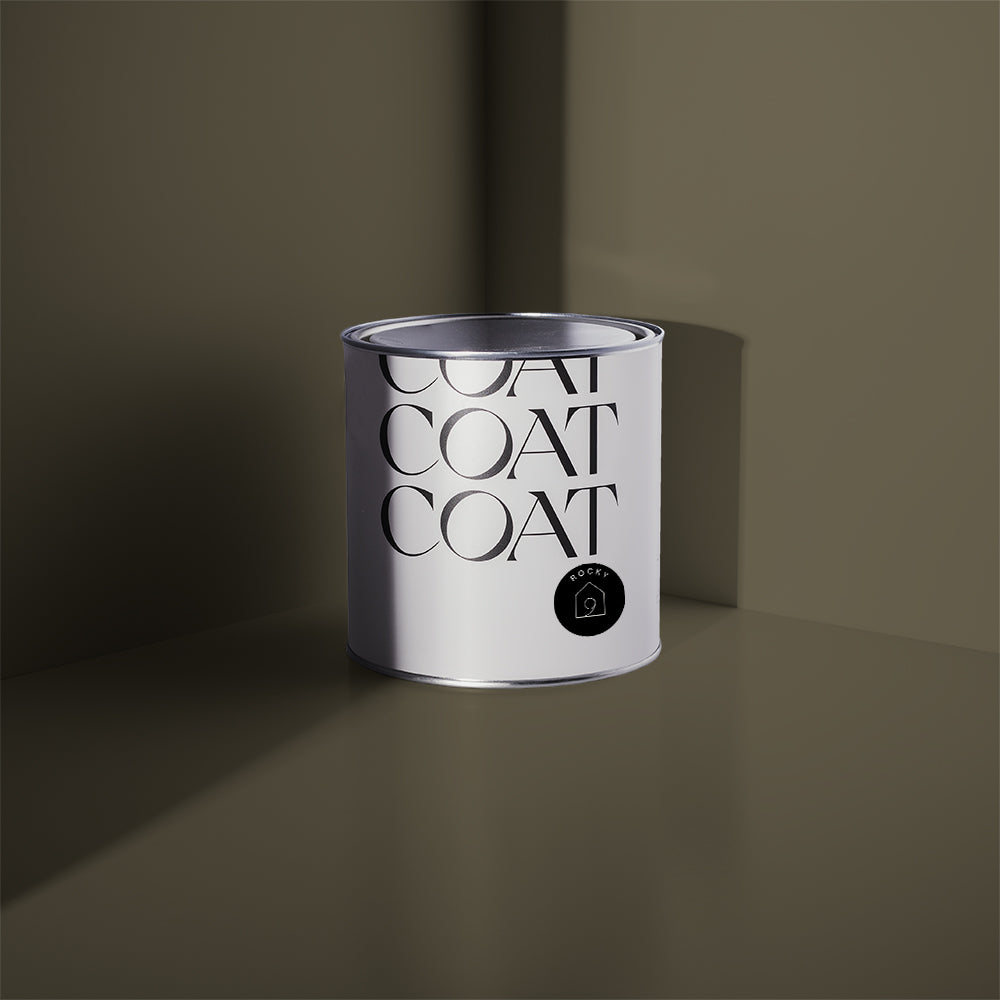
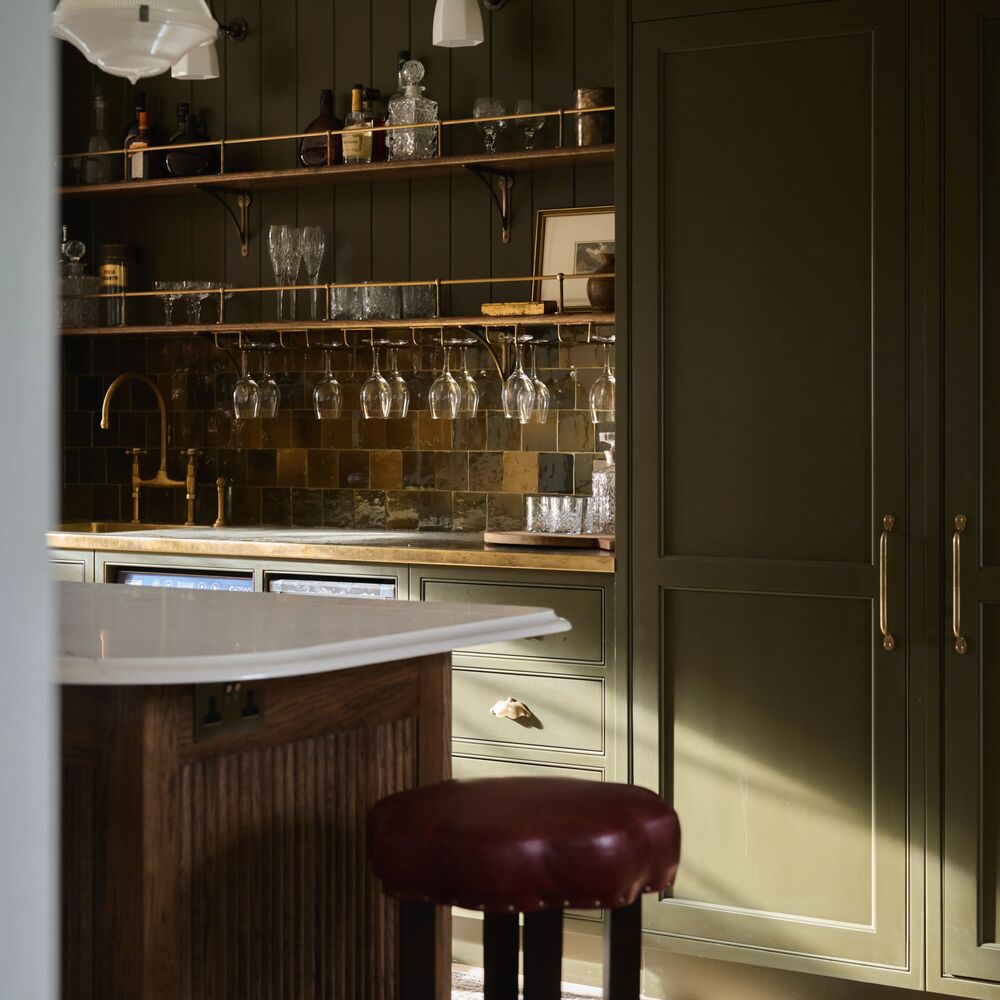
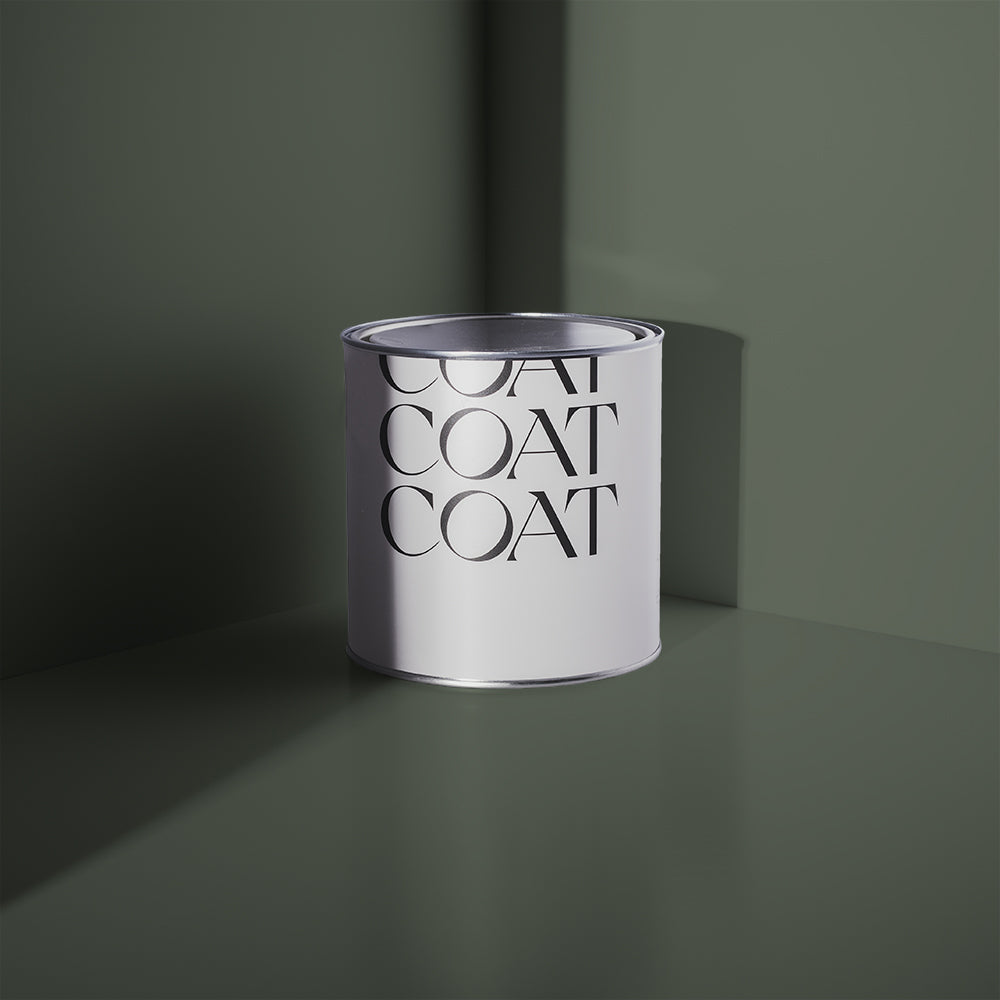
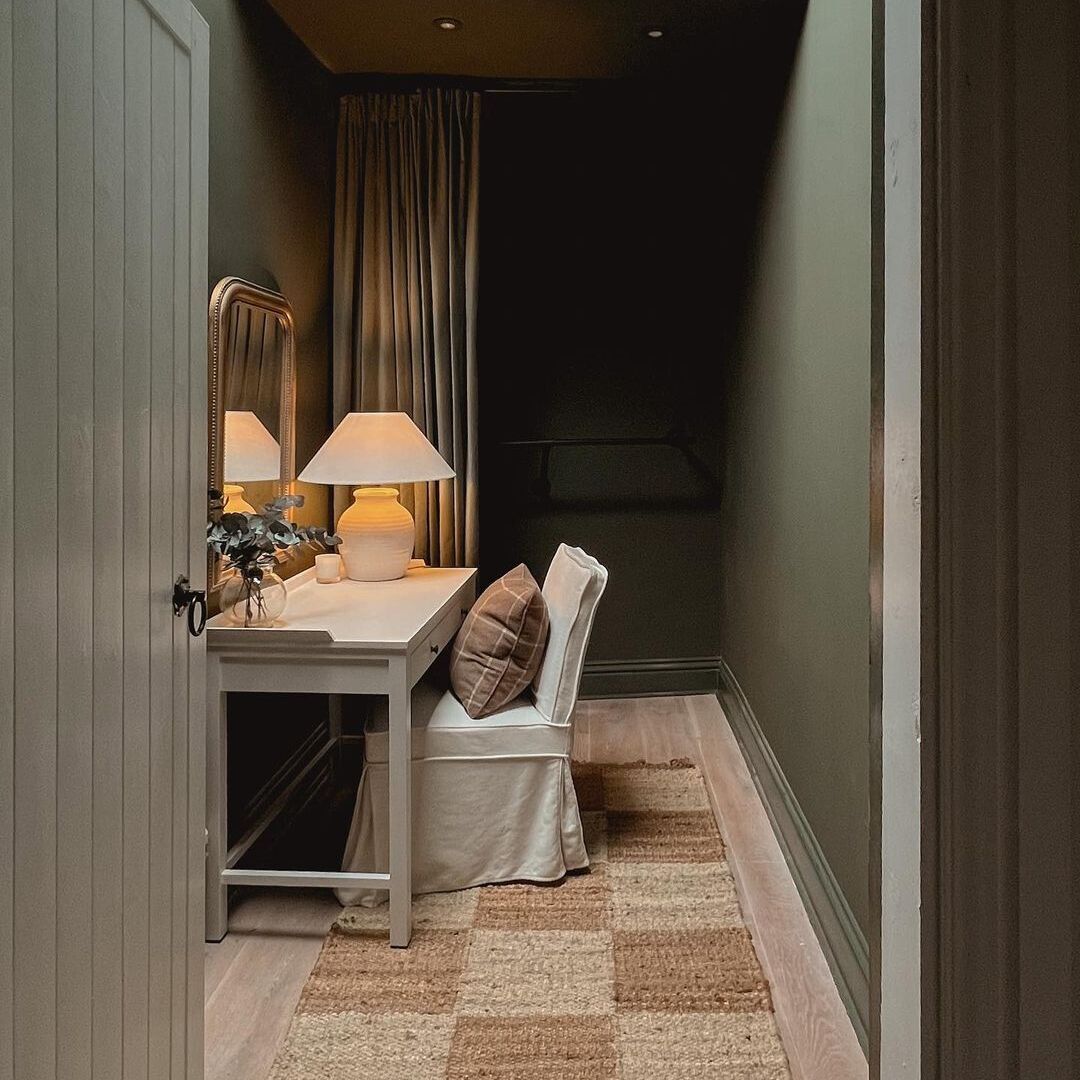
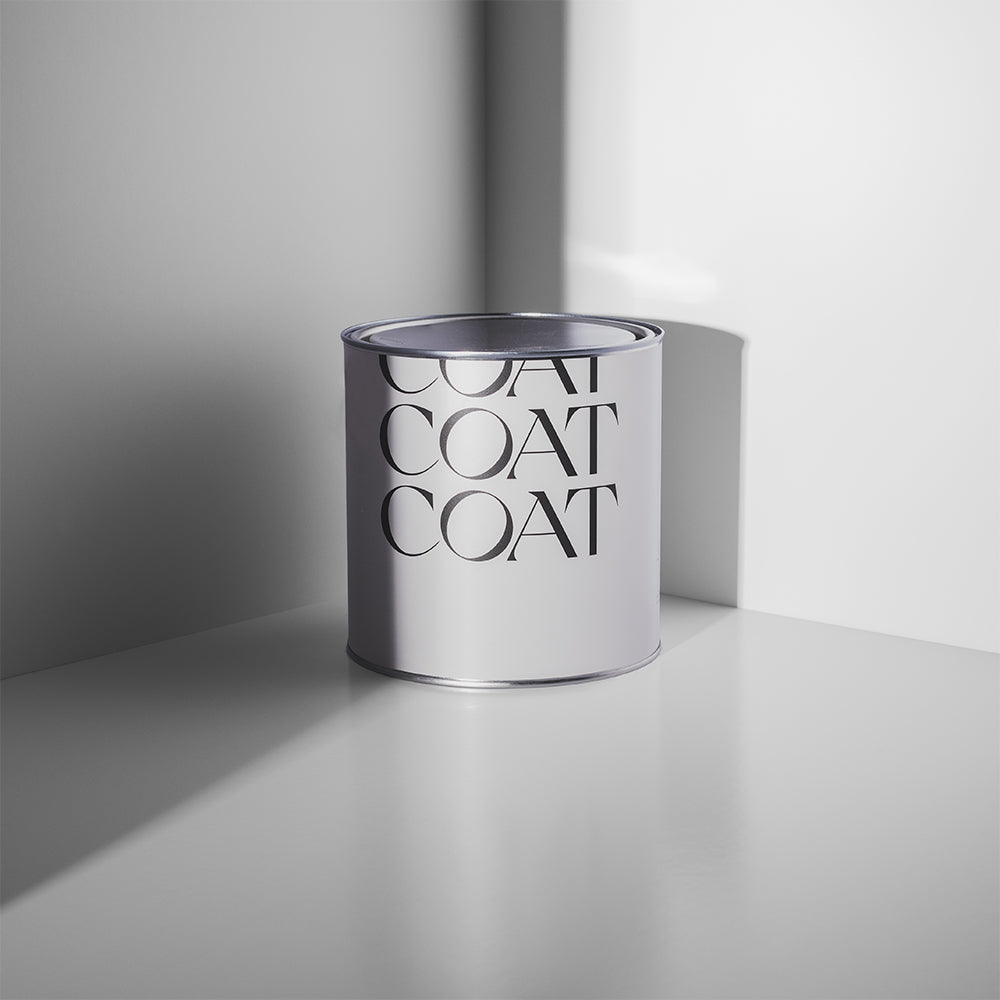
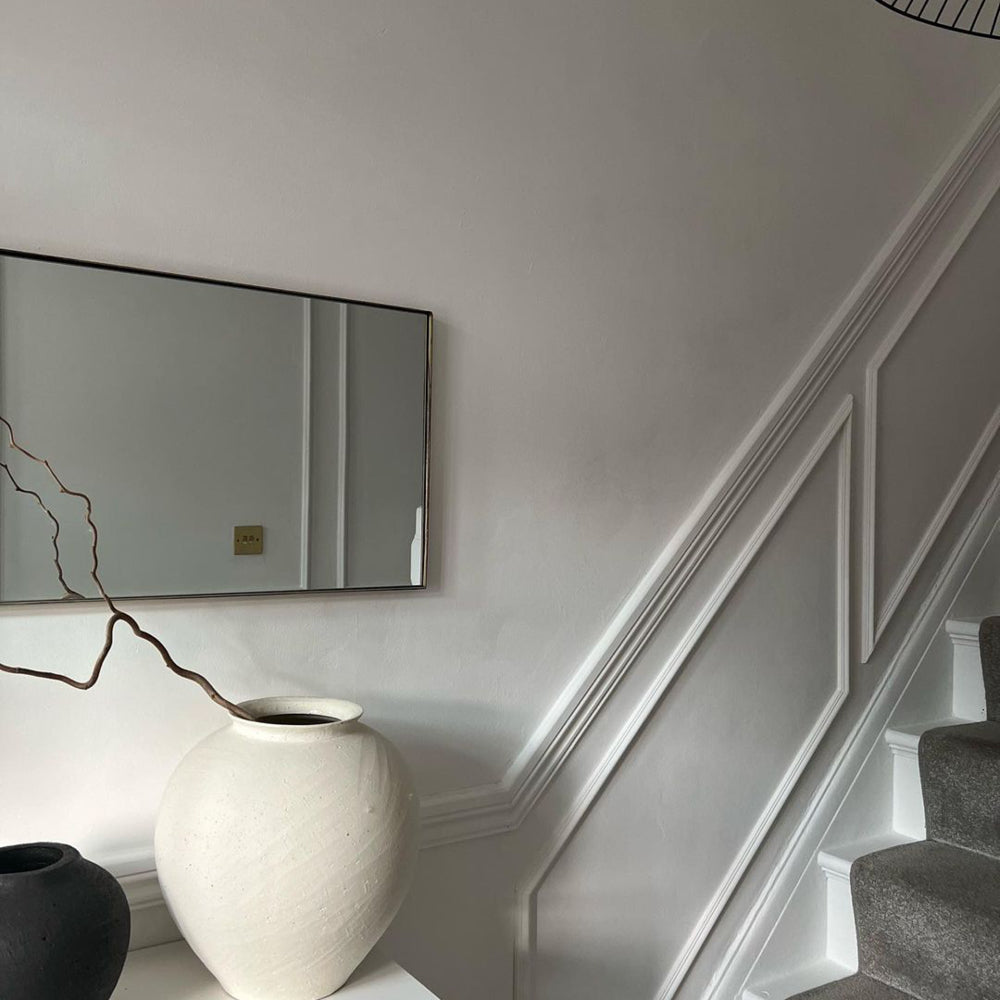
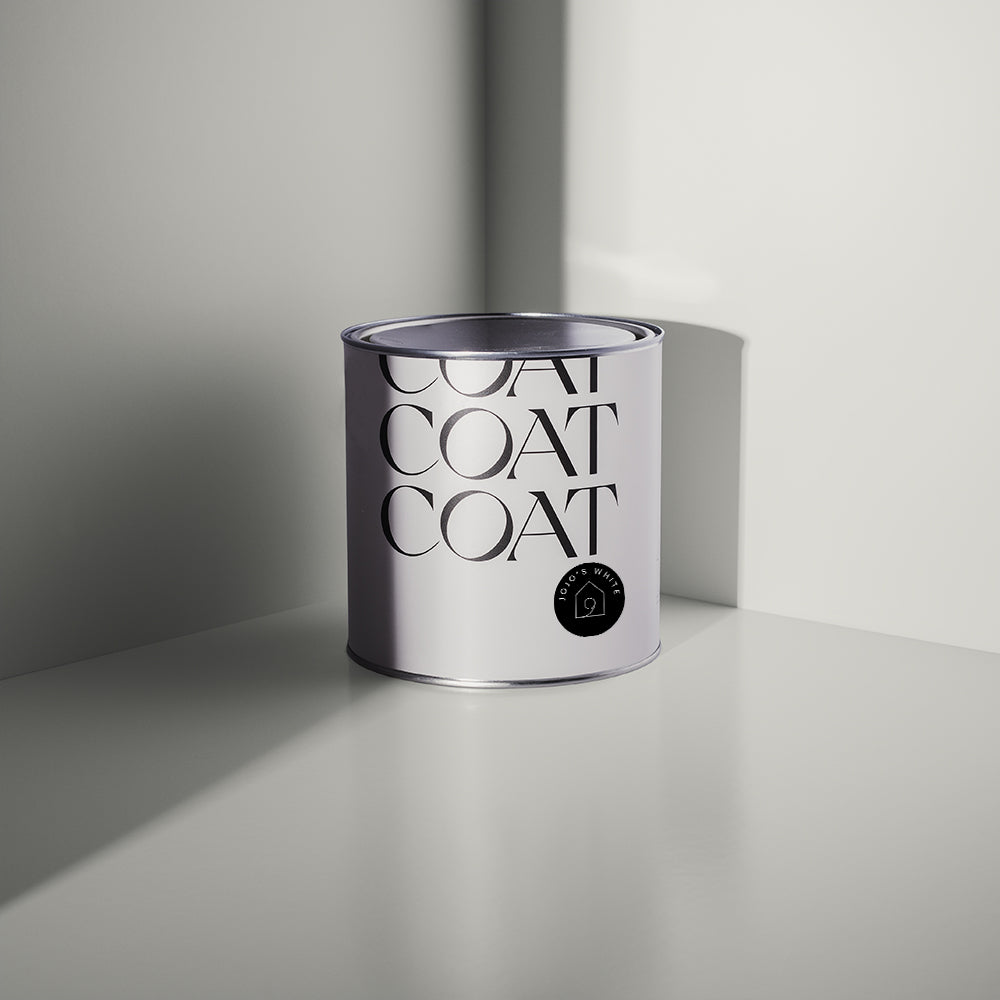
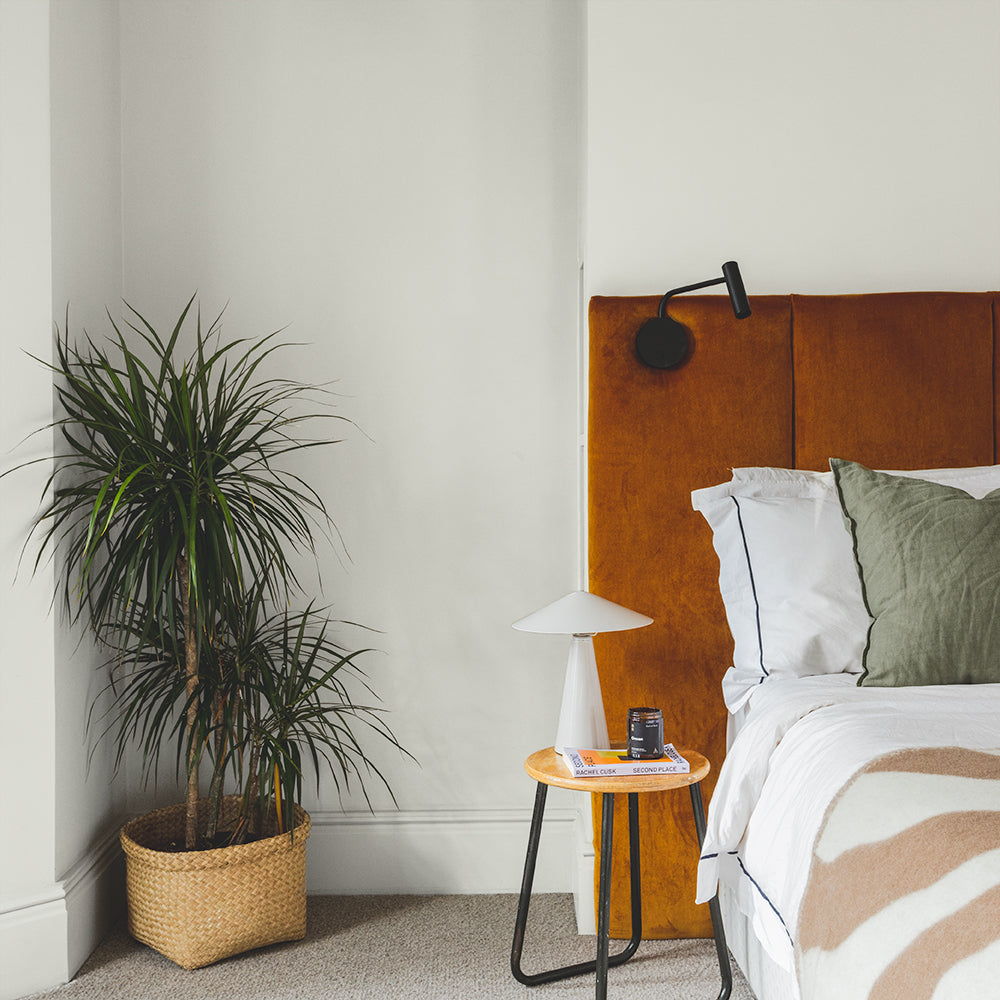
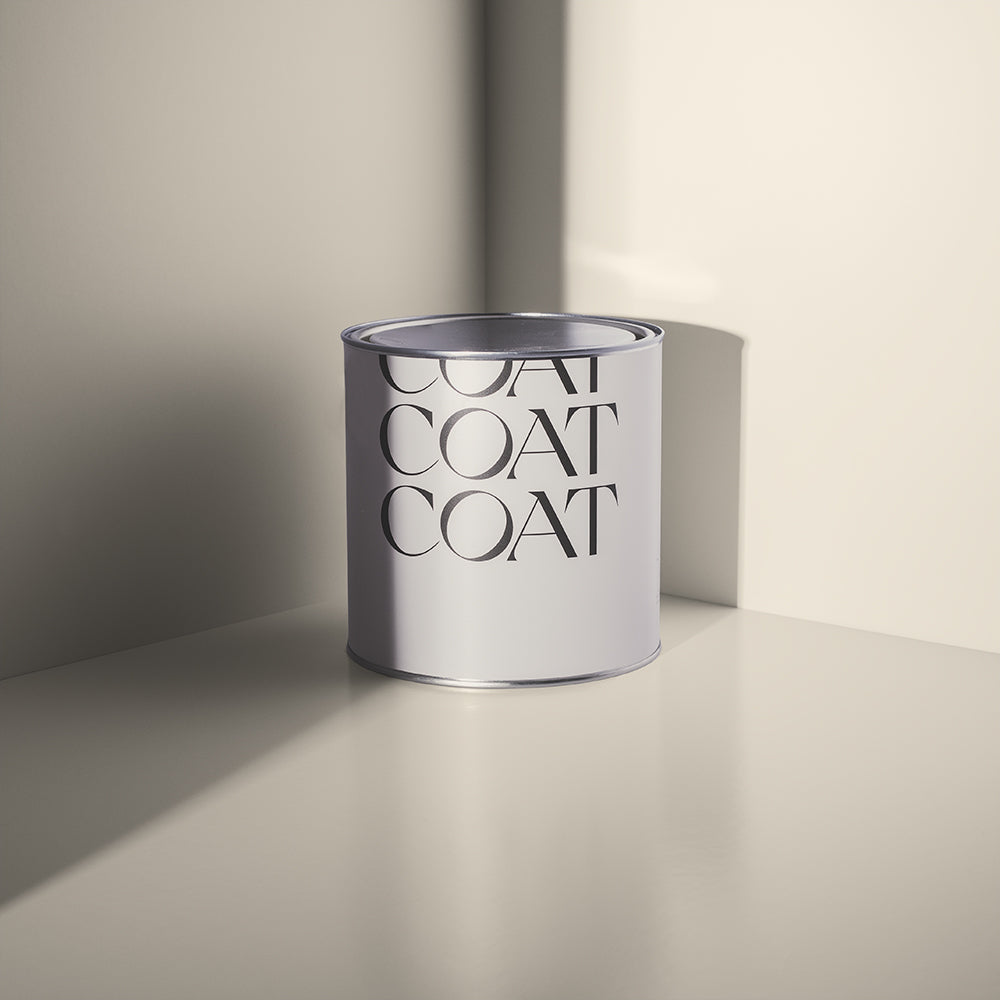
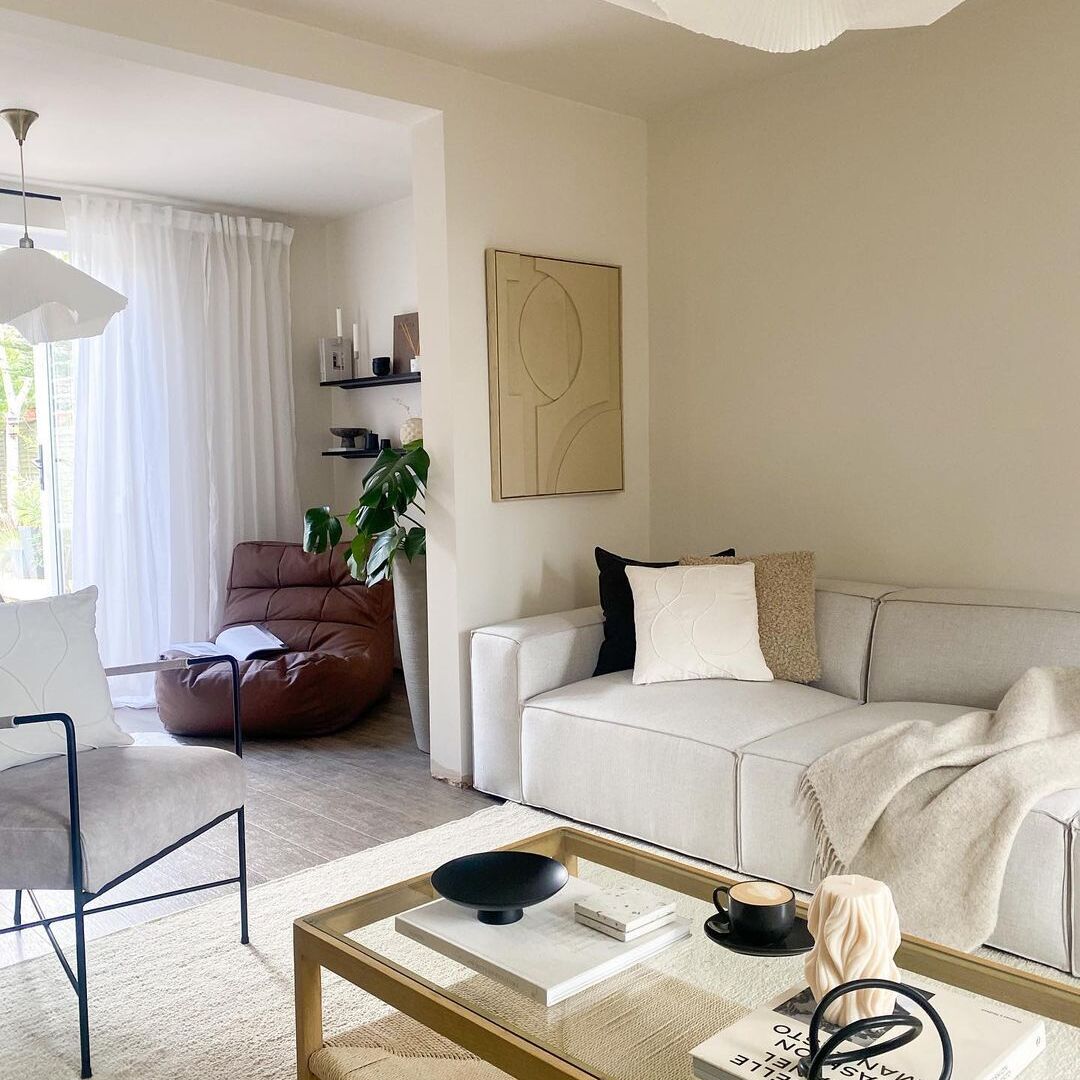
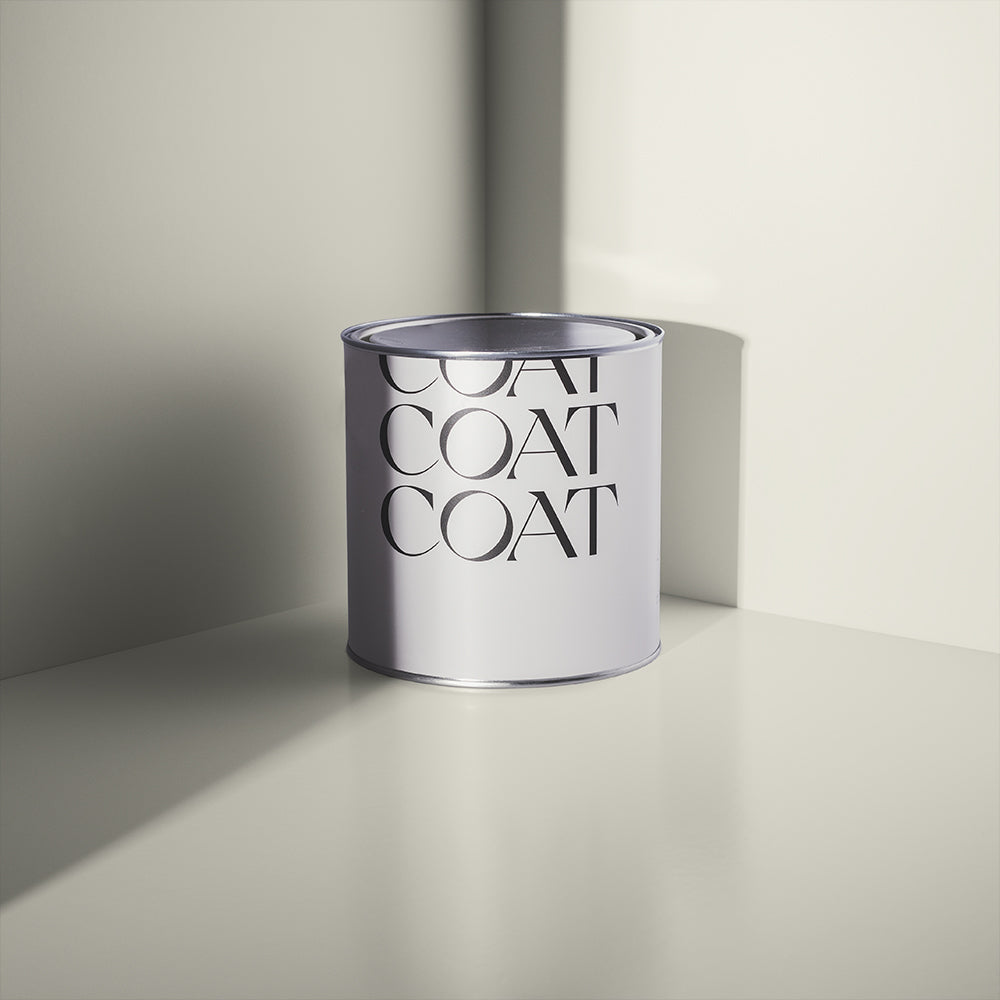




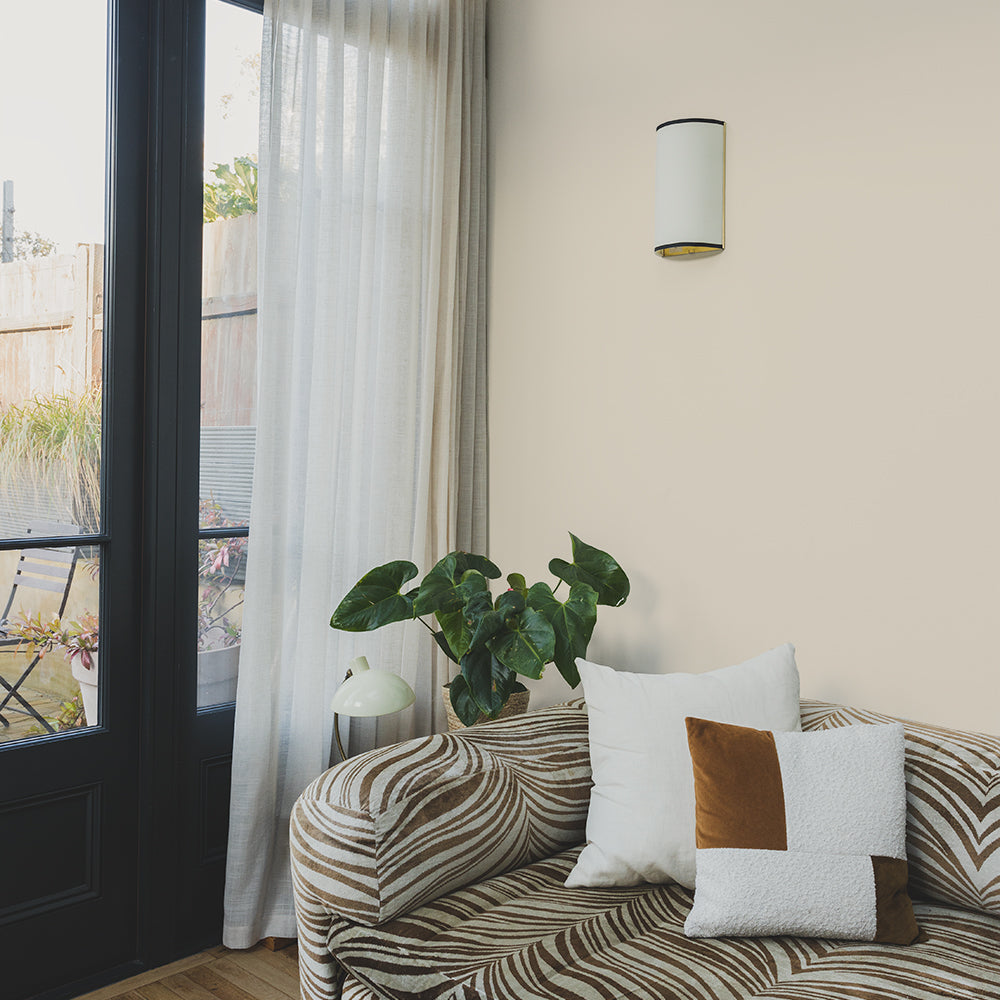
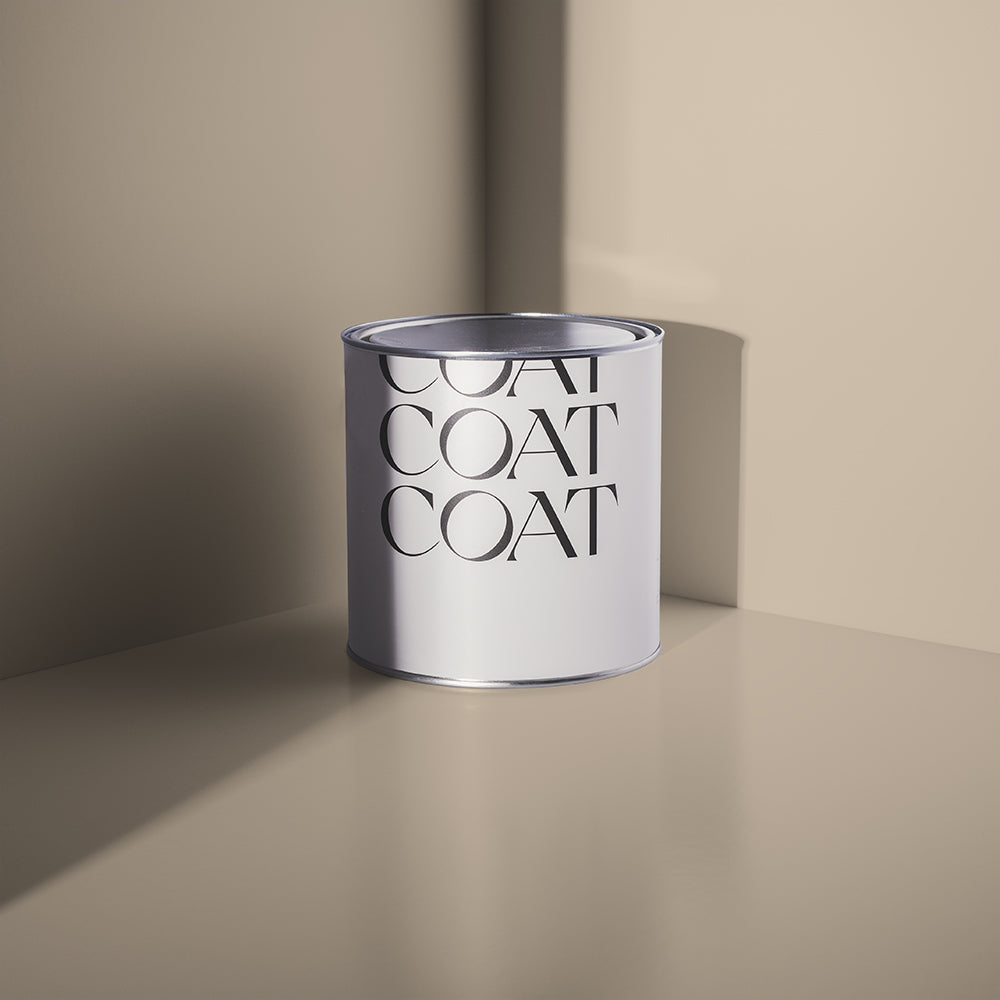

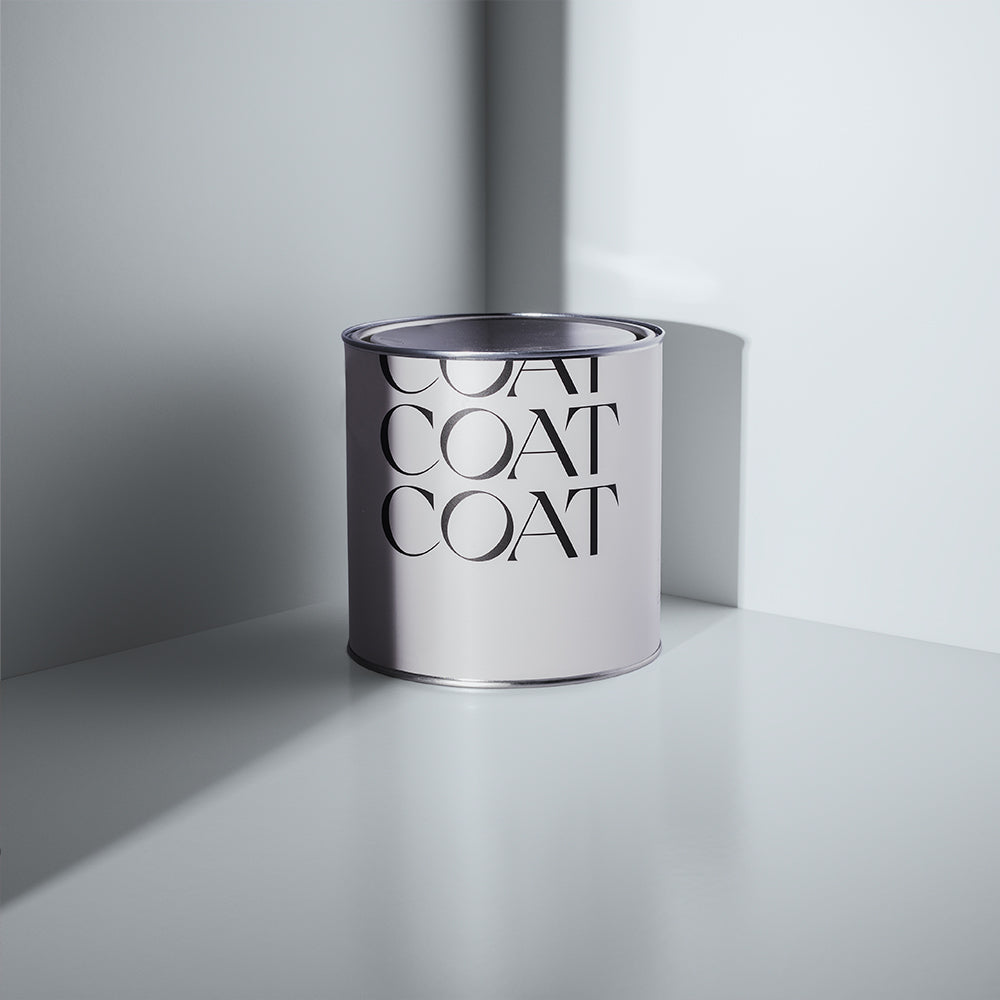
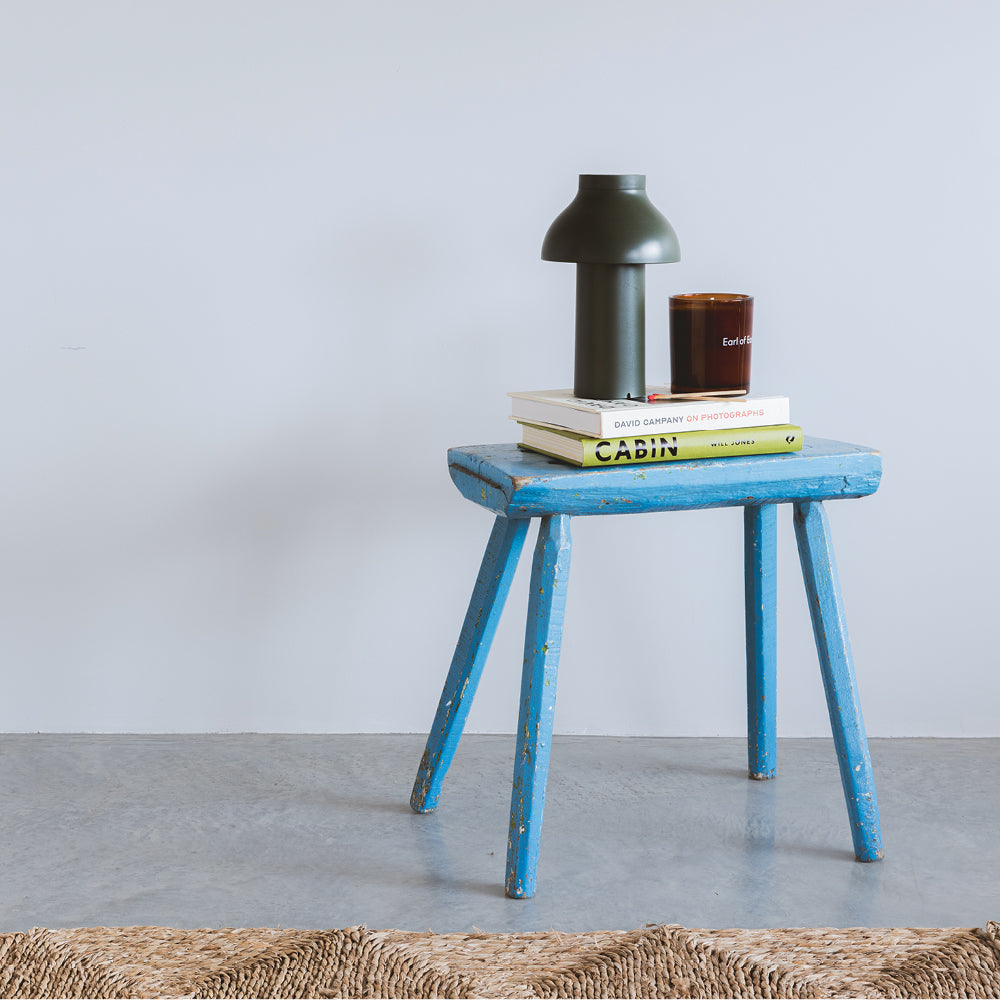

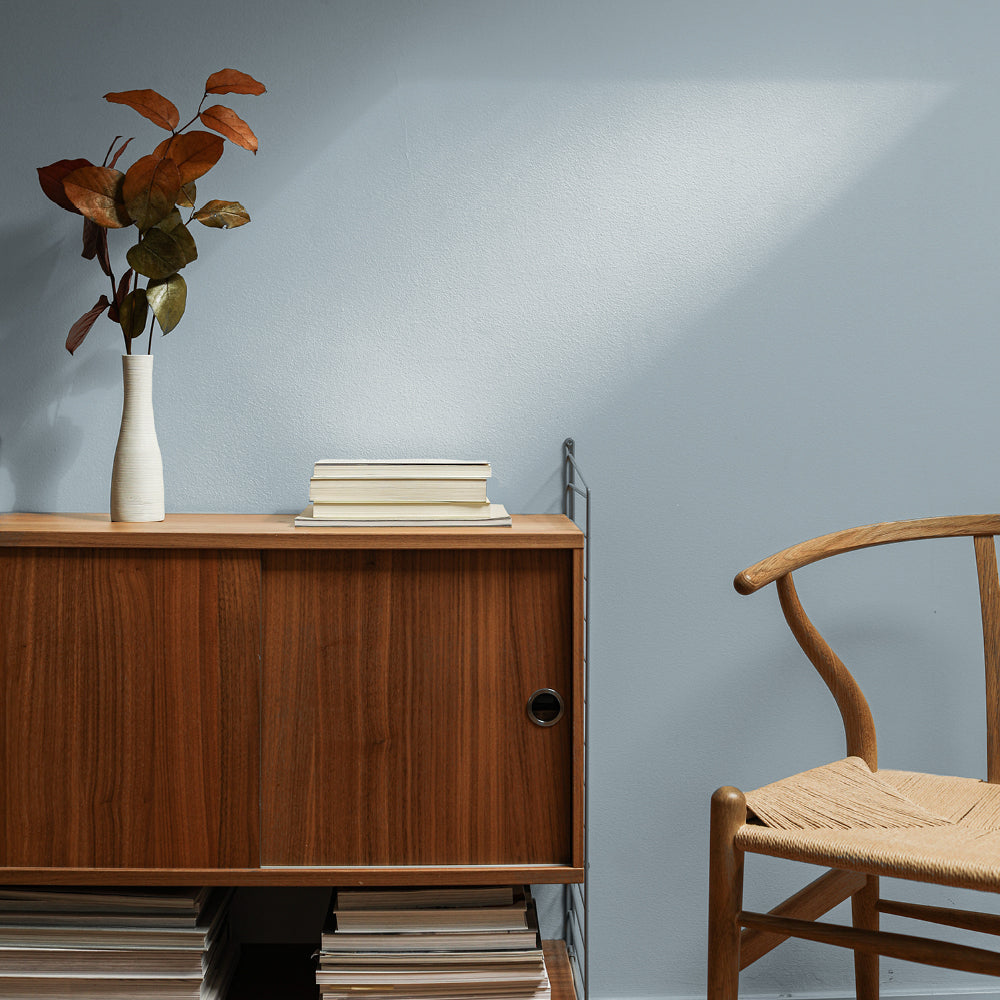
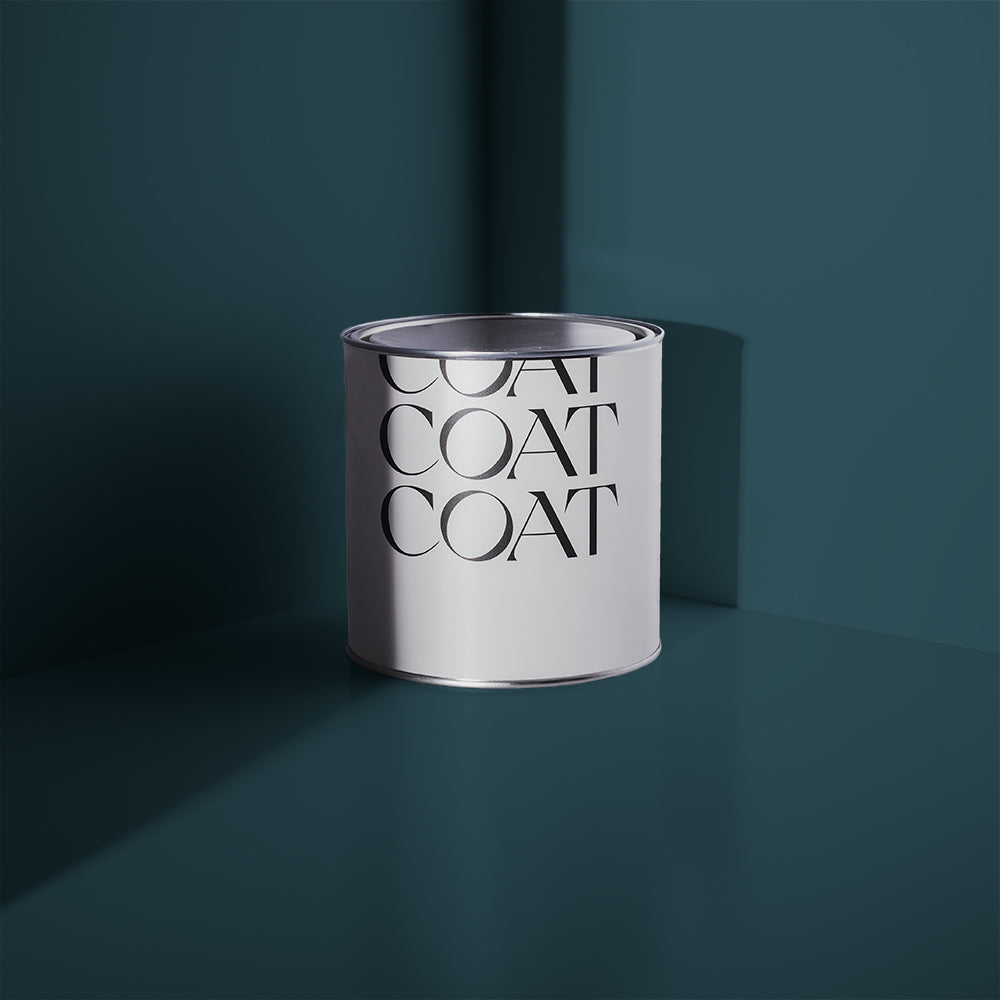
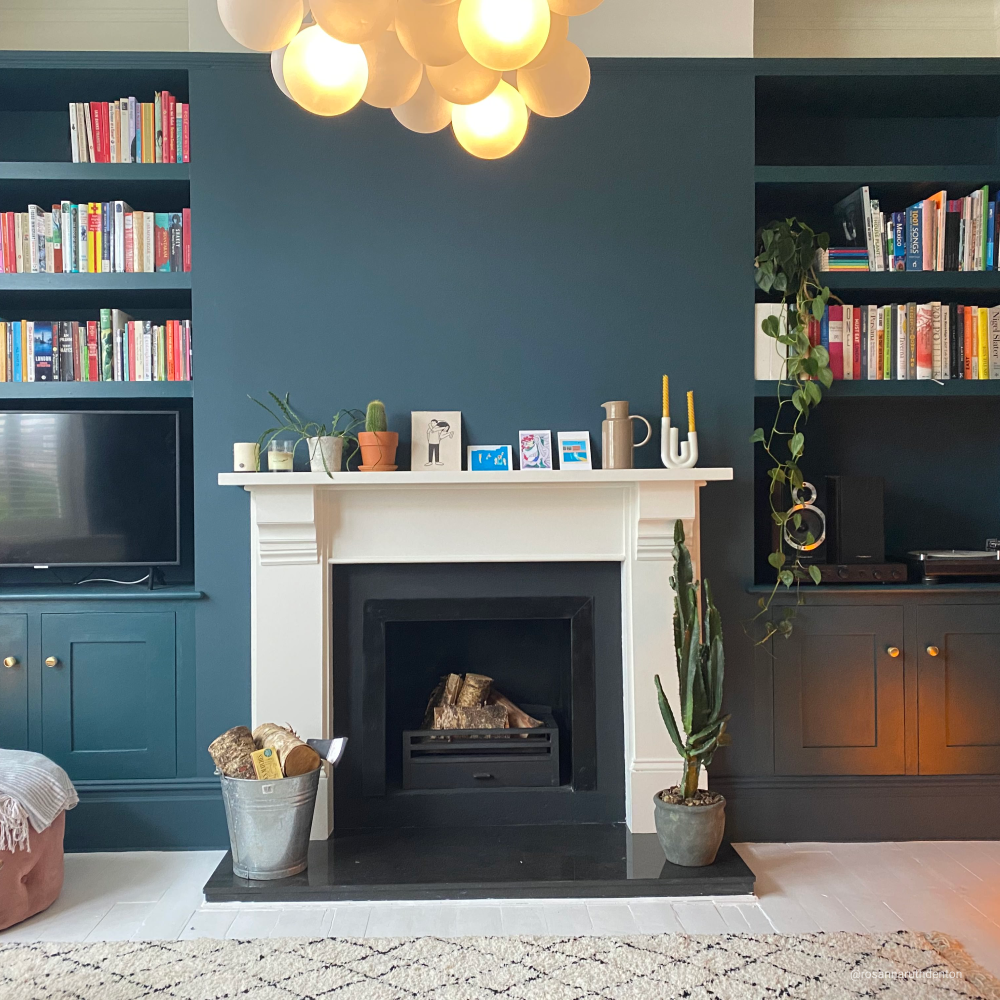

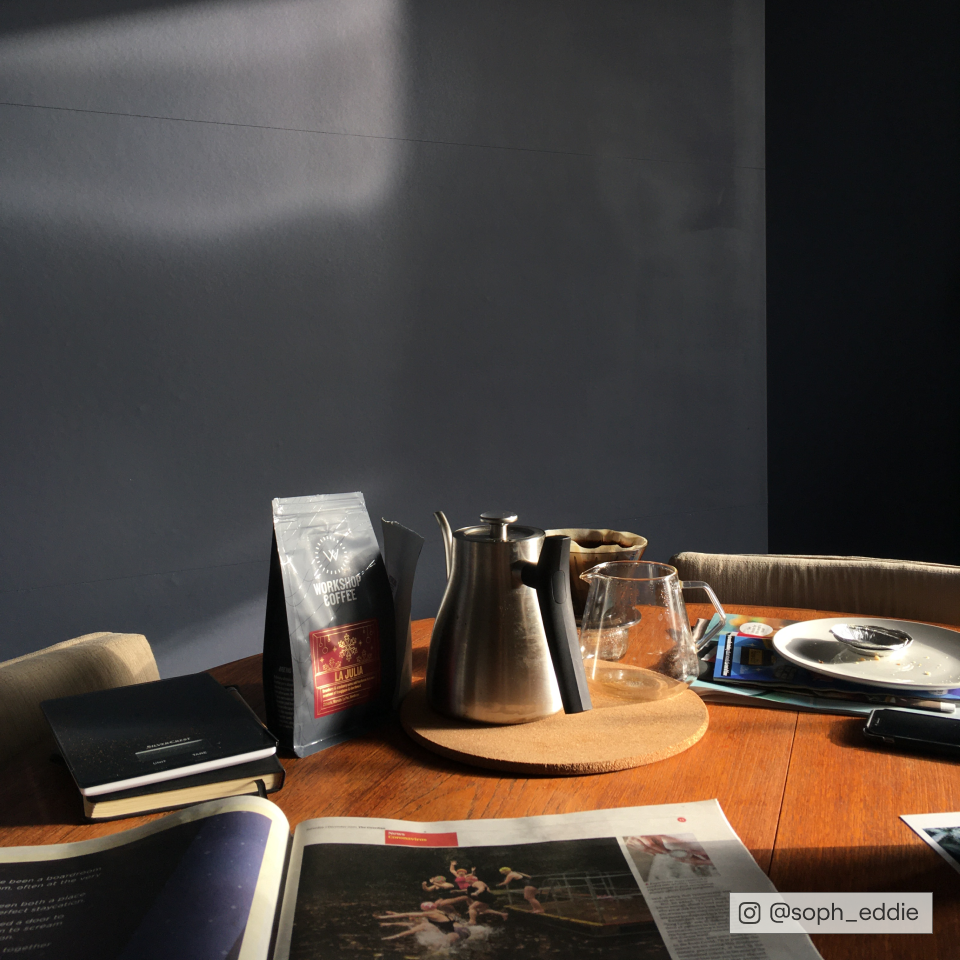
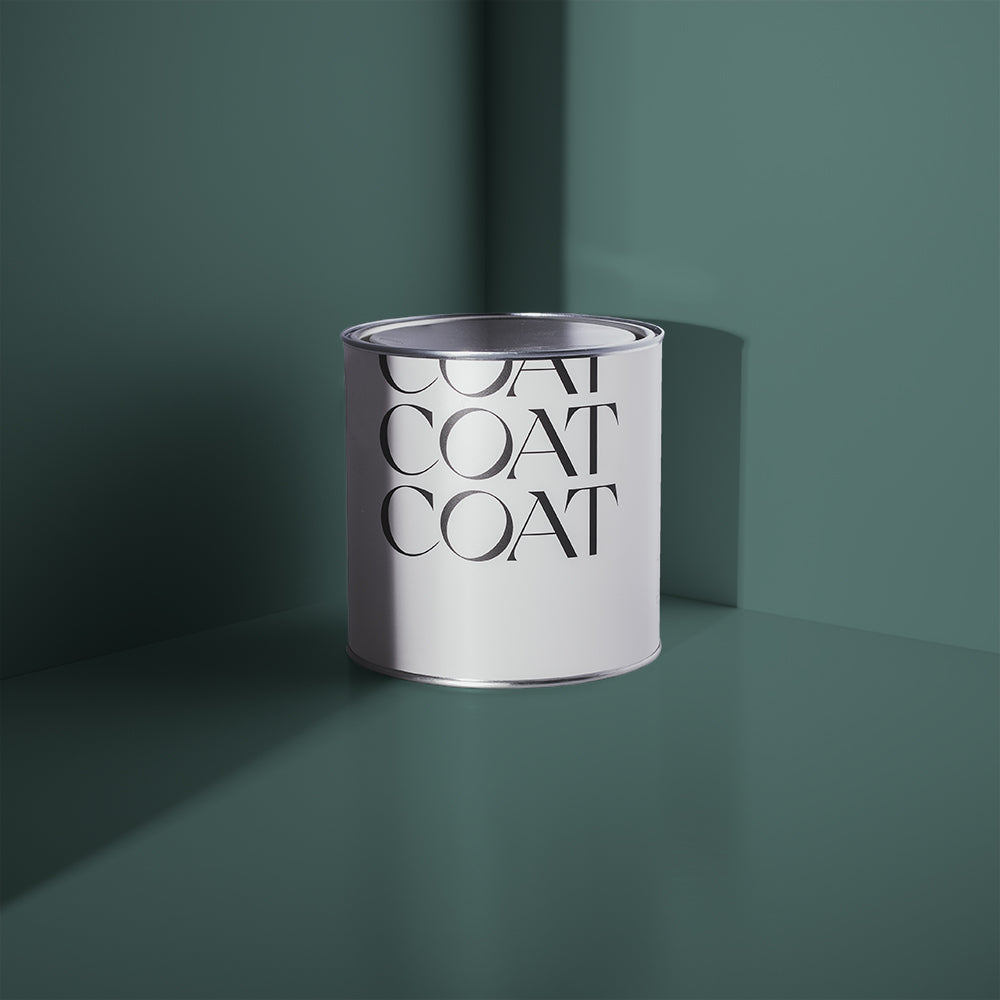
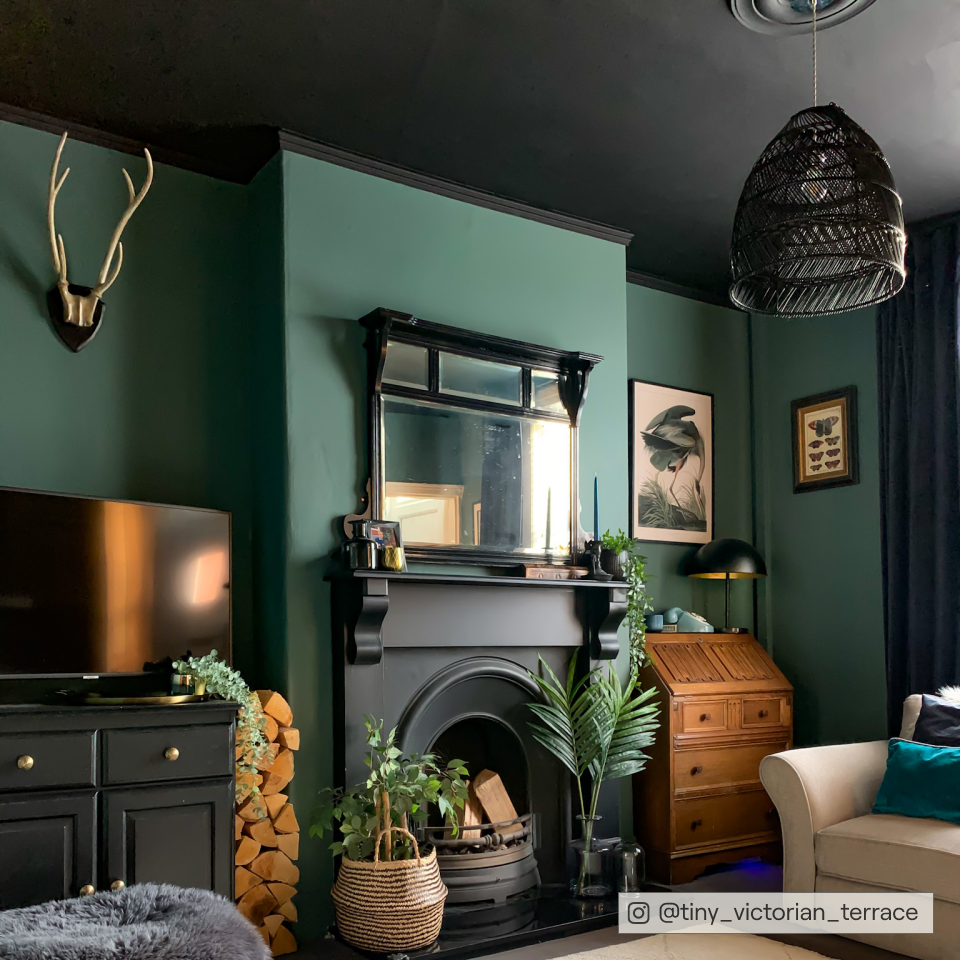
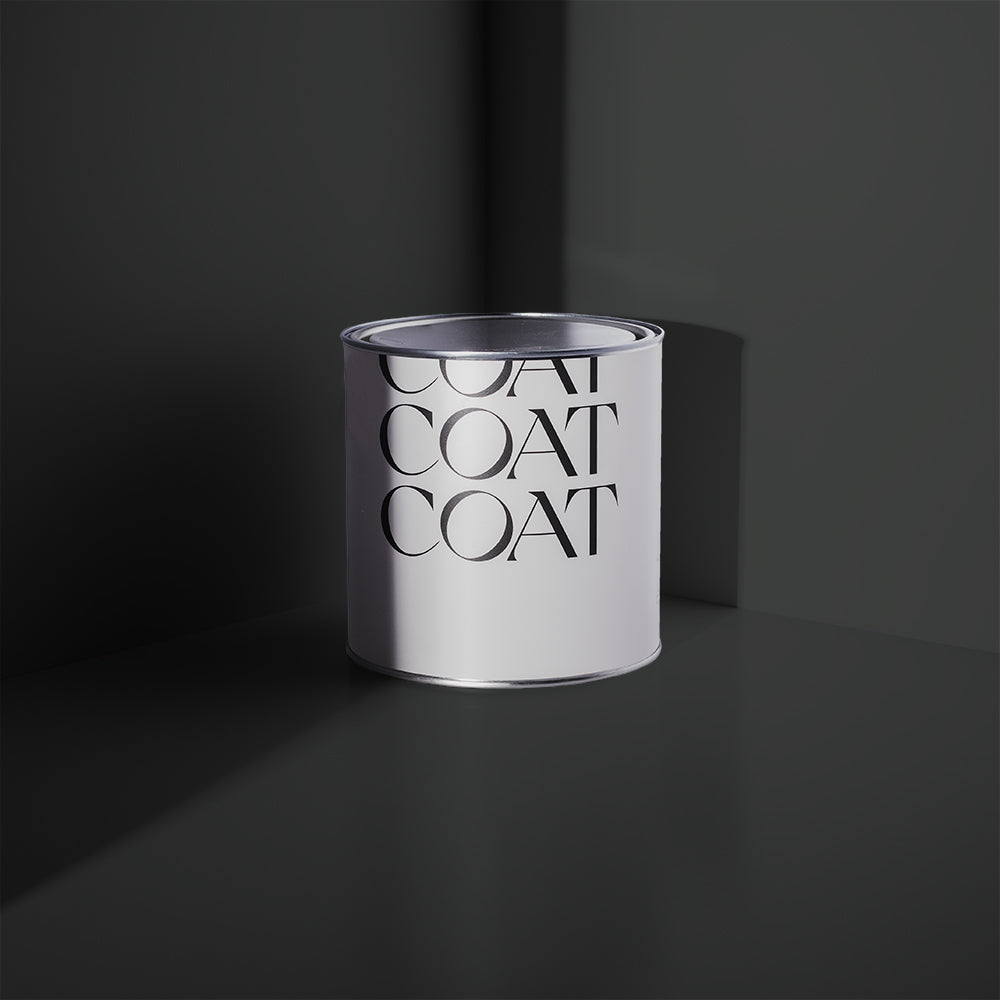
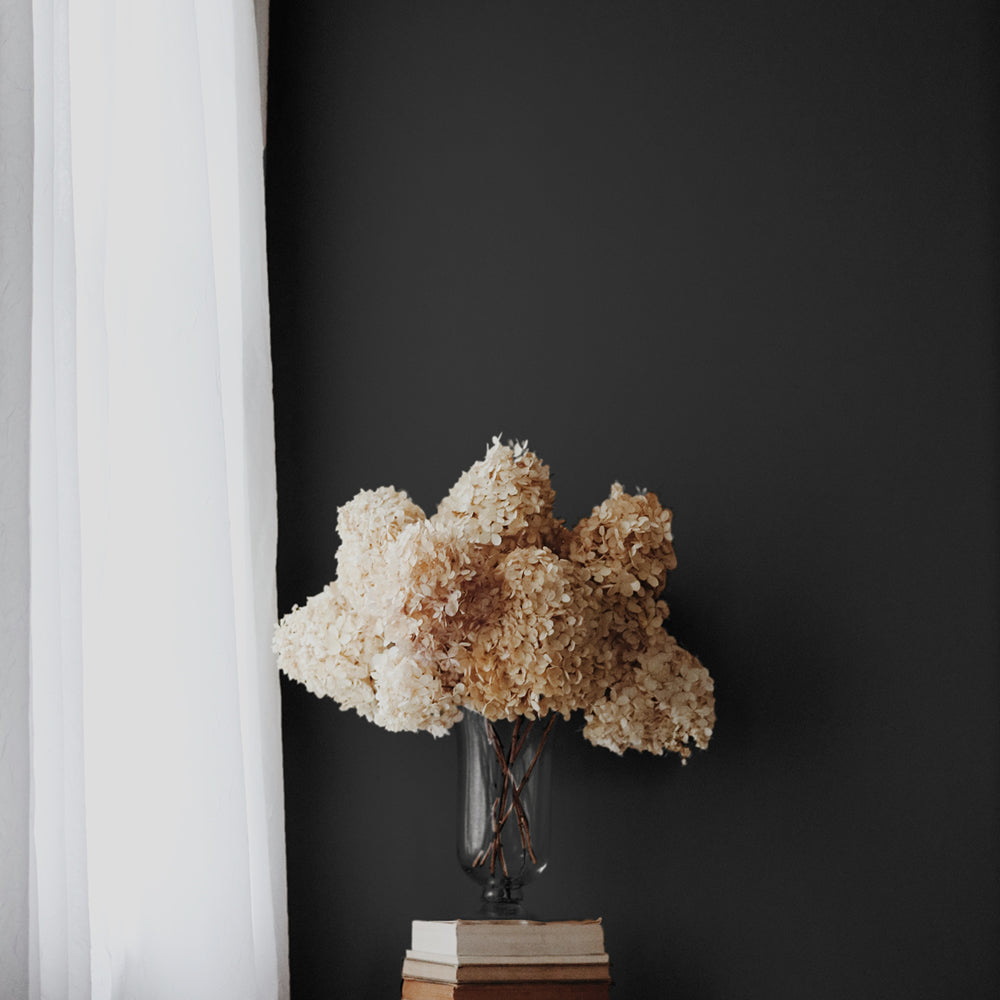

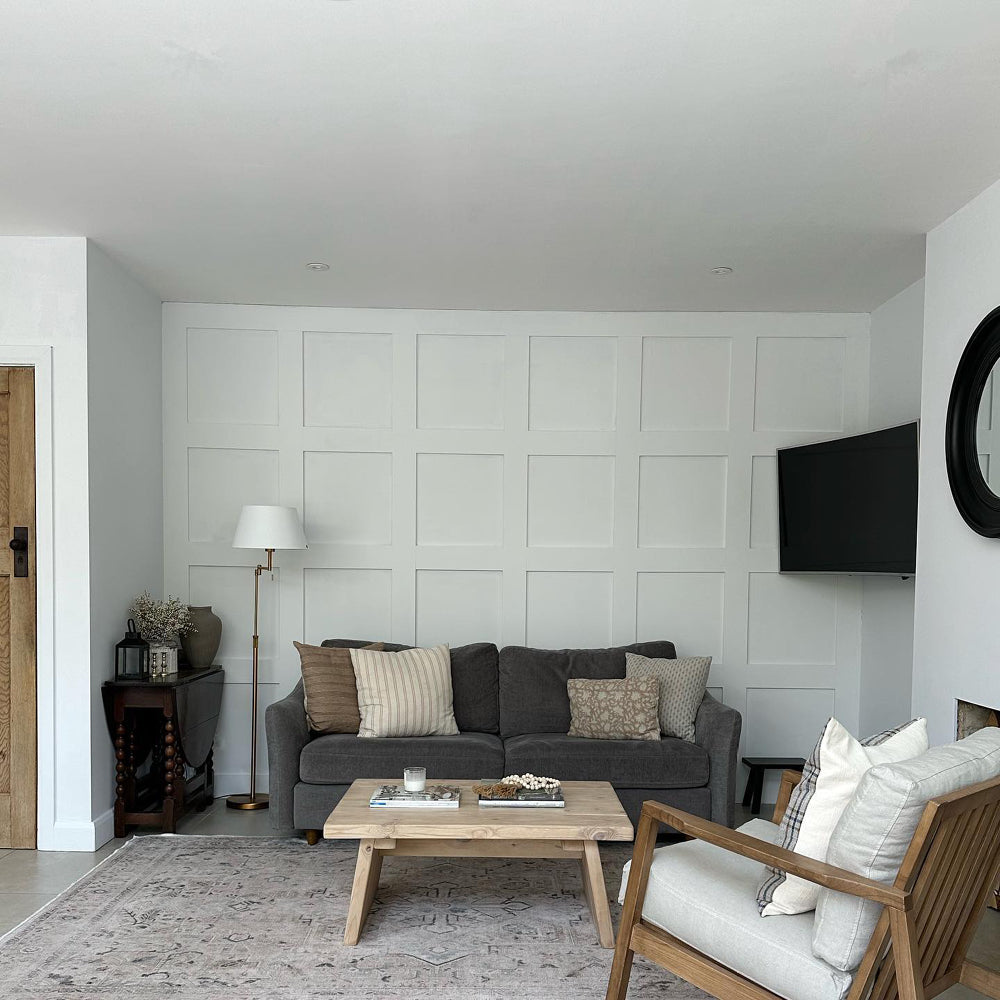
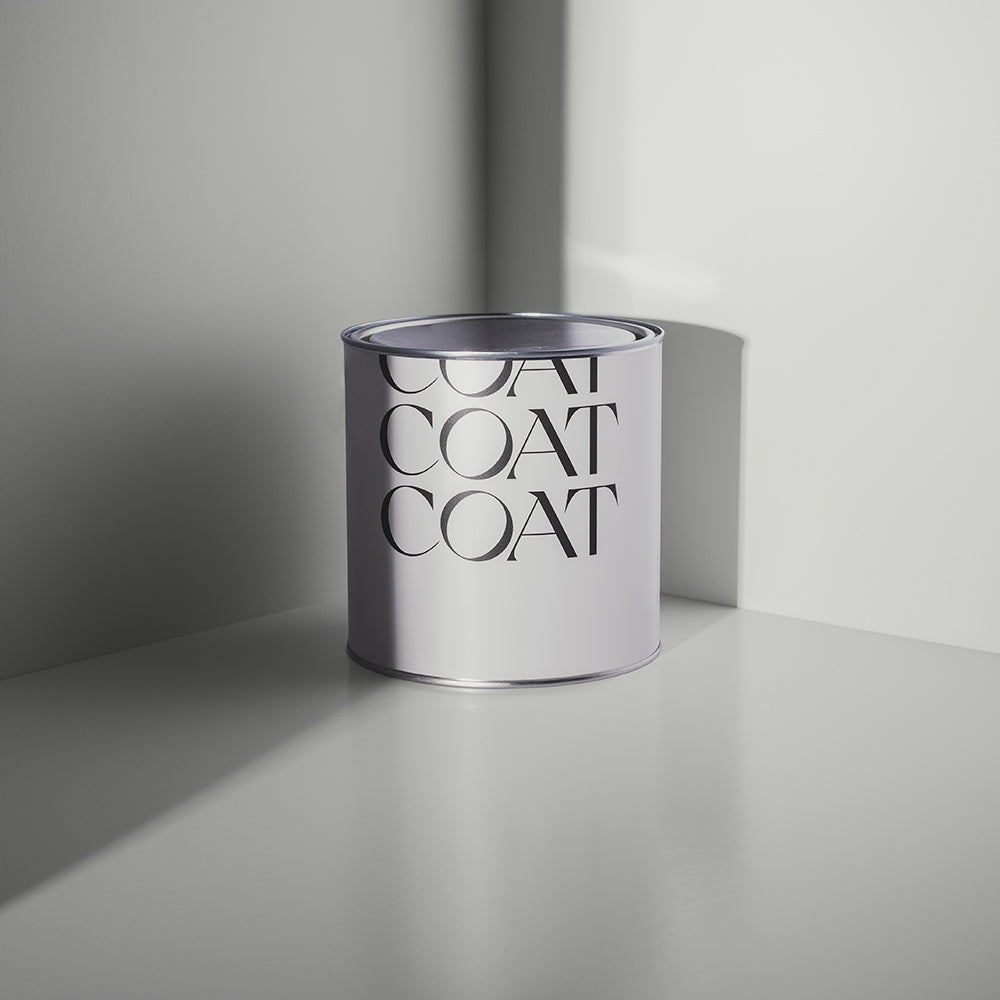
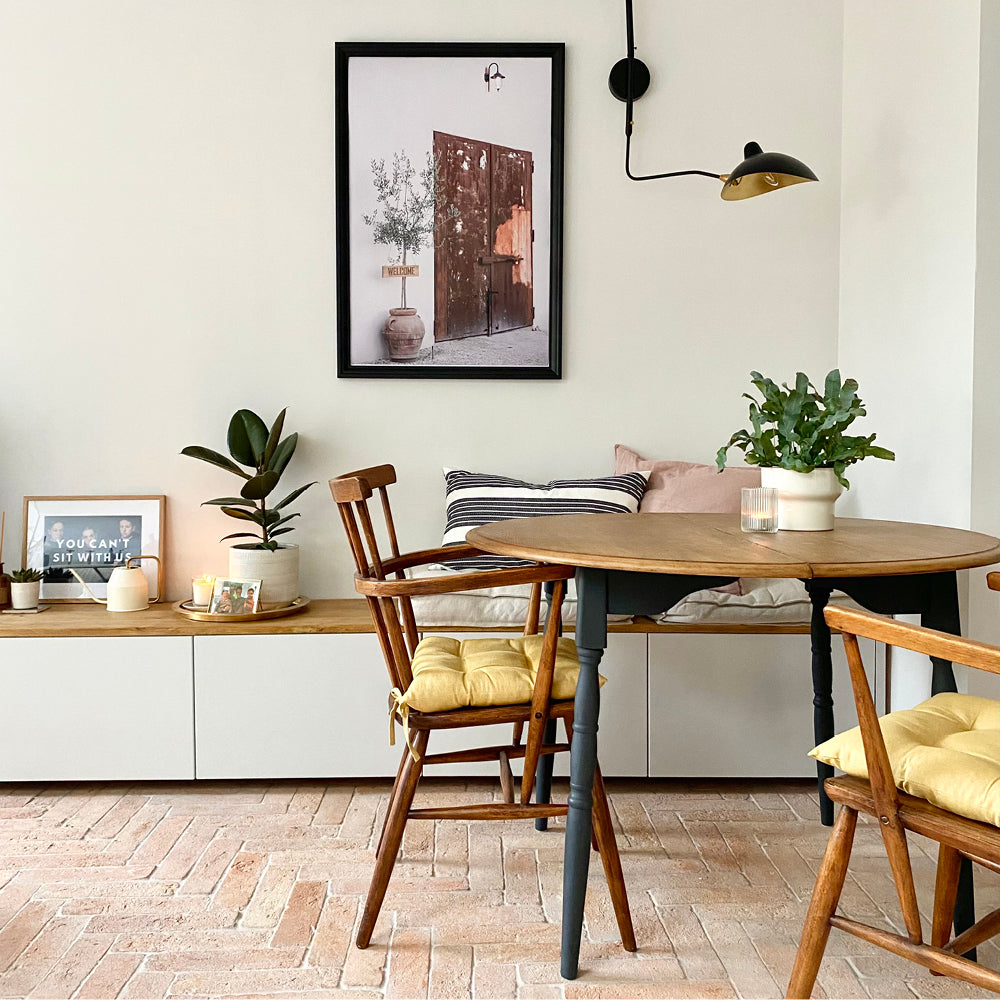
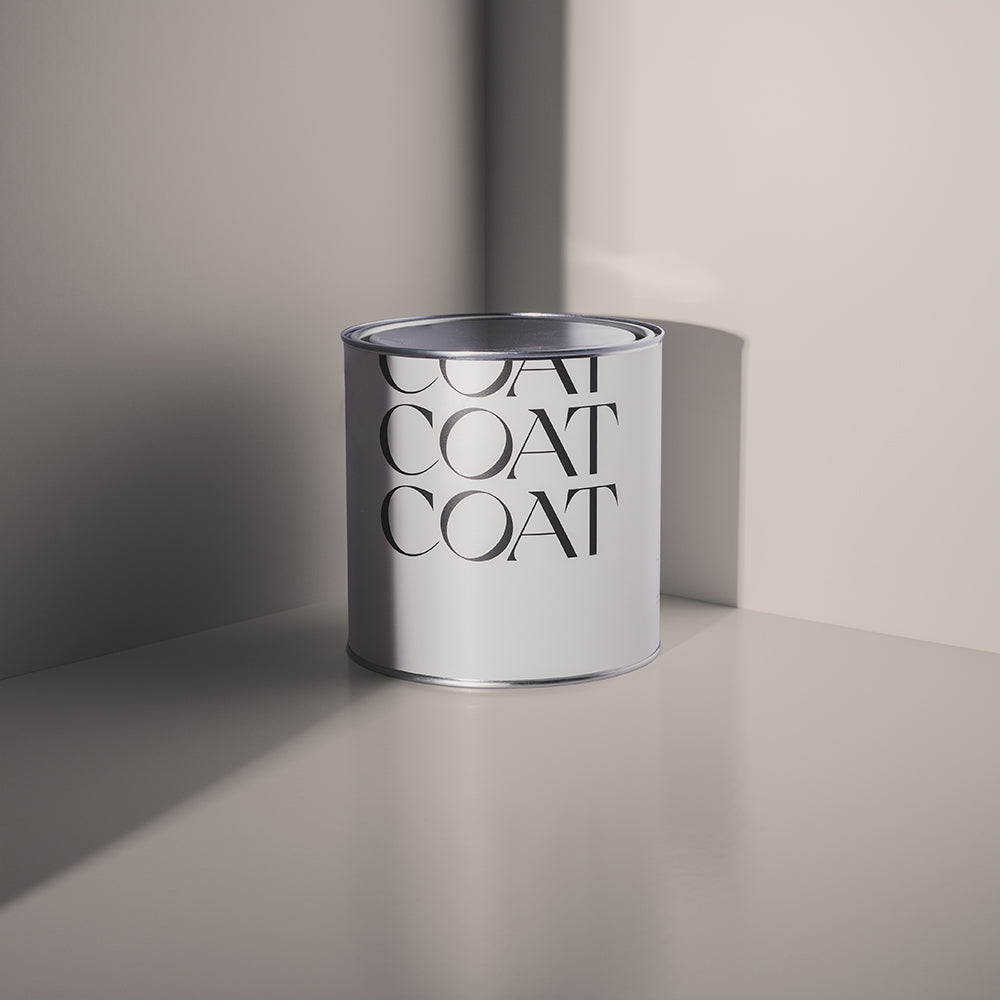
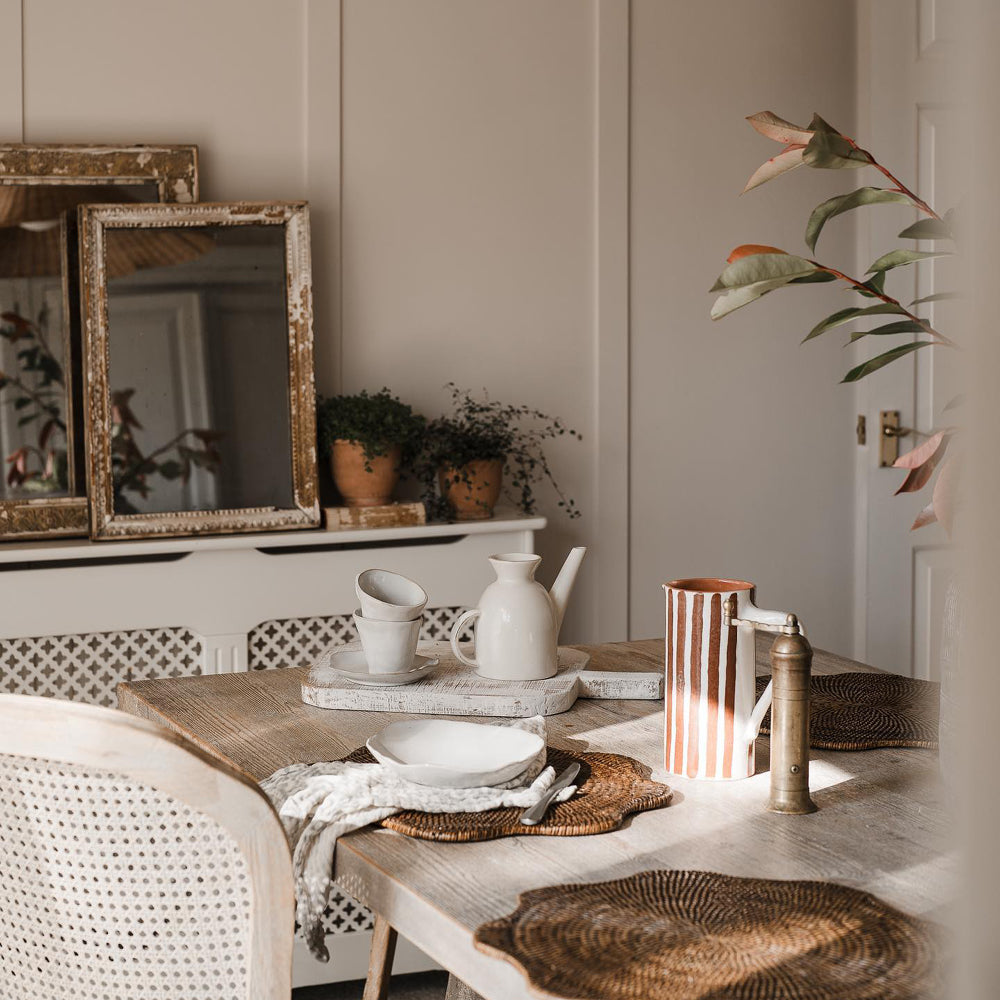
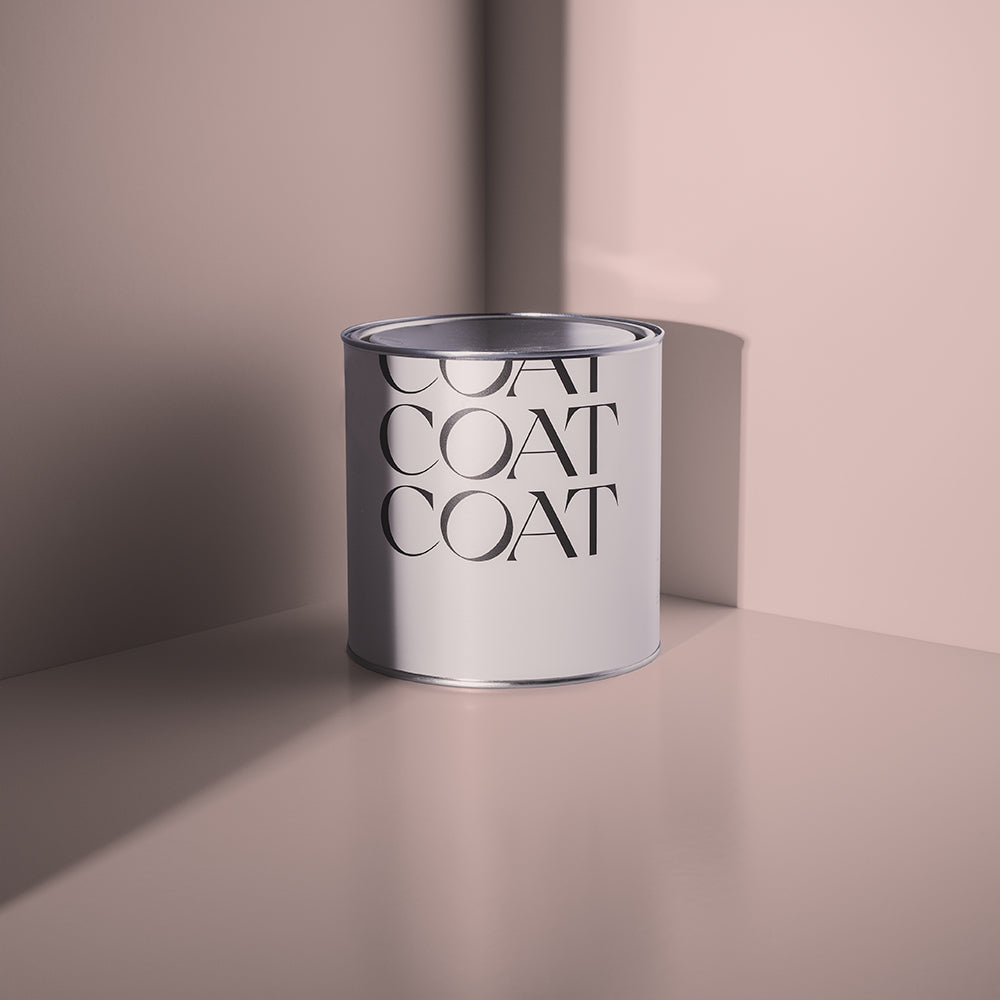
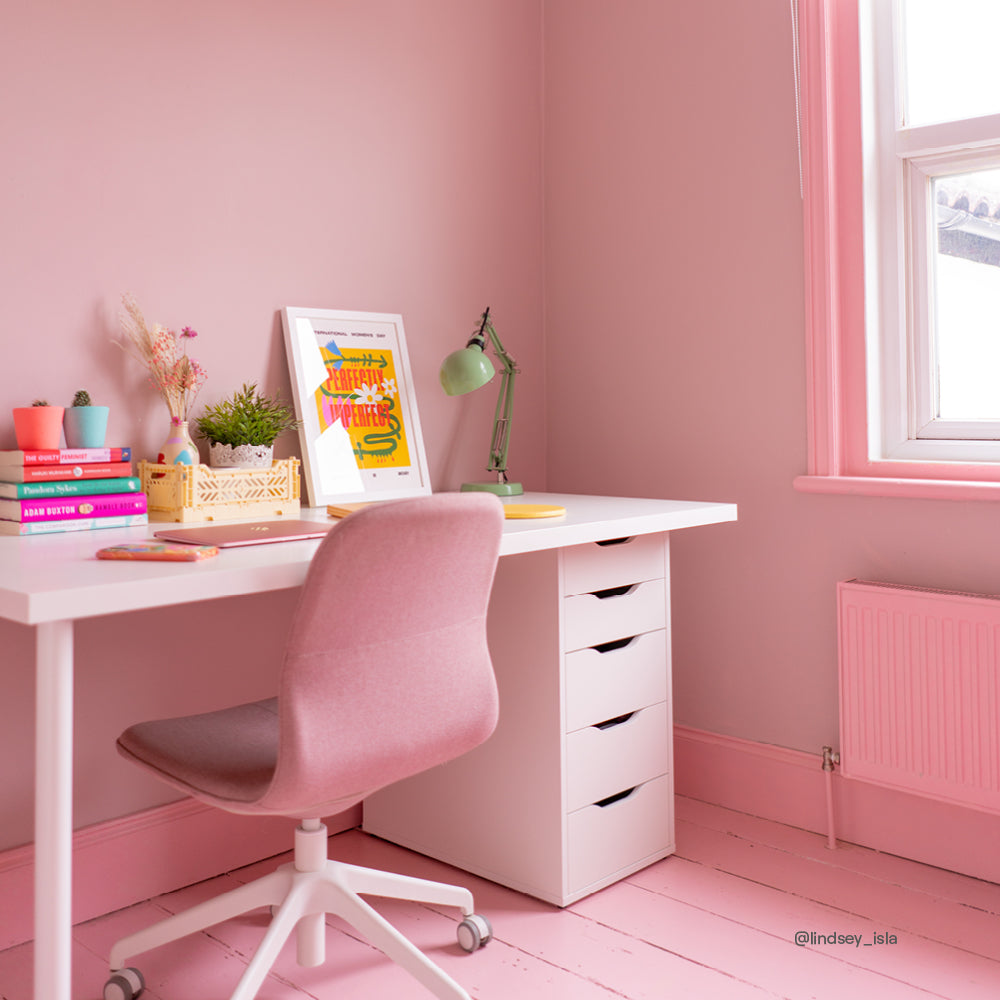
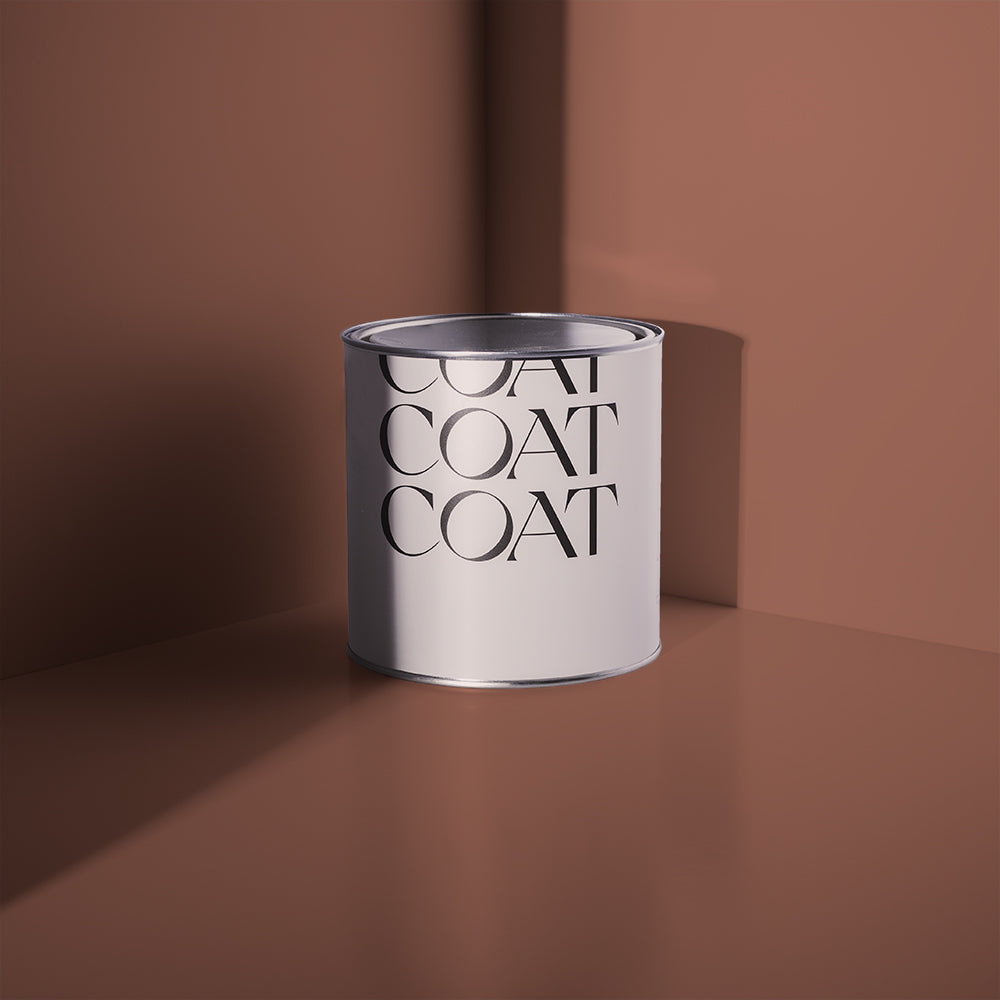
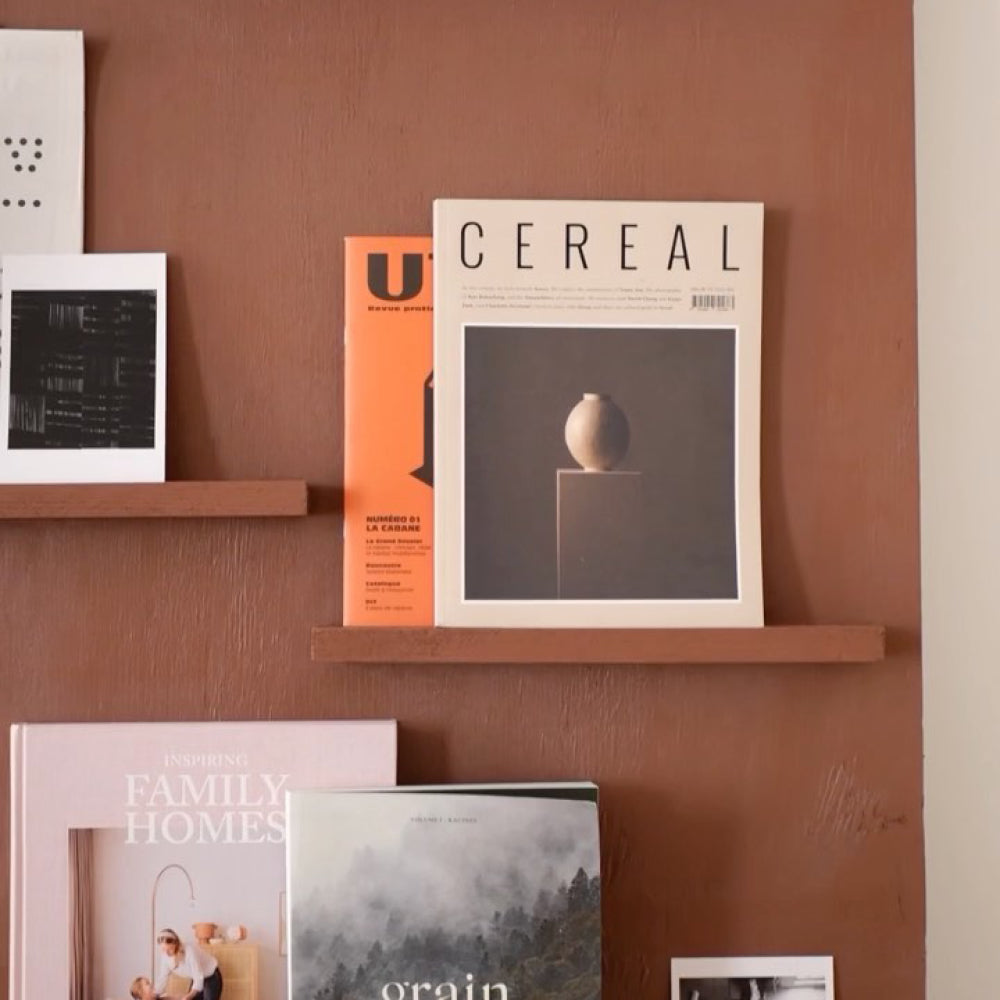
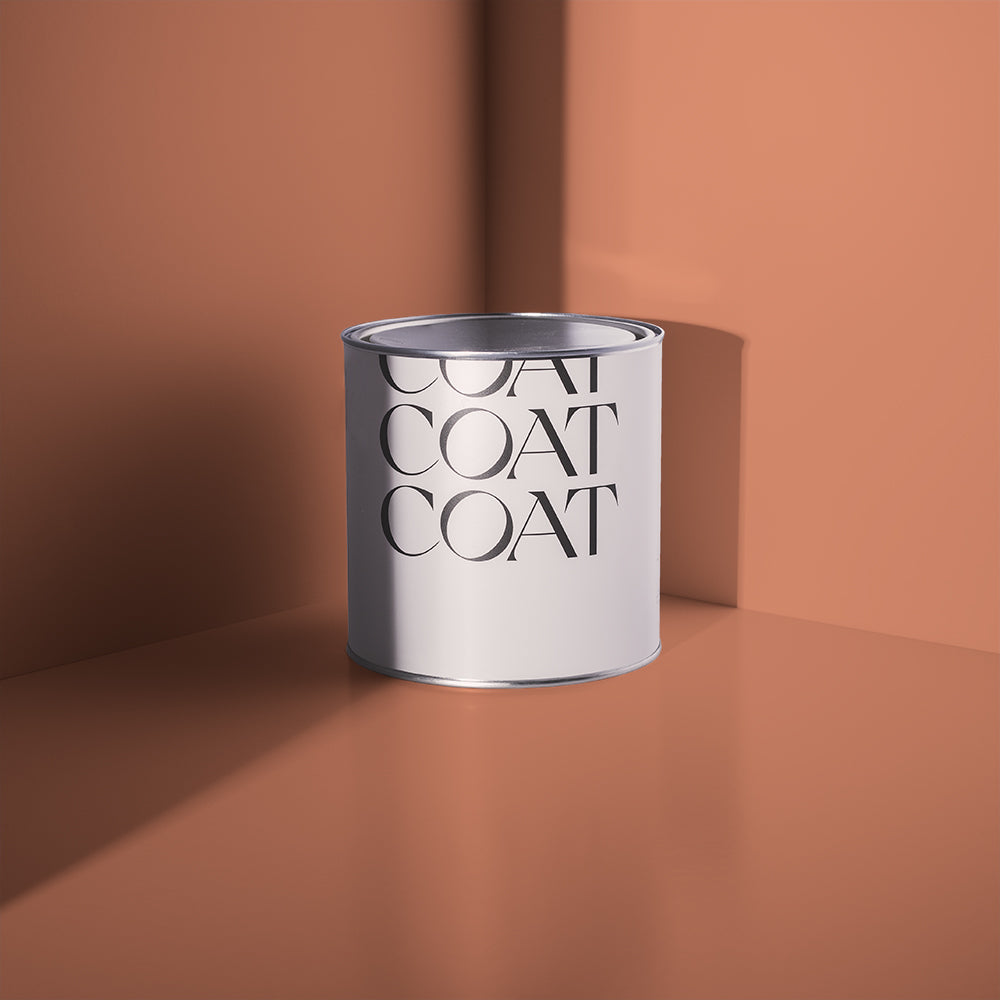
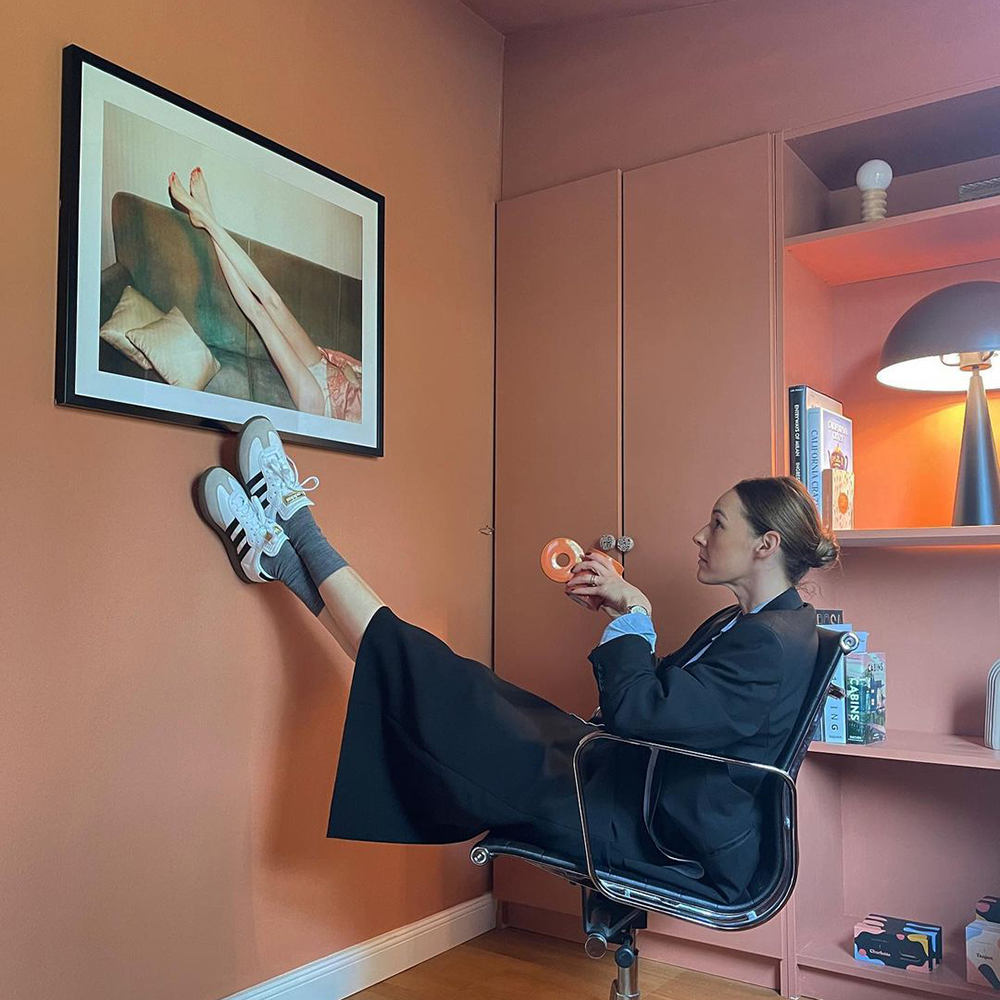

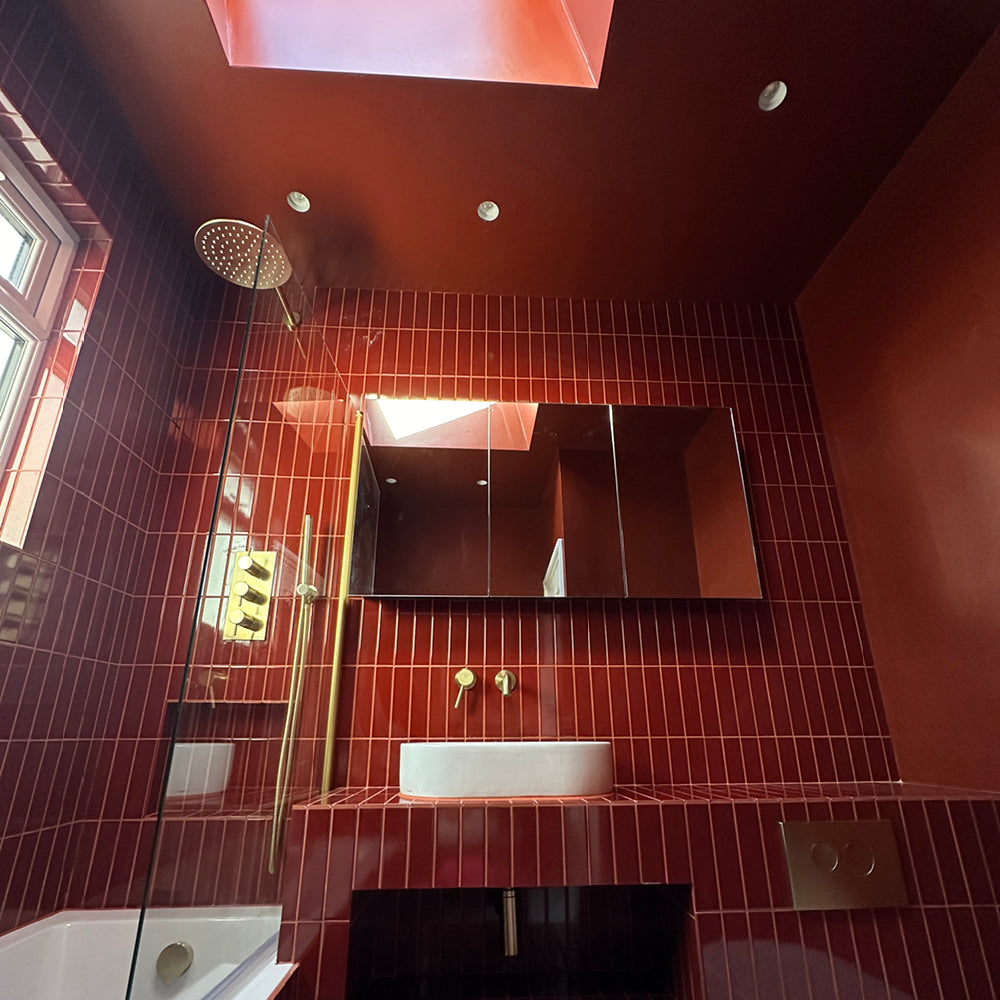
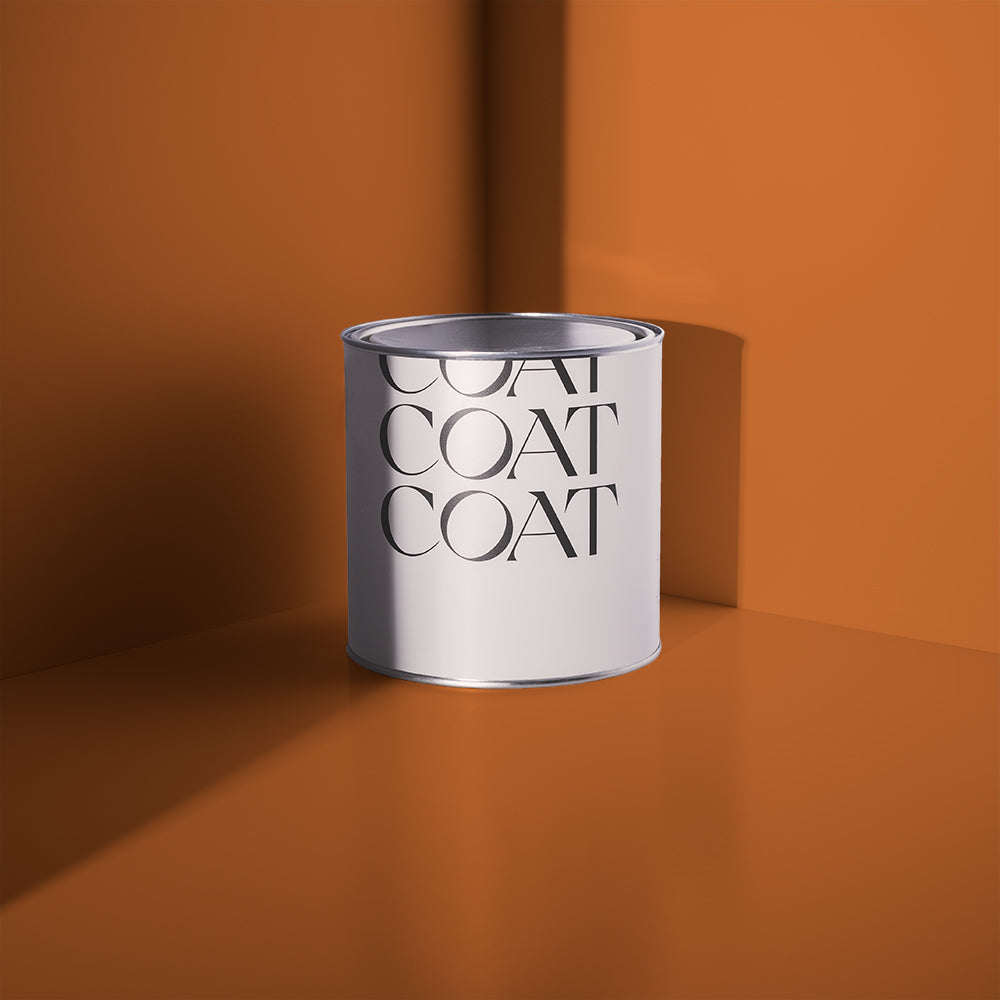
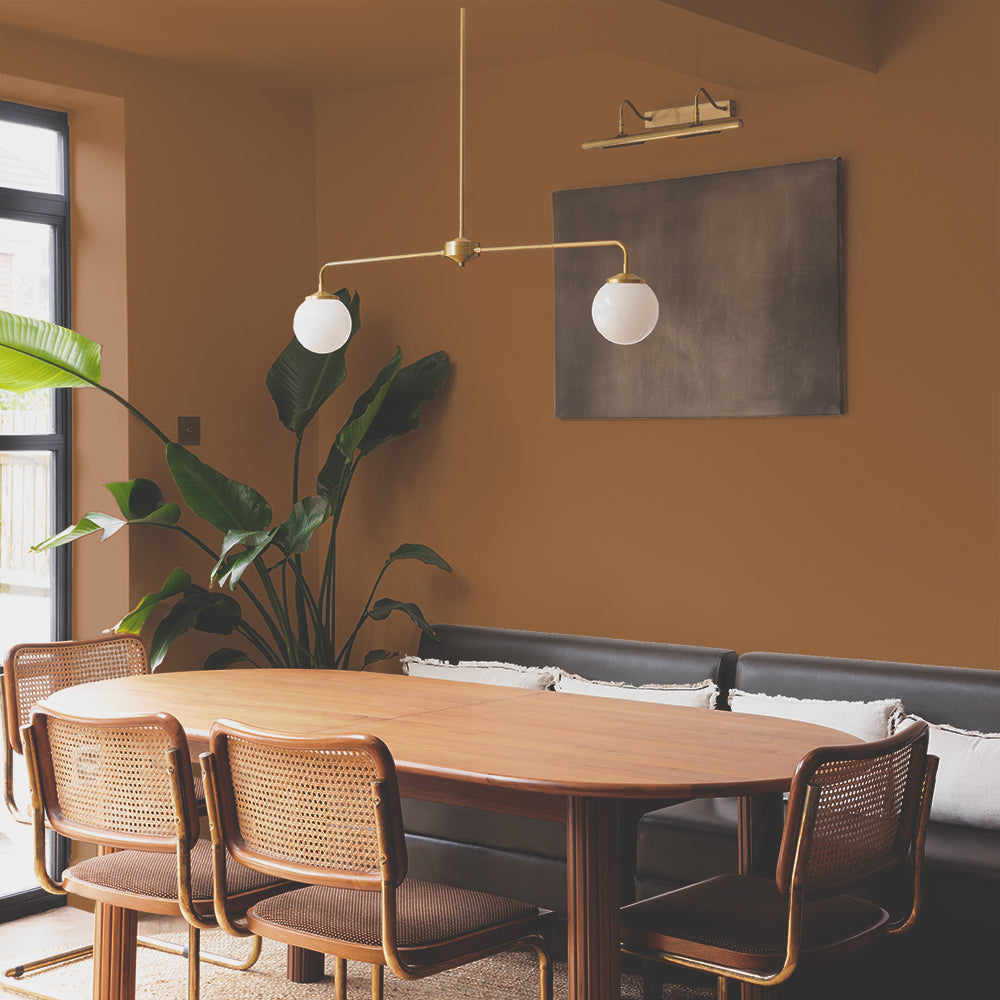
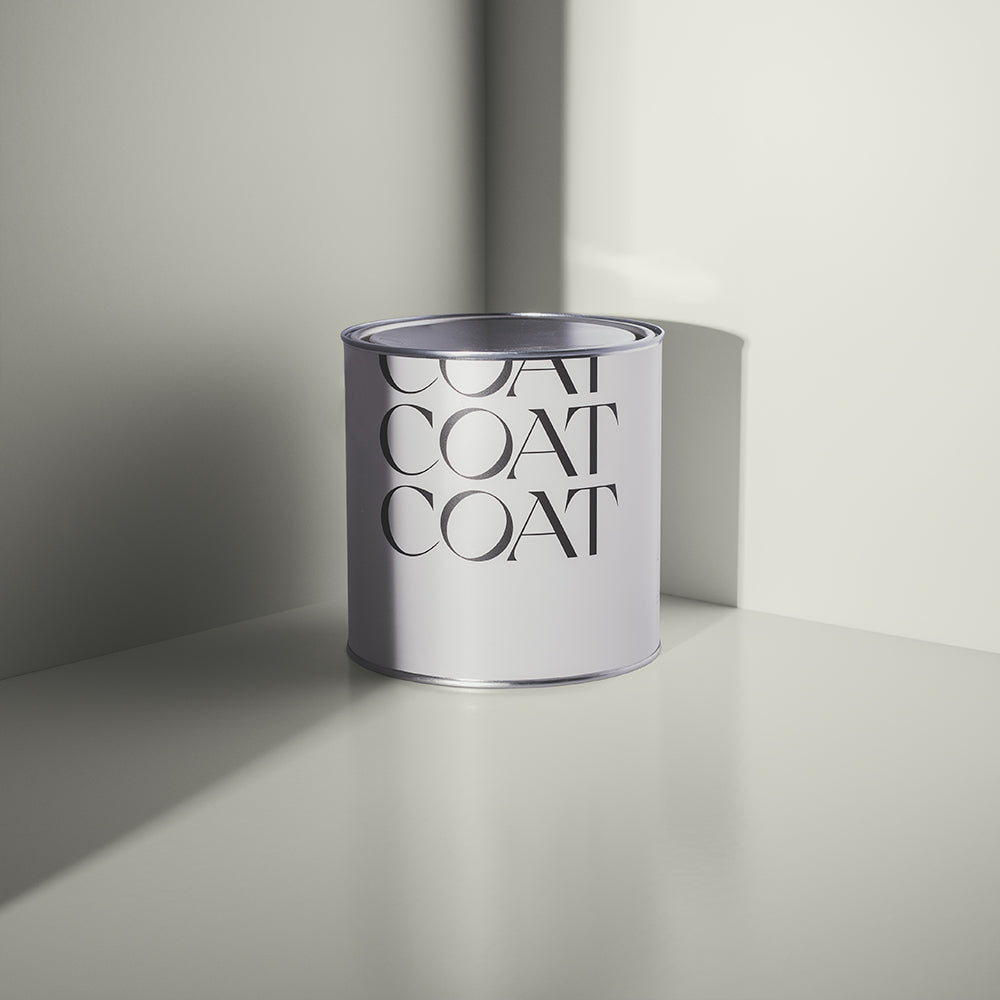

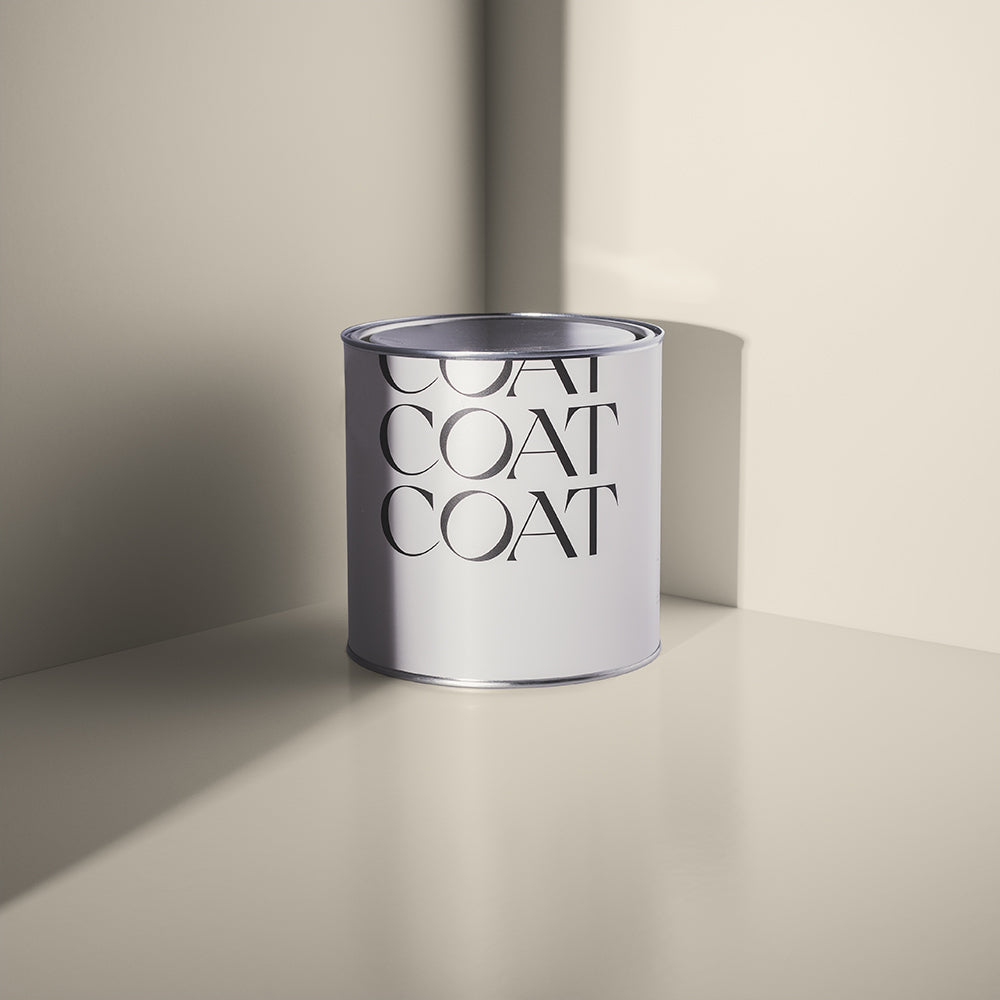

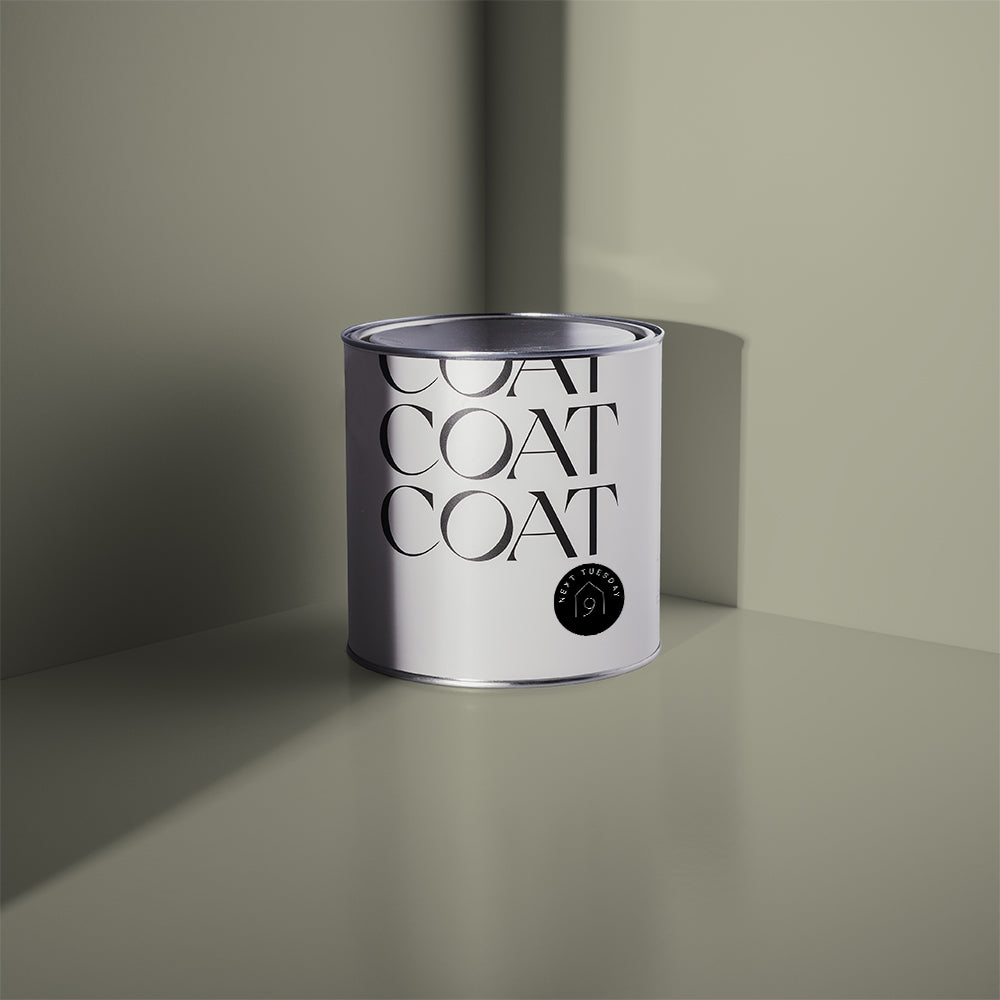
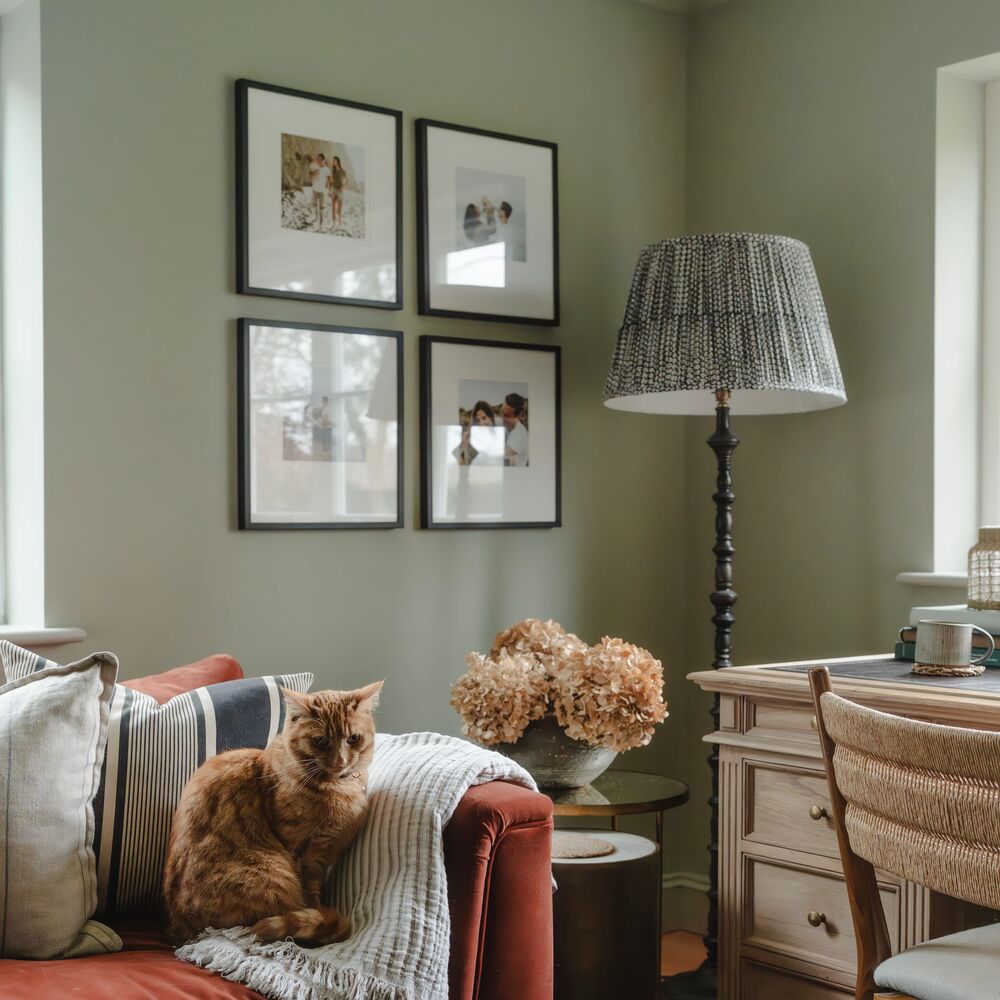
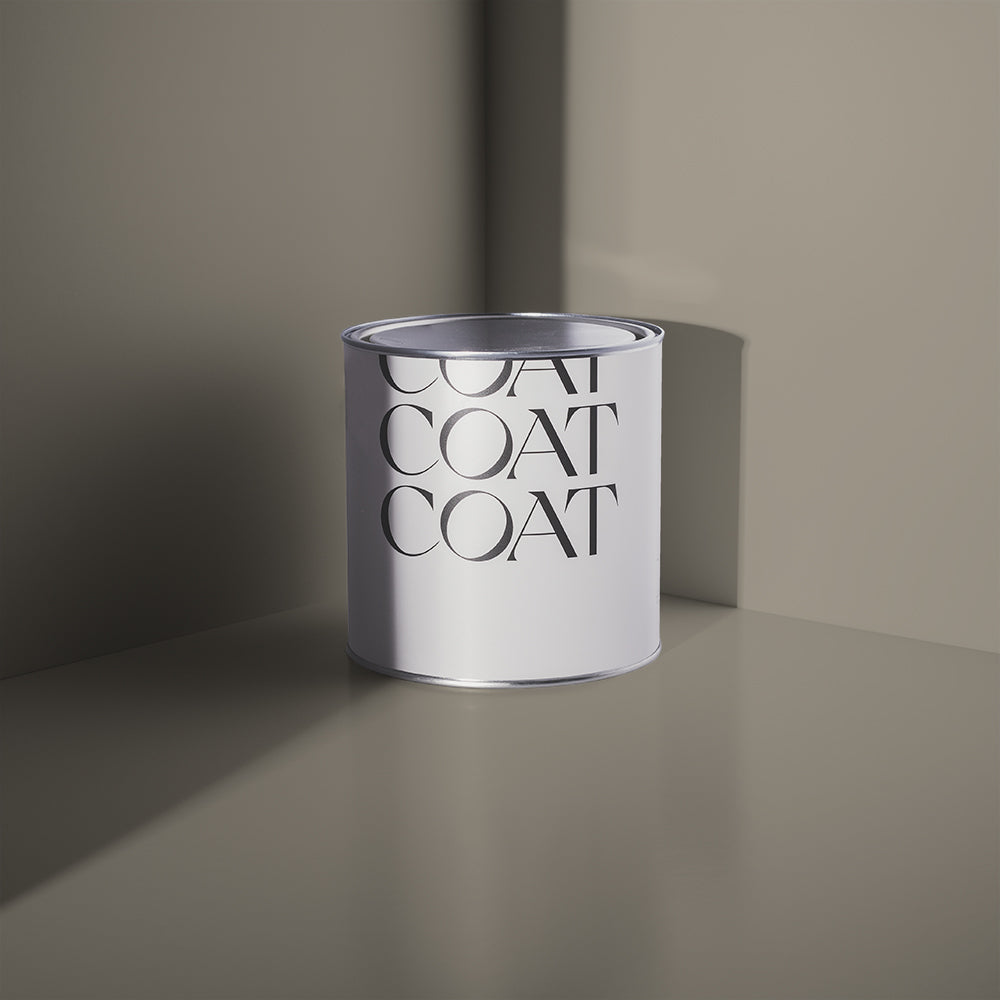
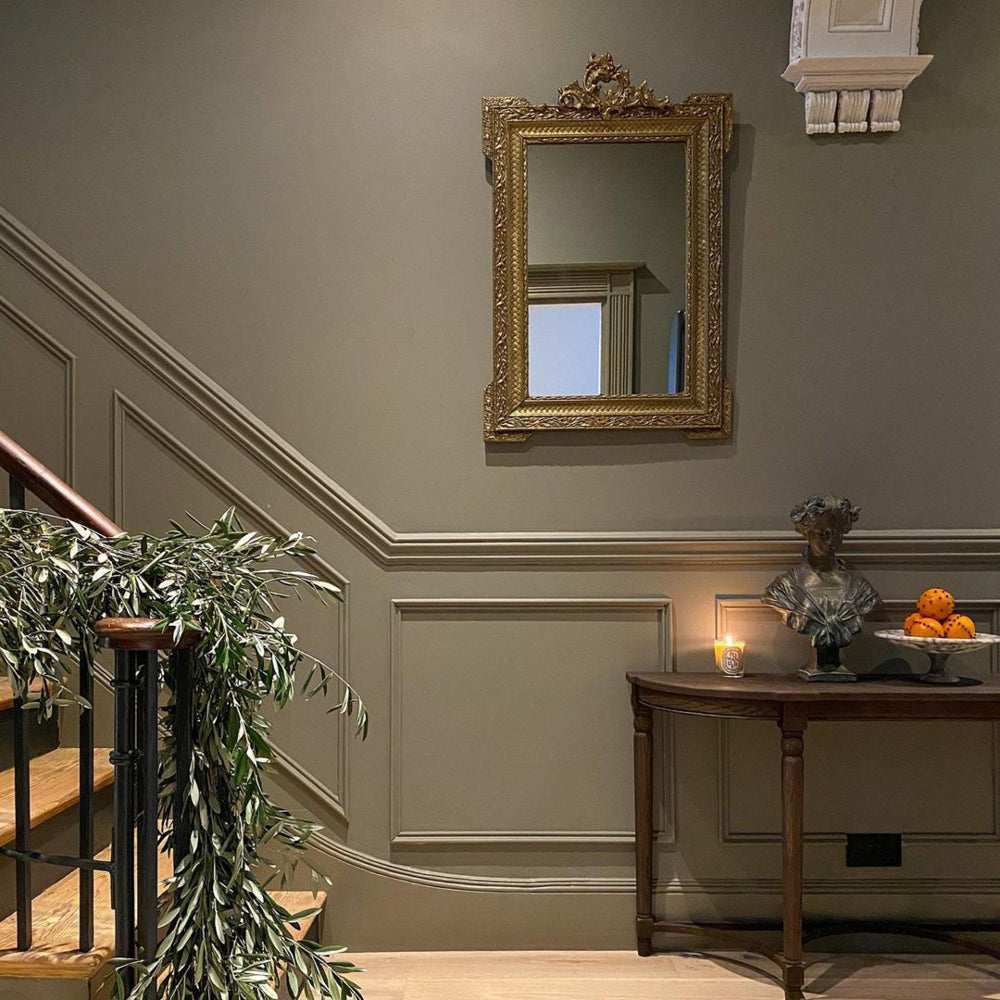
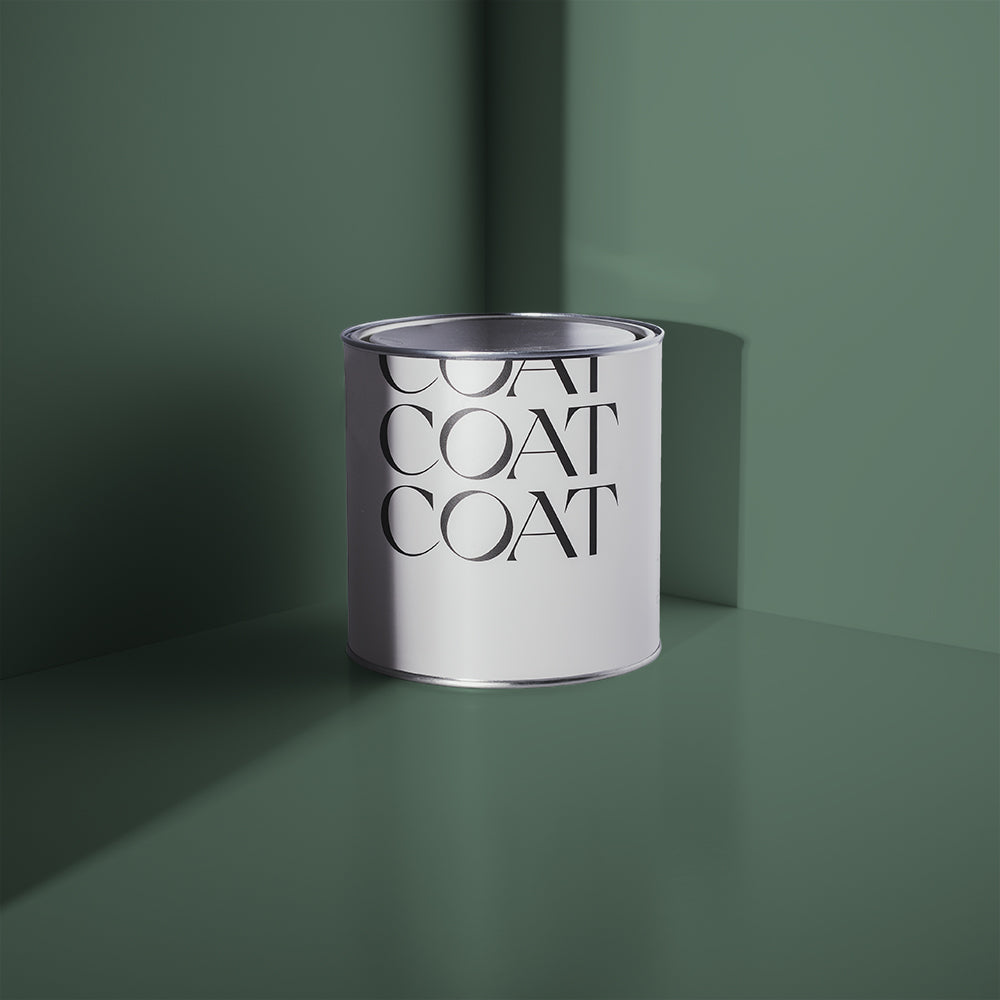
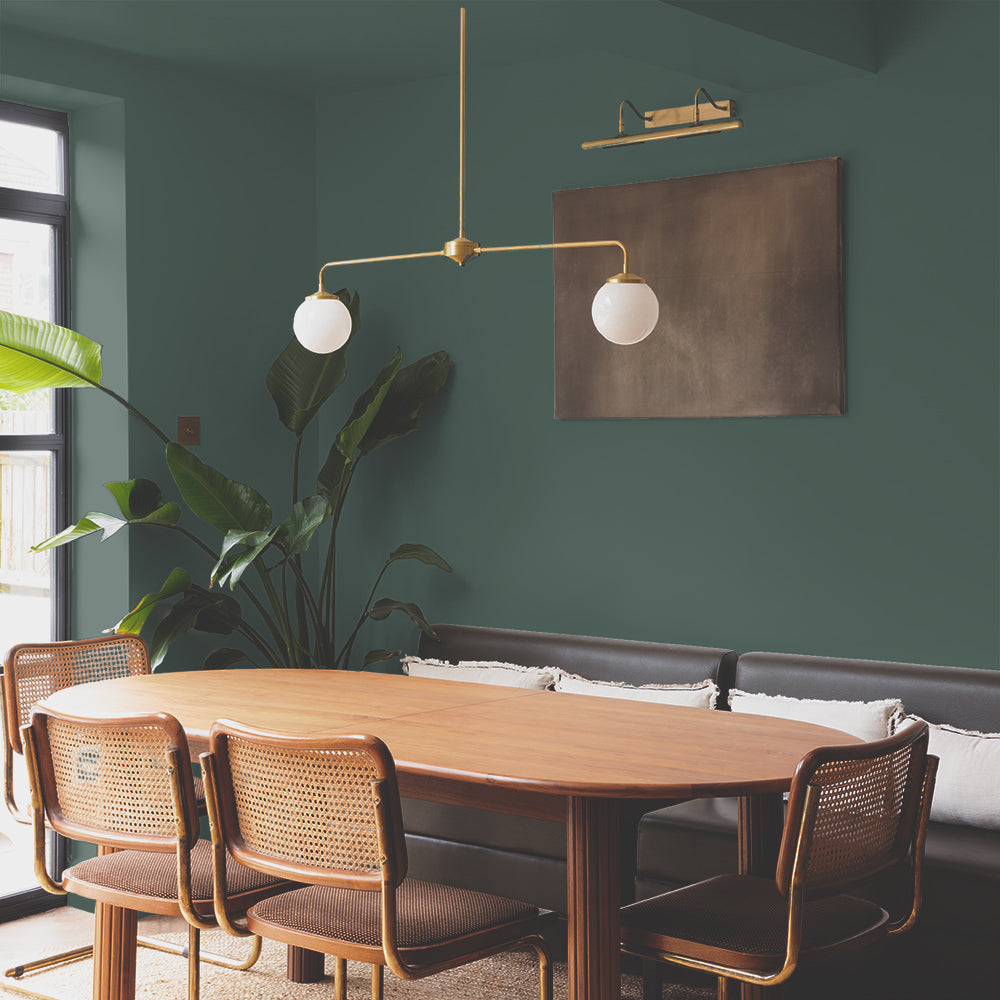

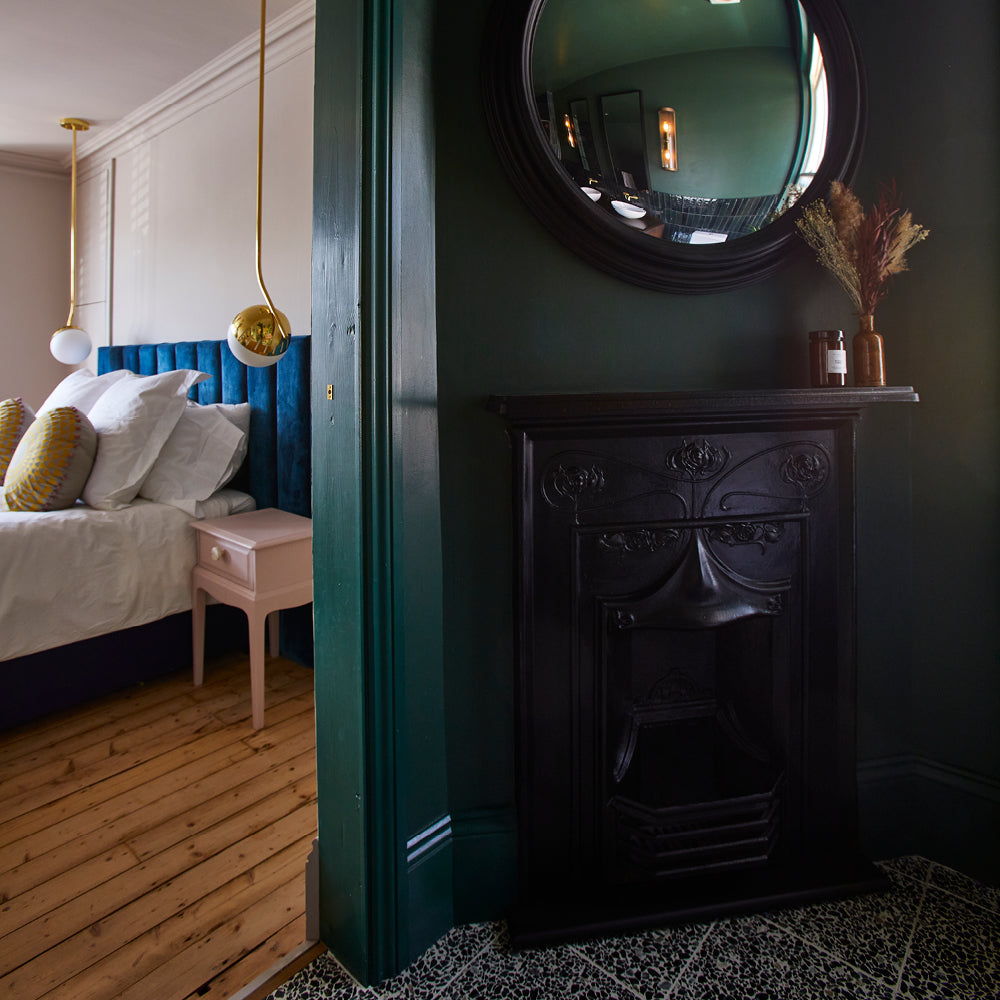
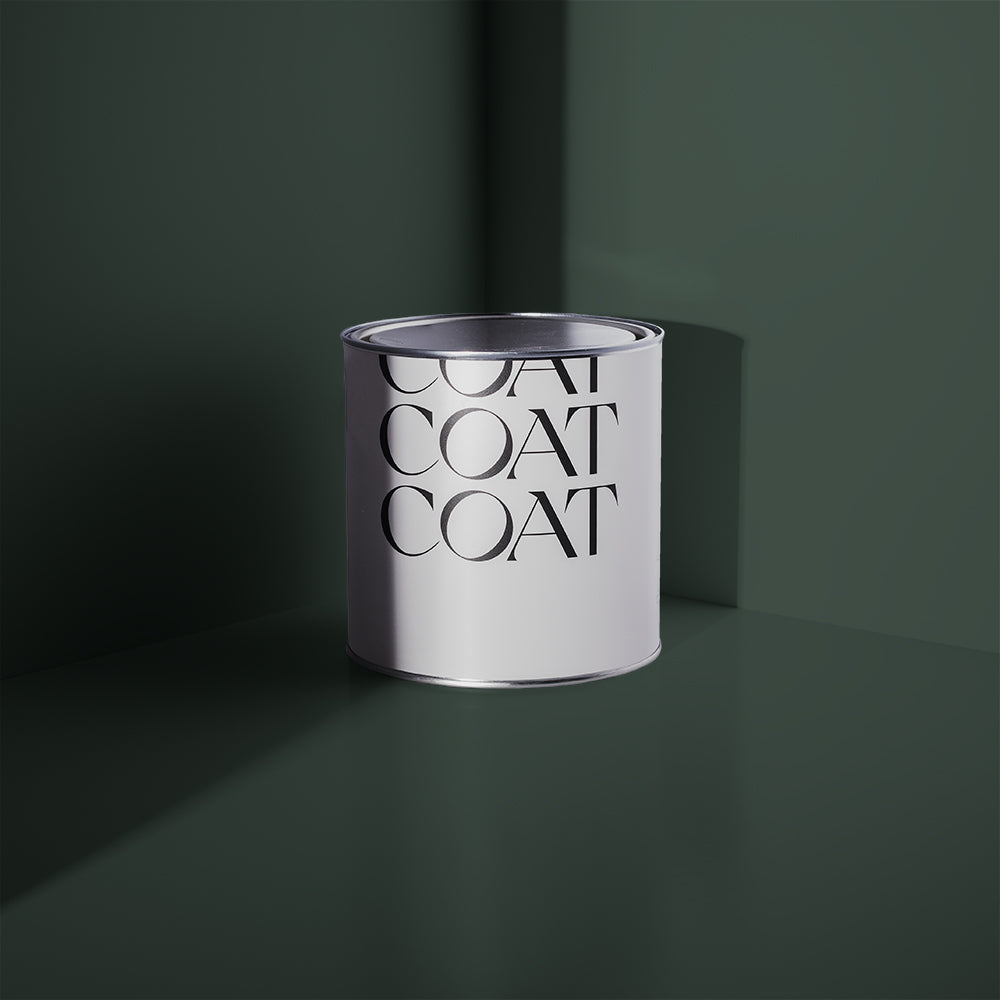
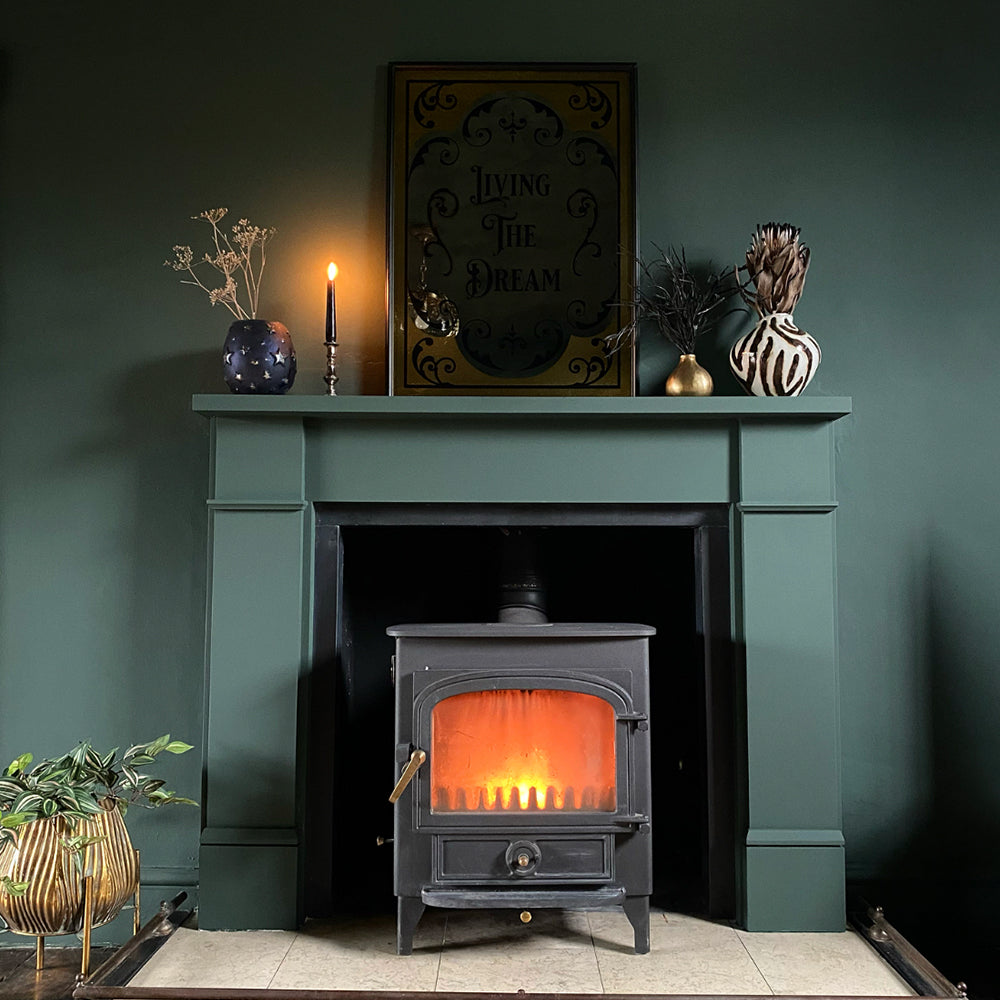
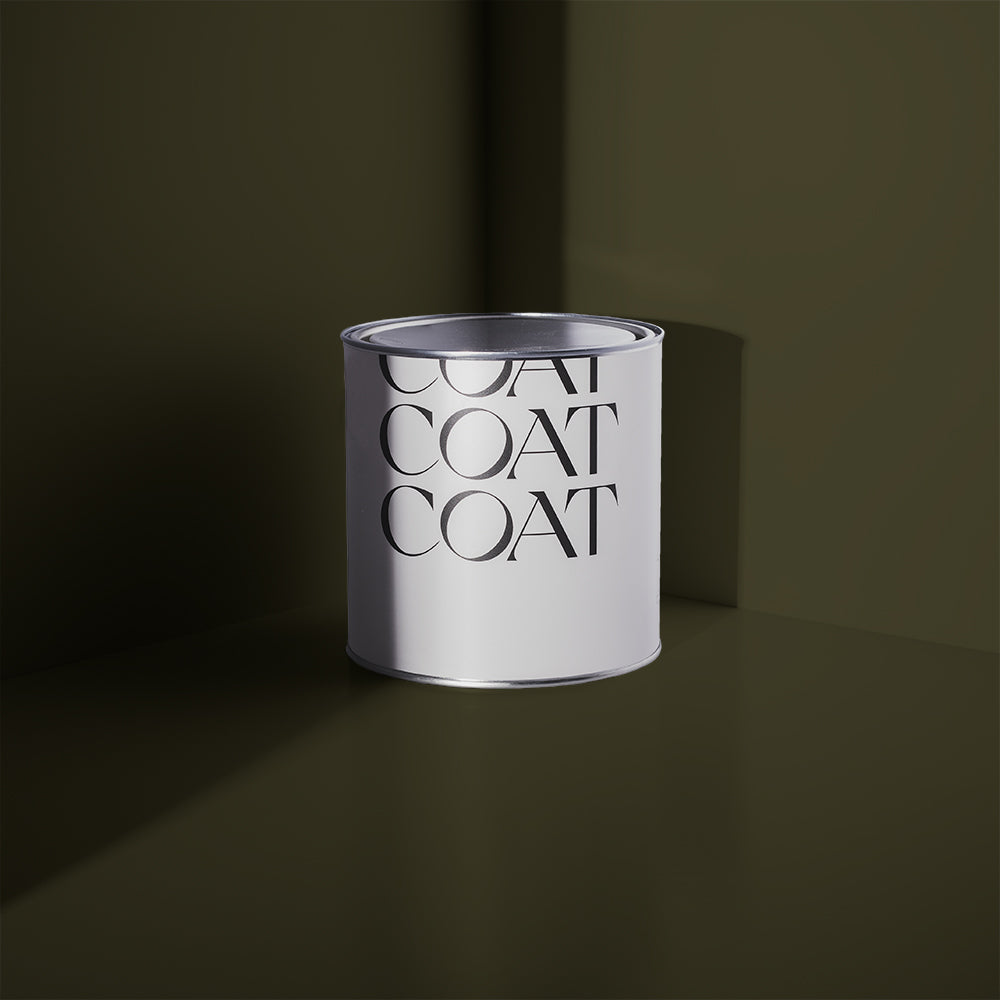

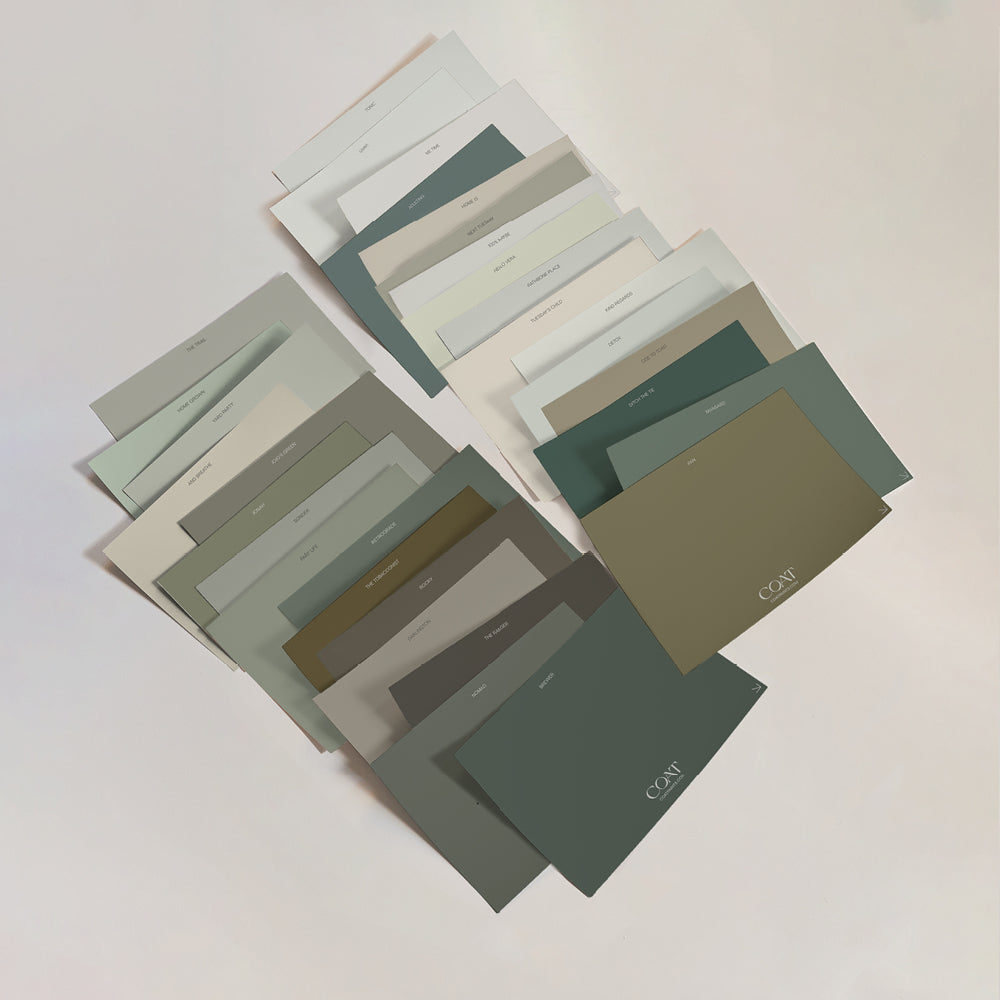
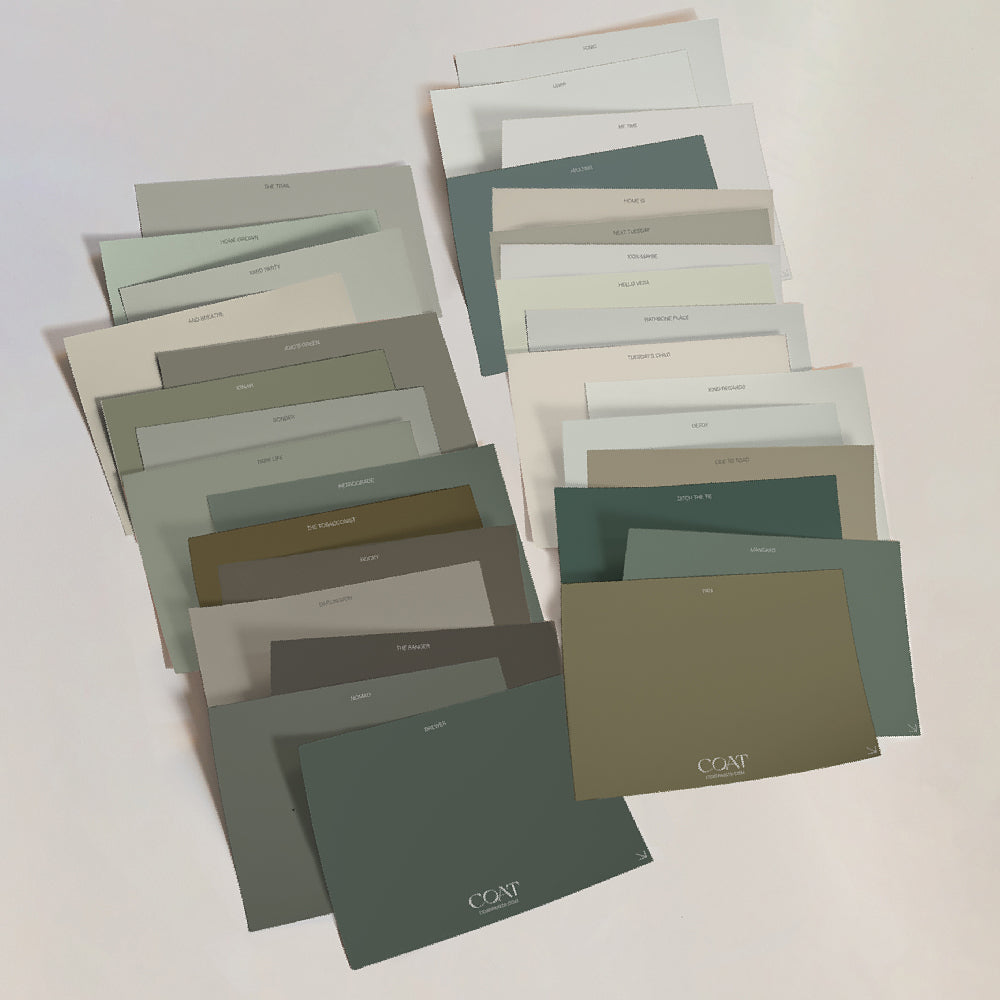

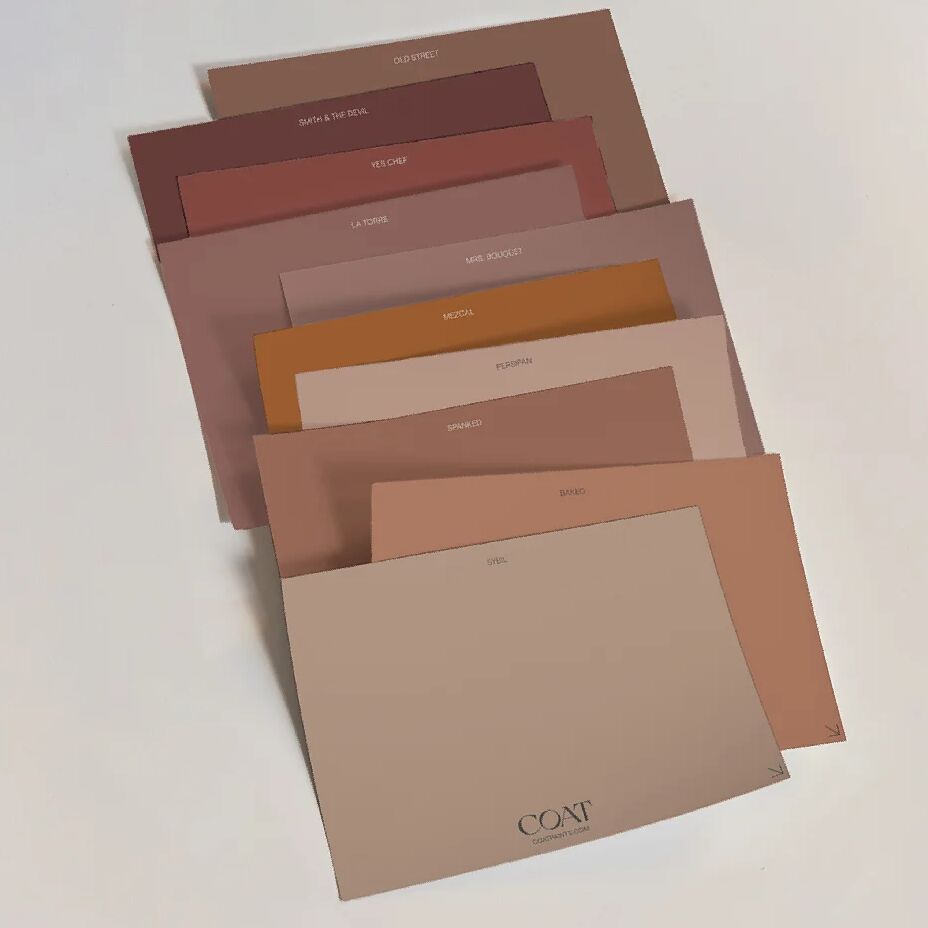



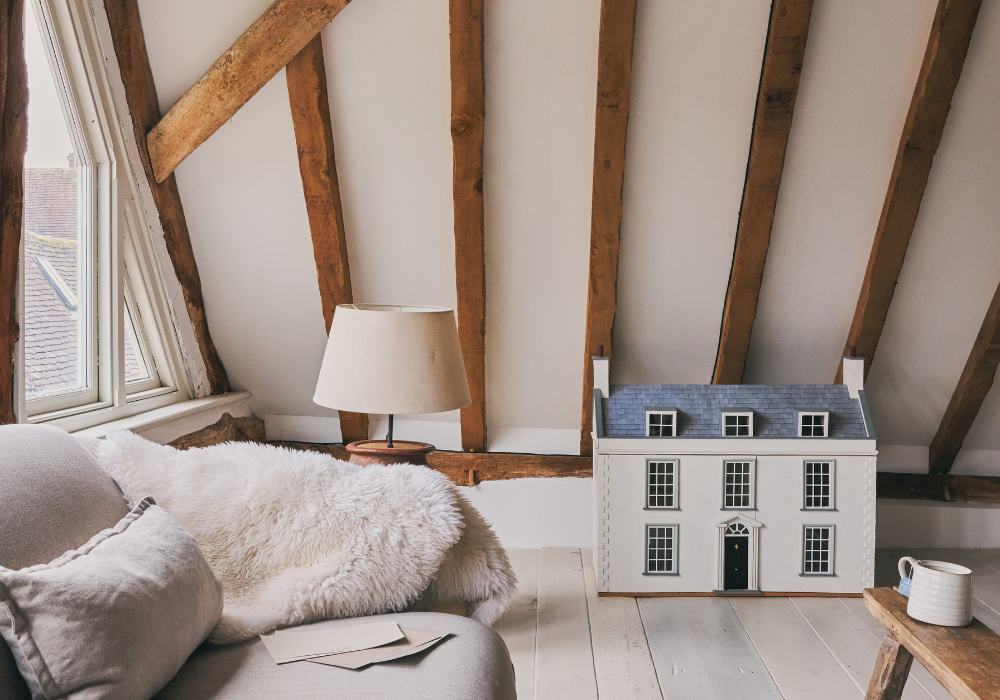

Leave a comment